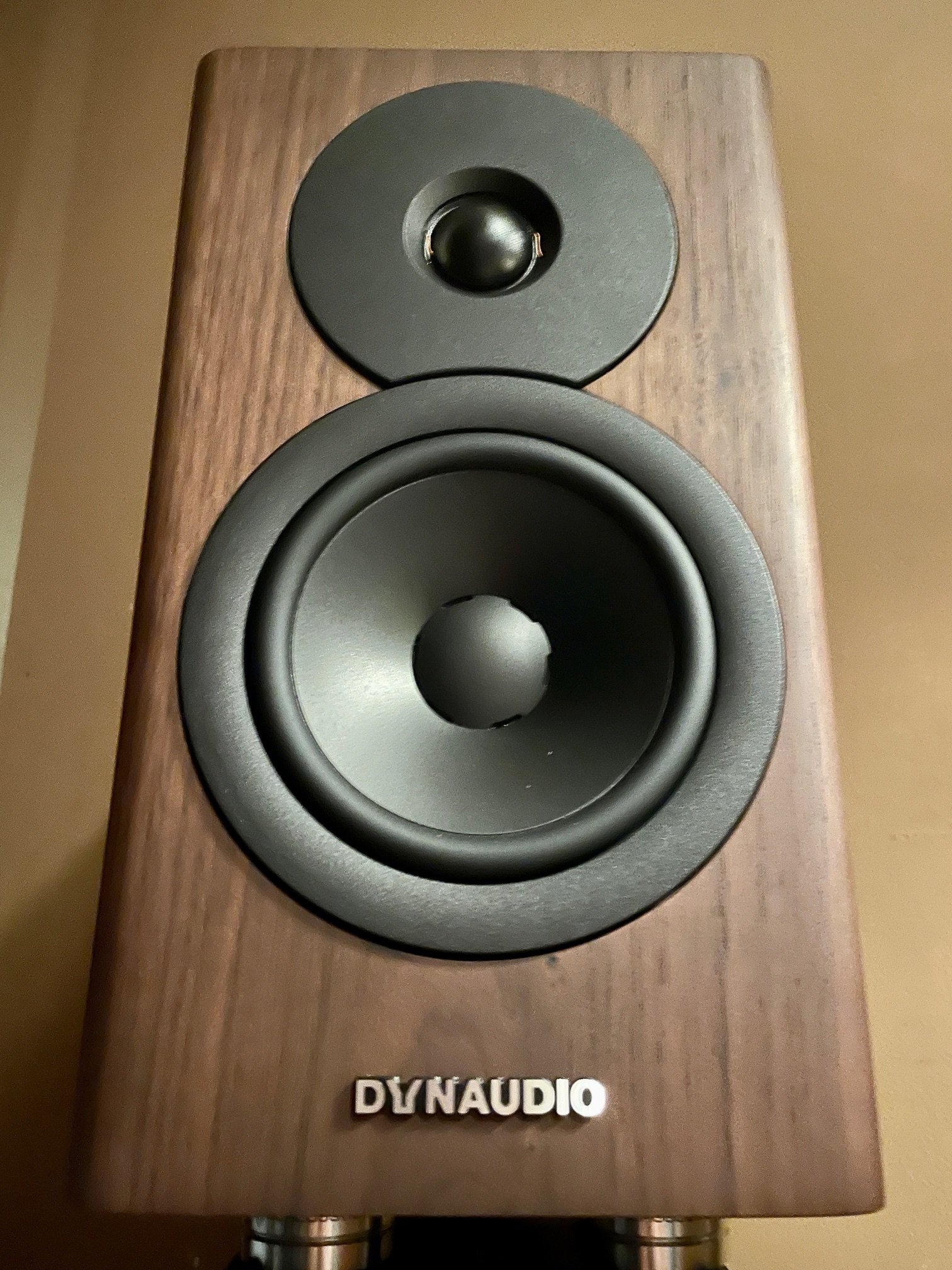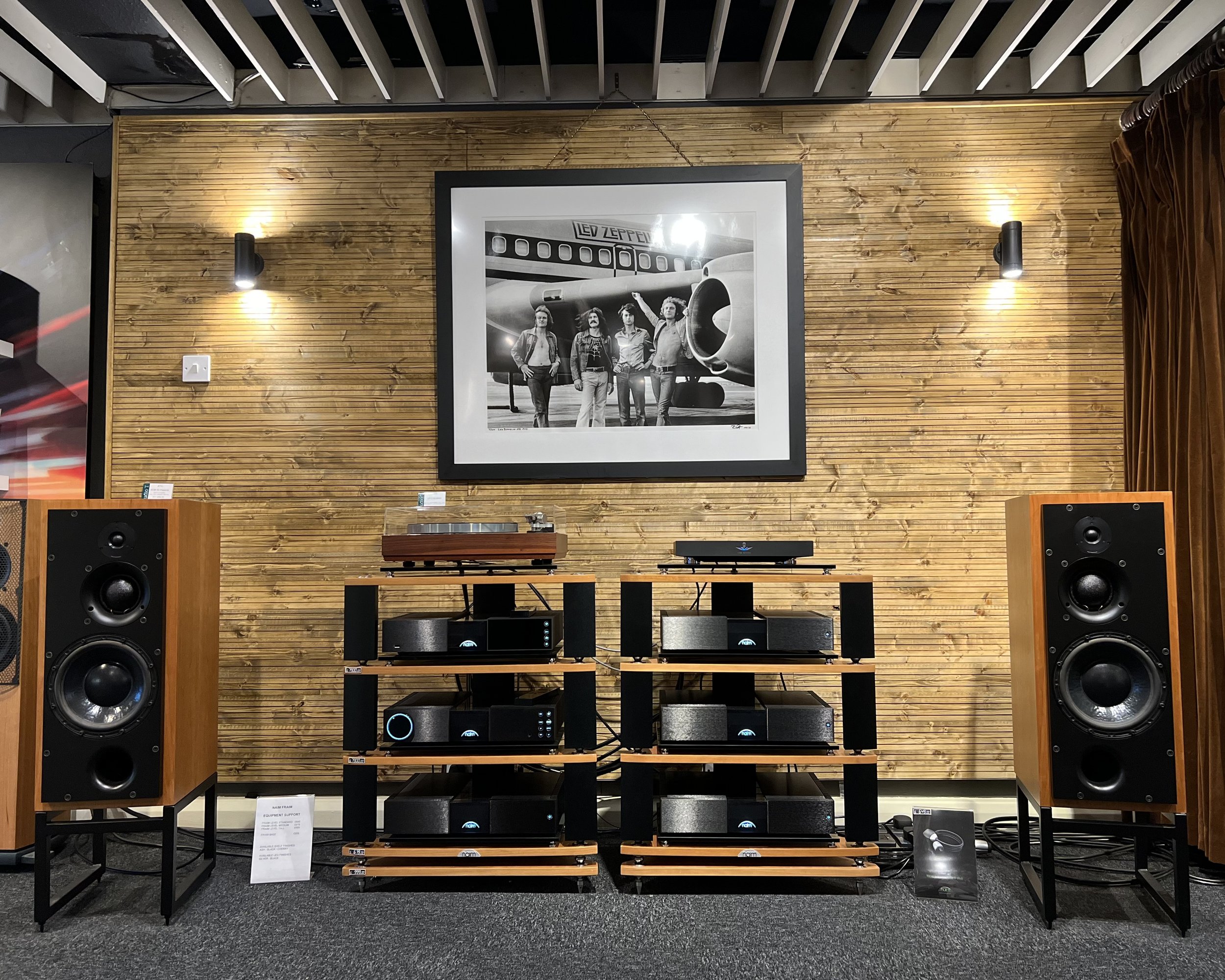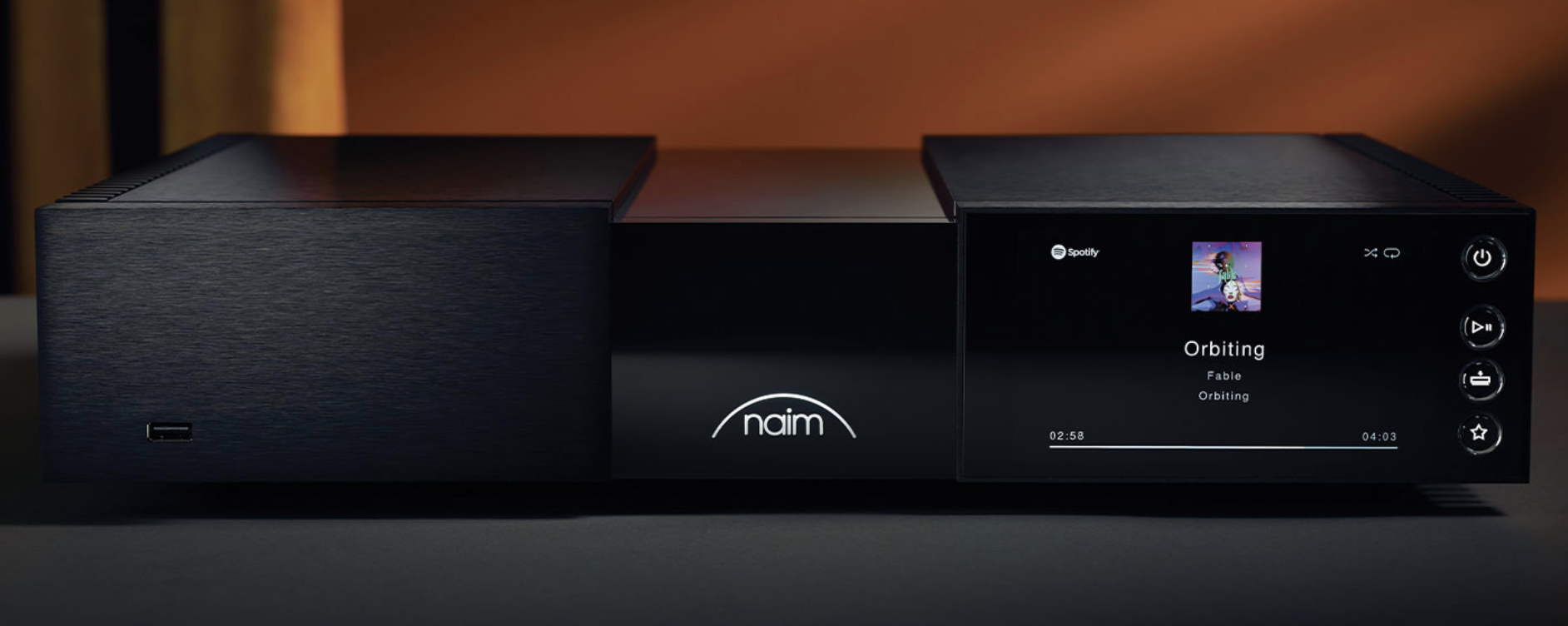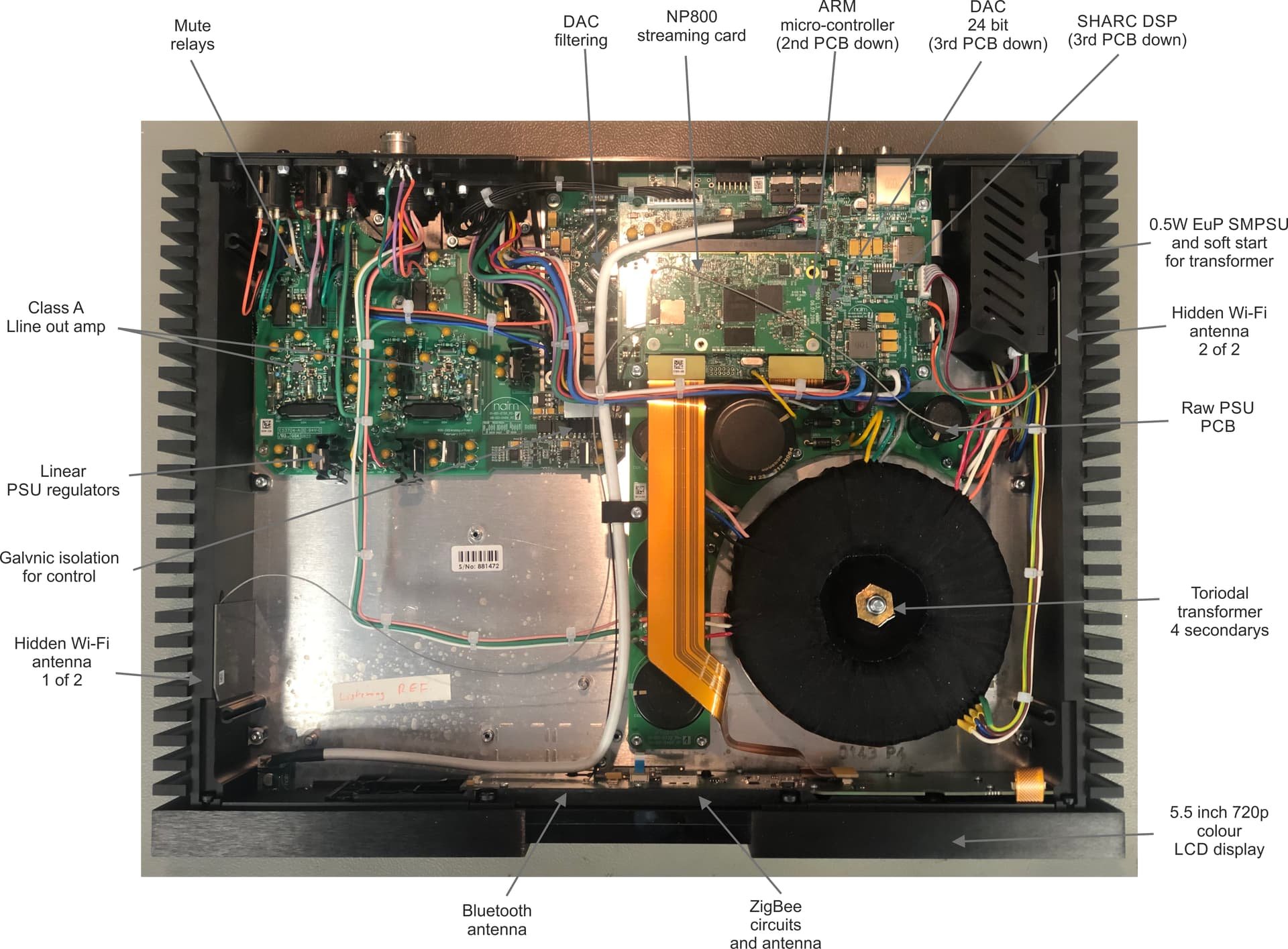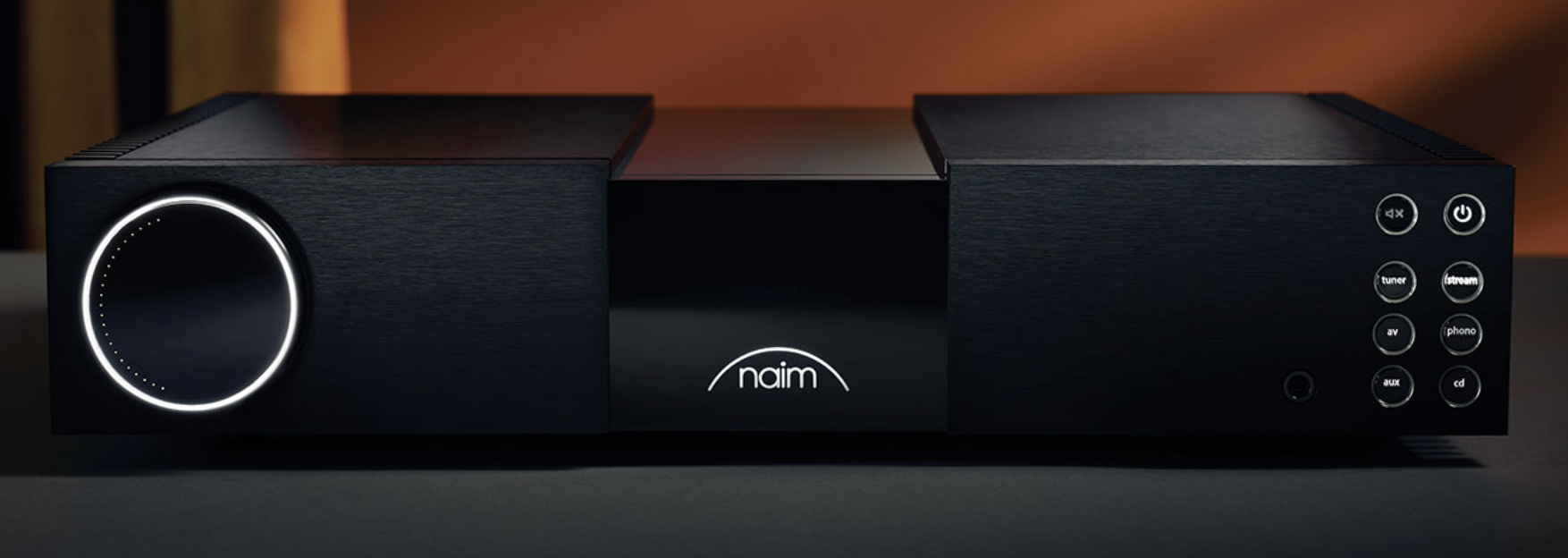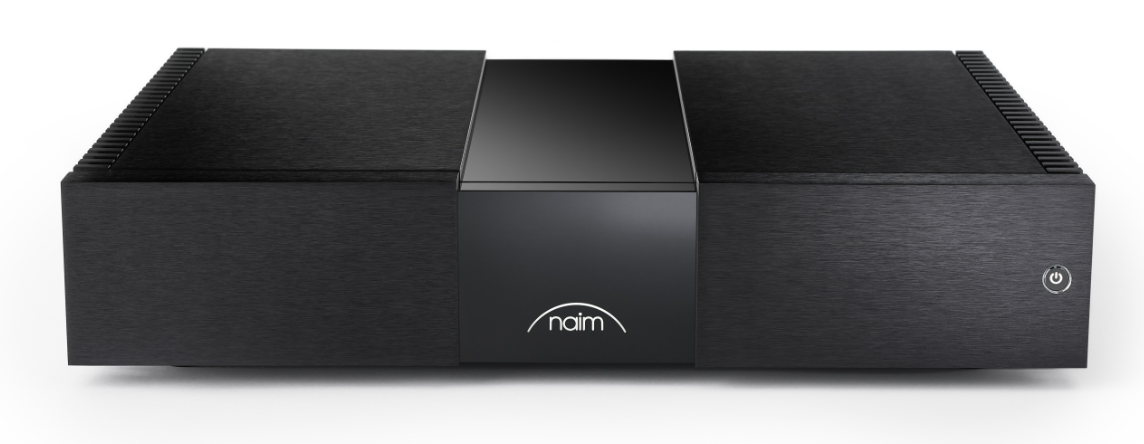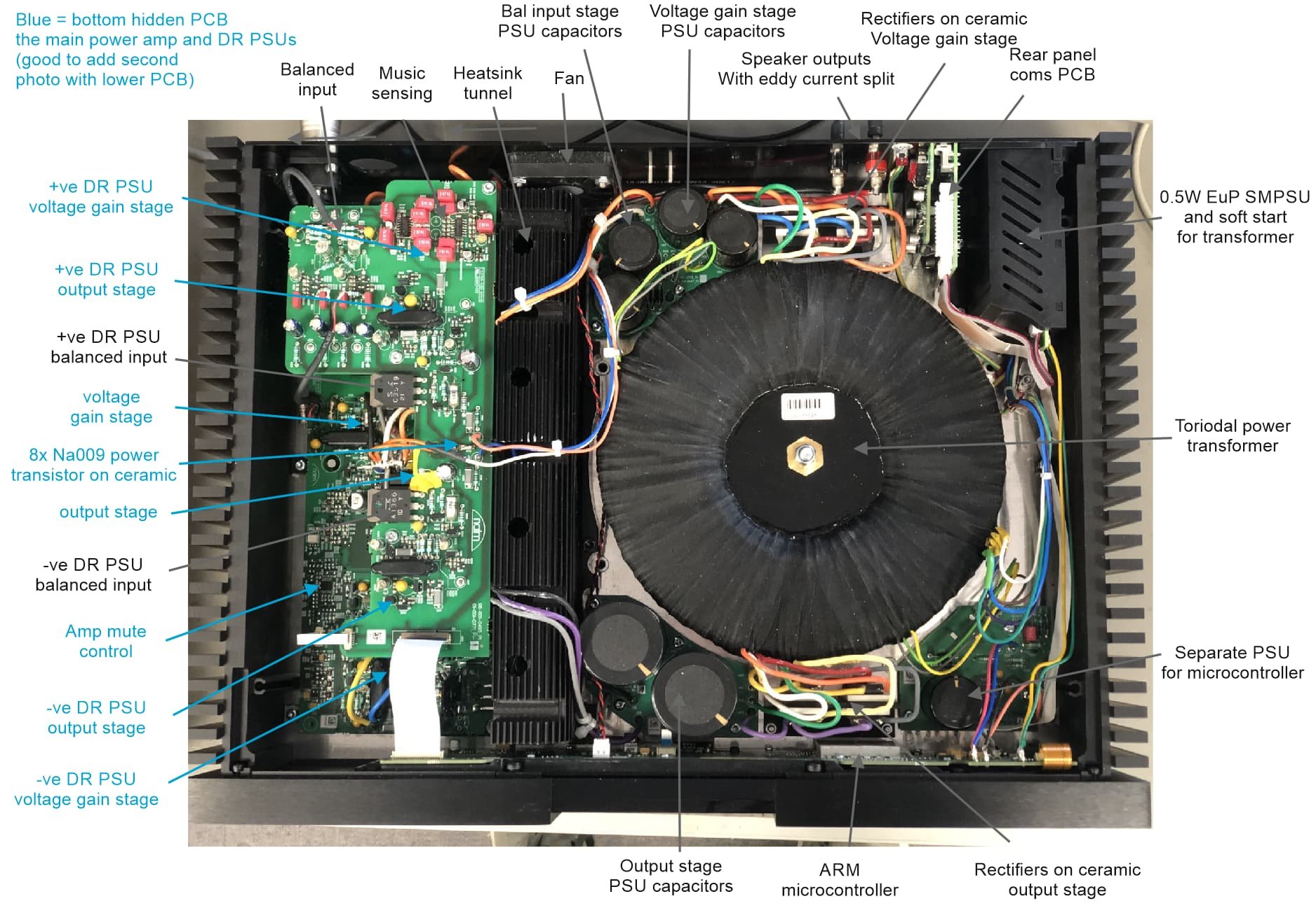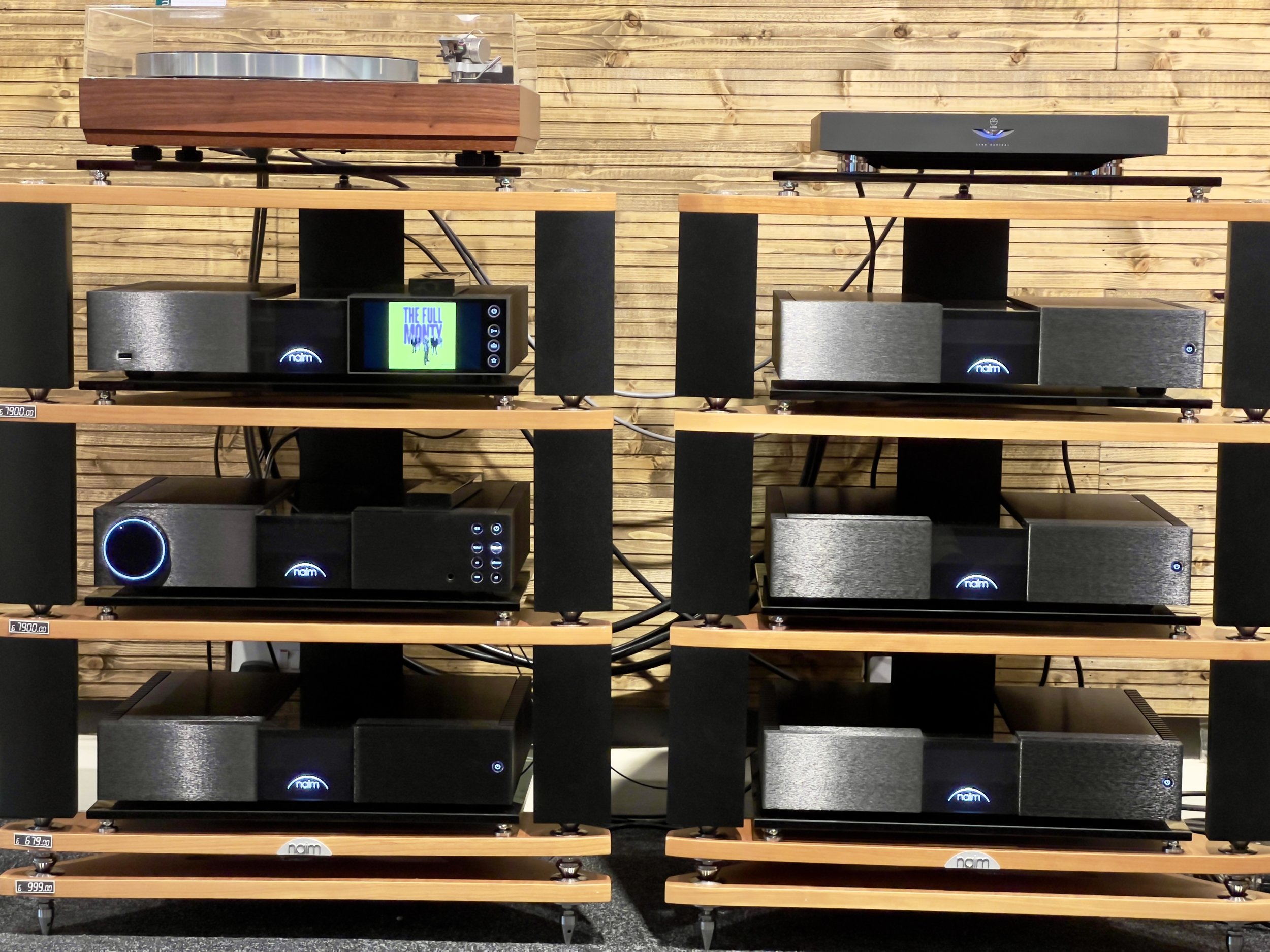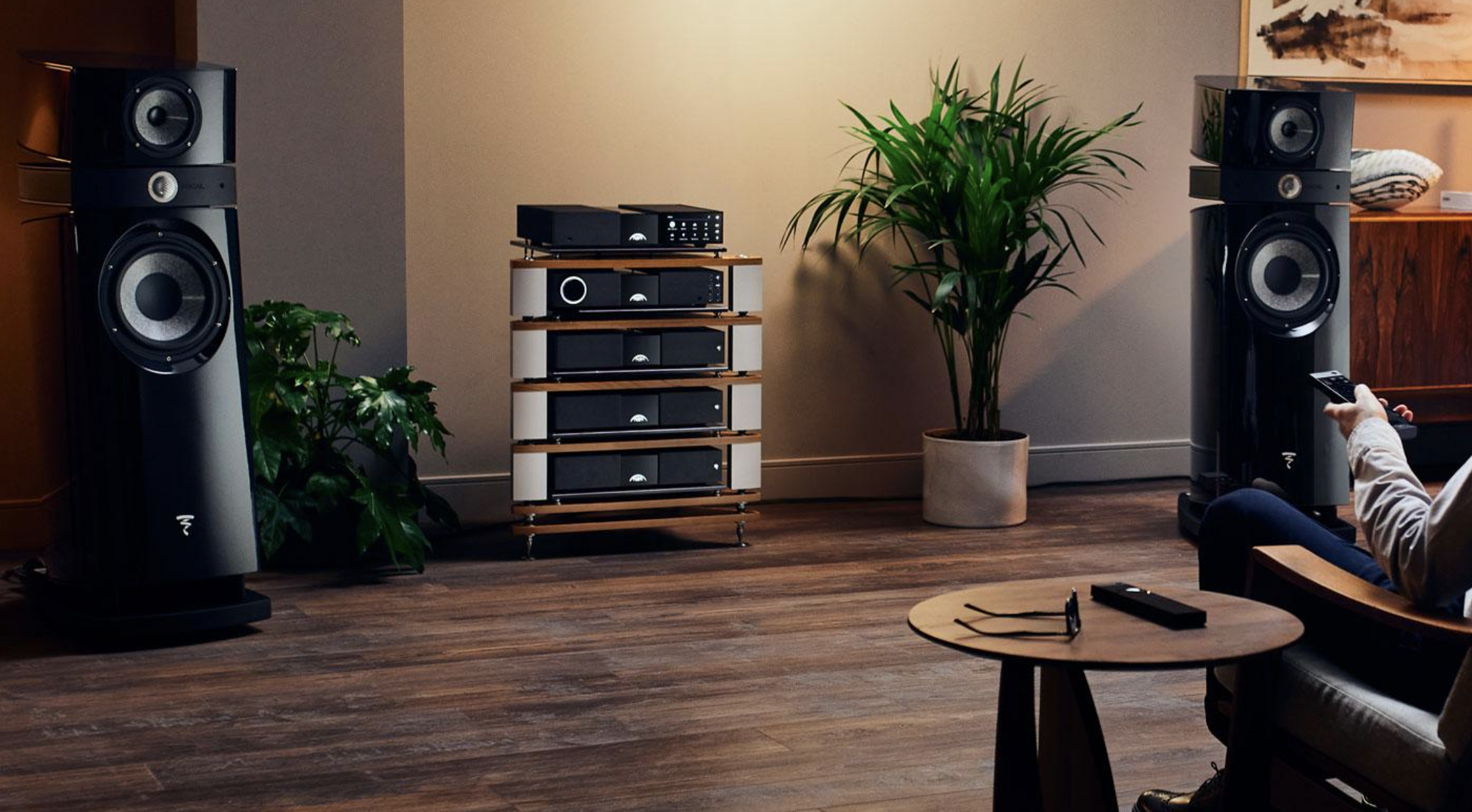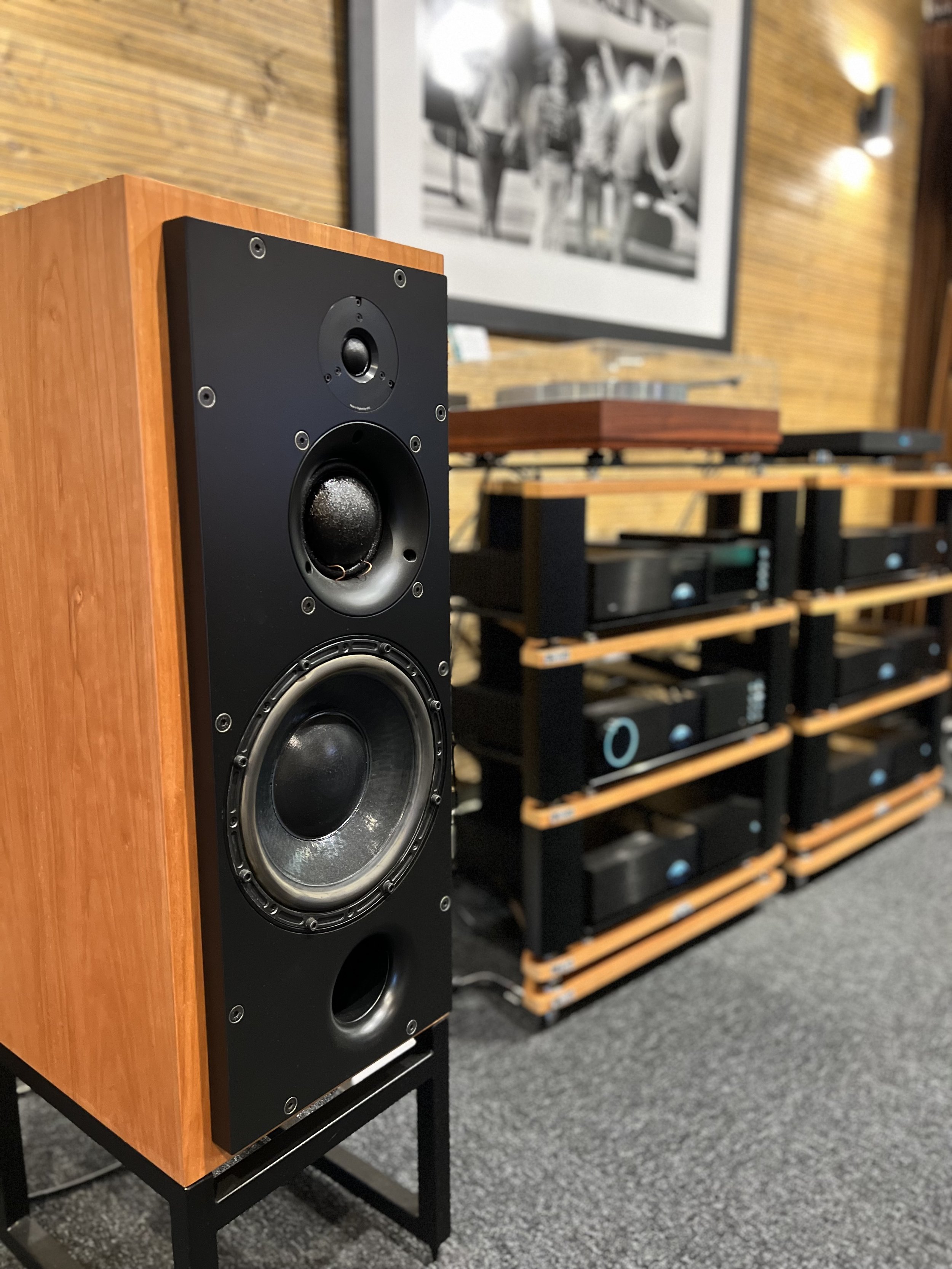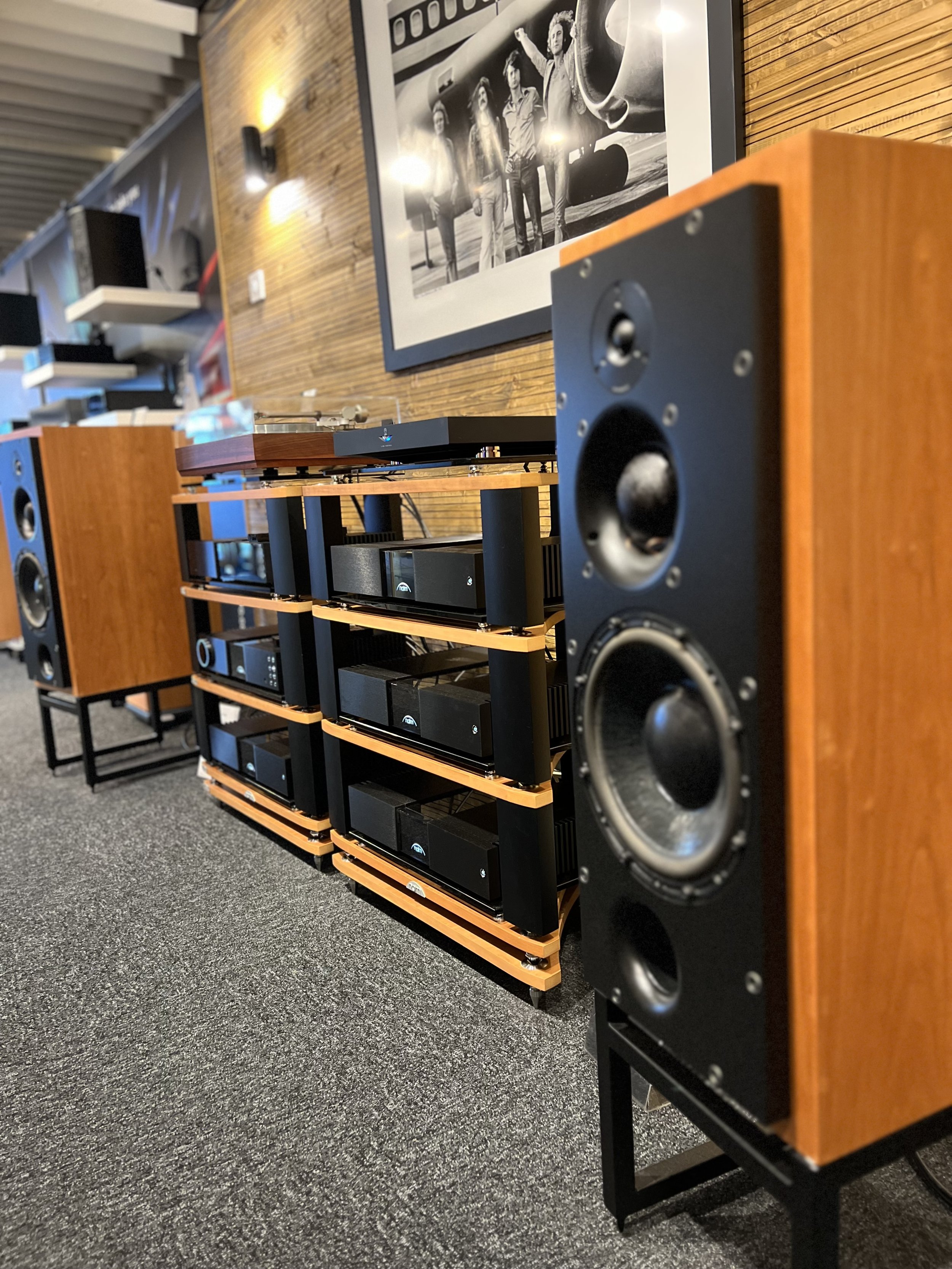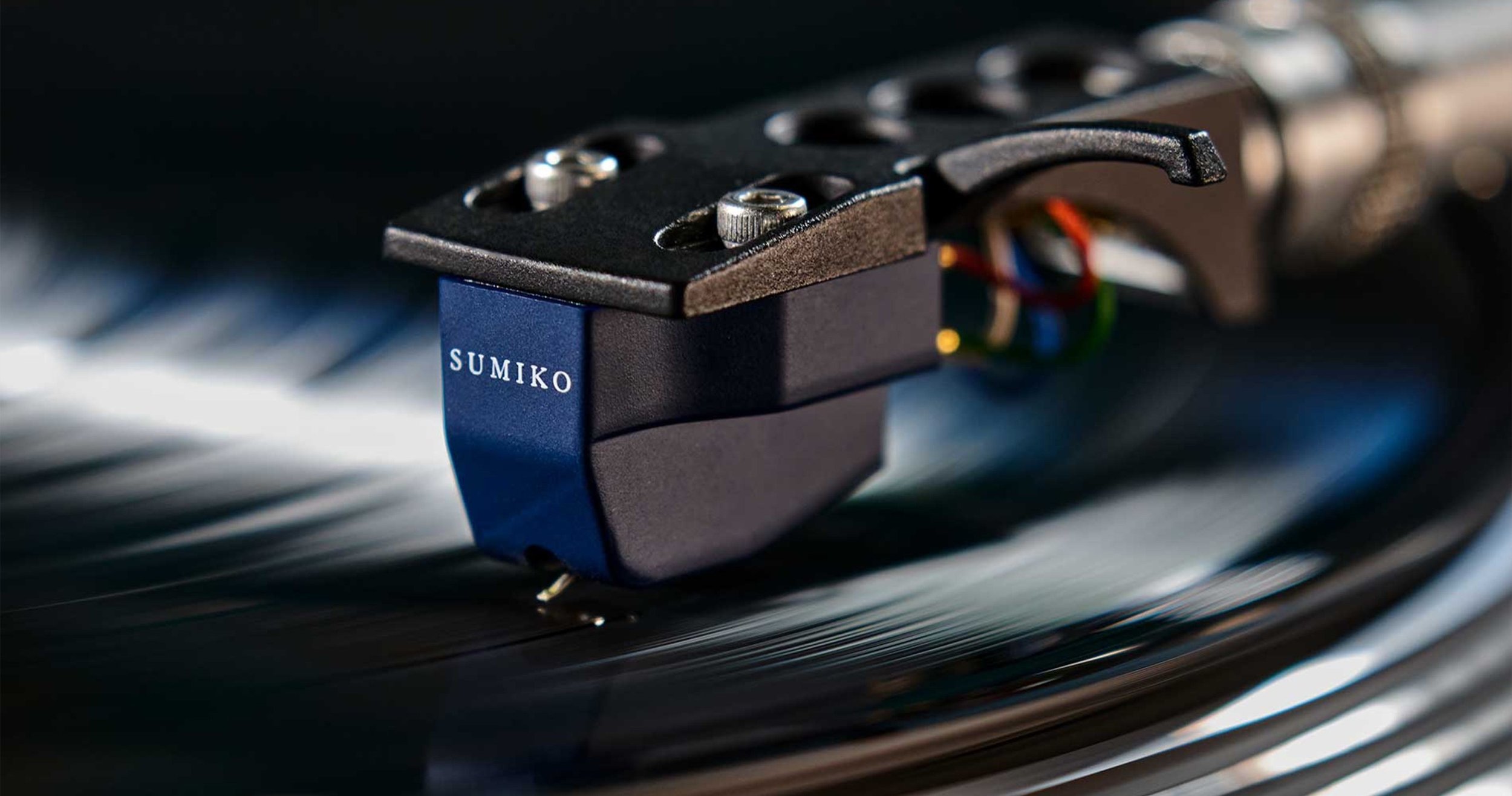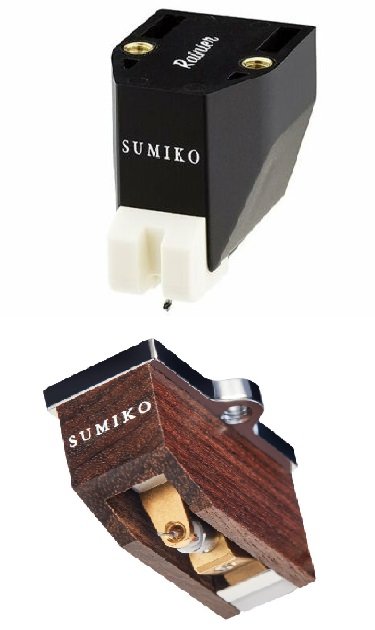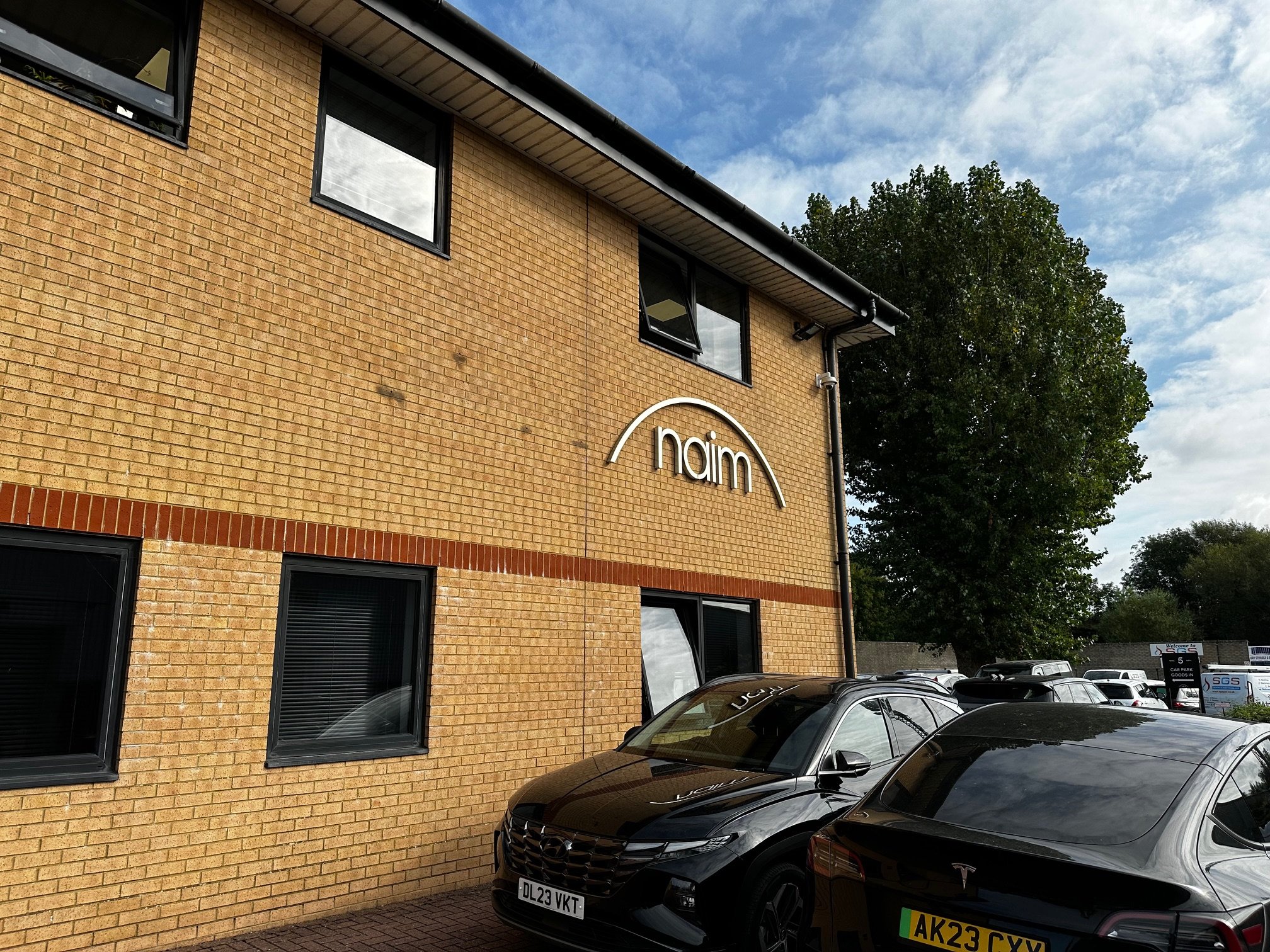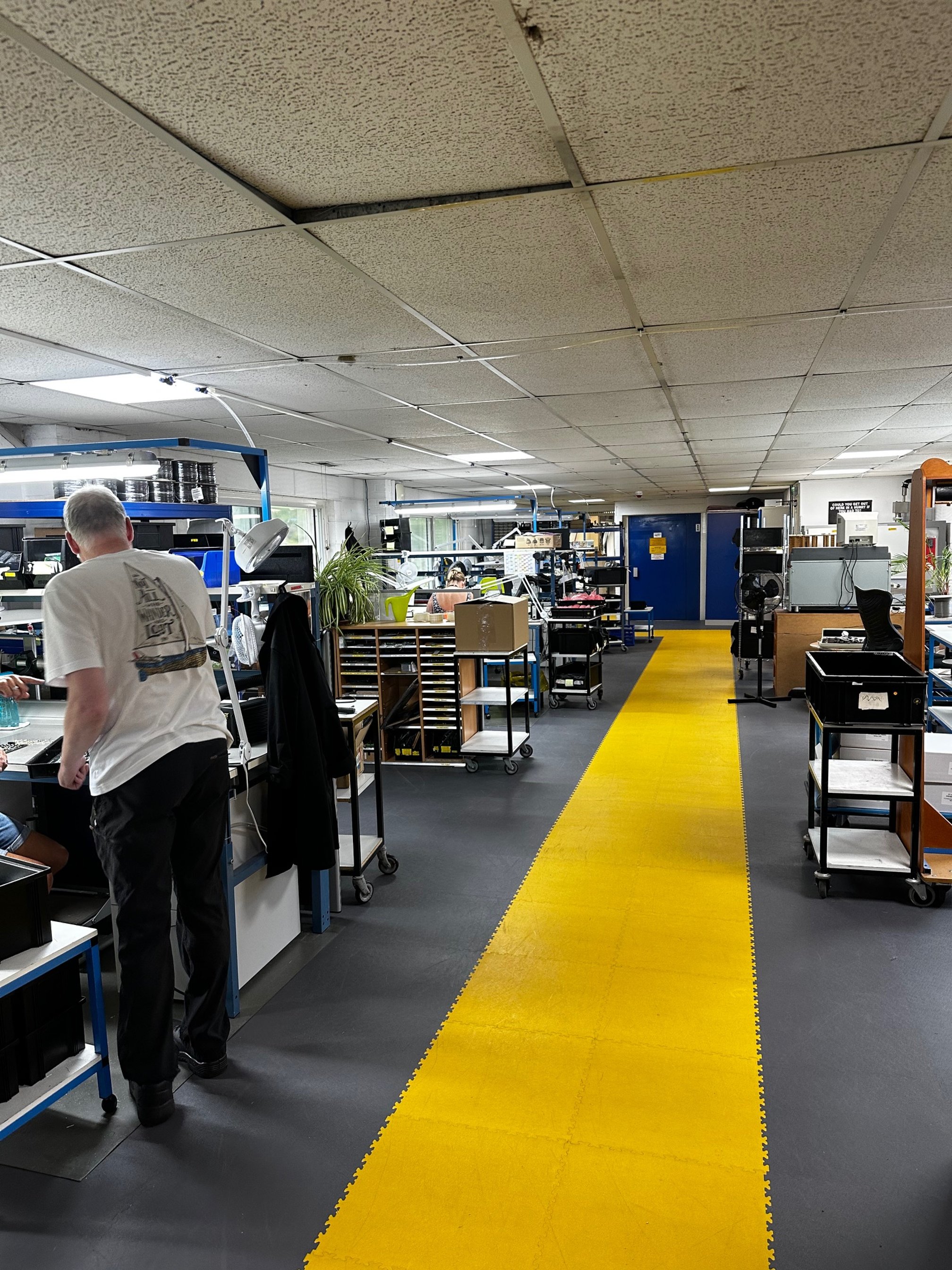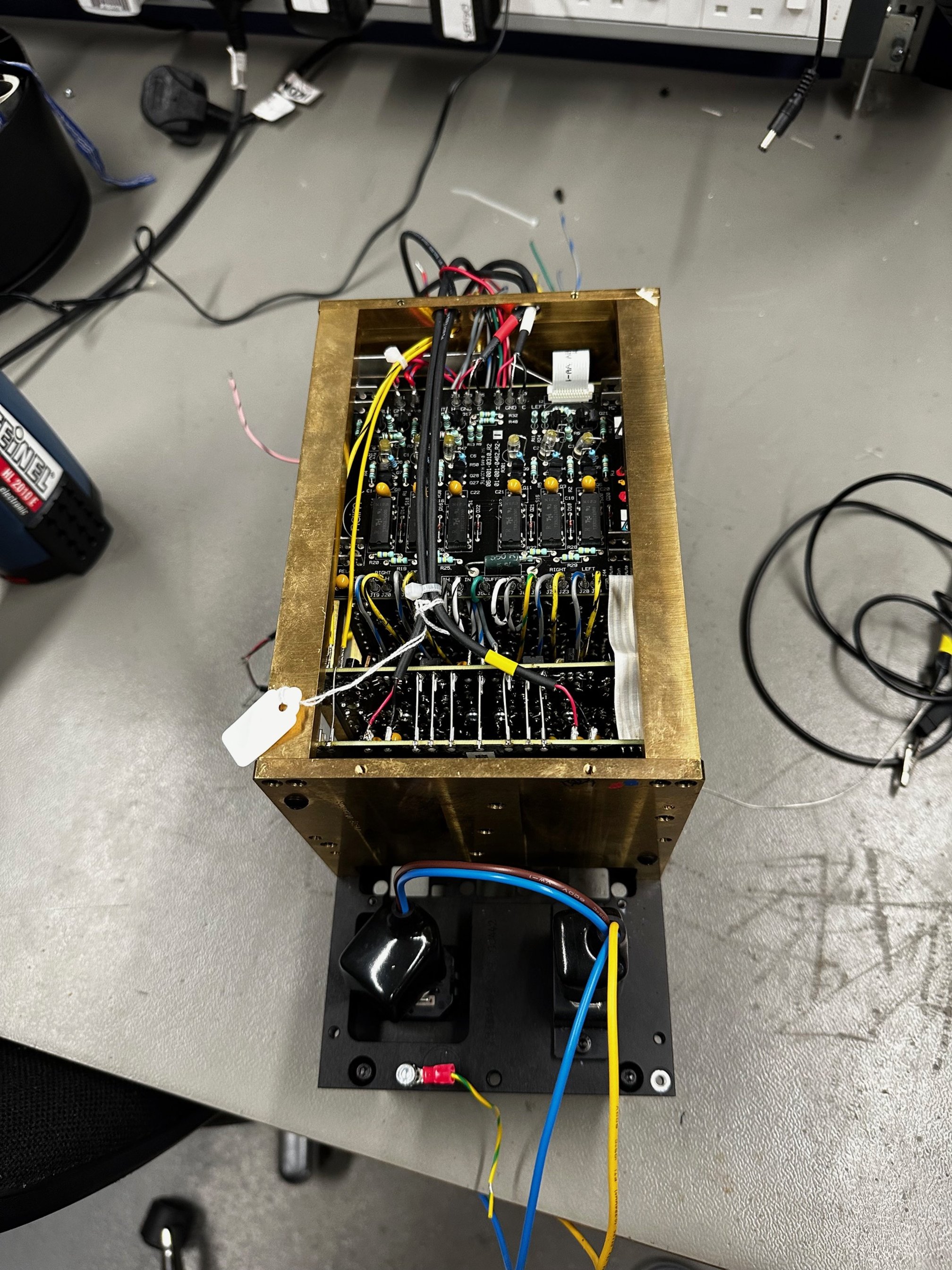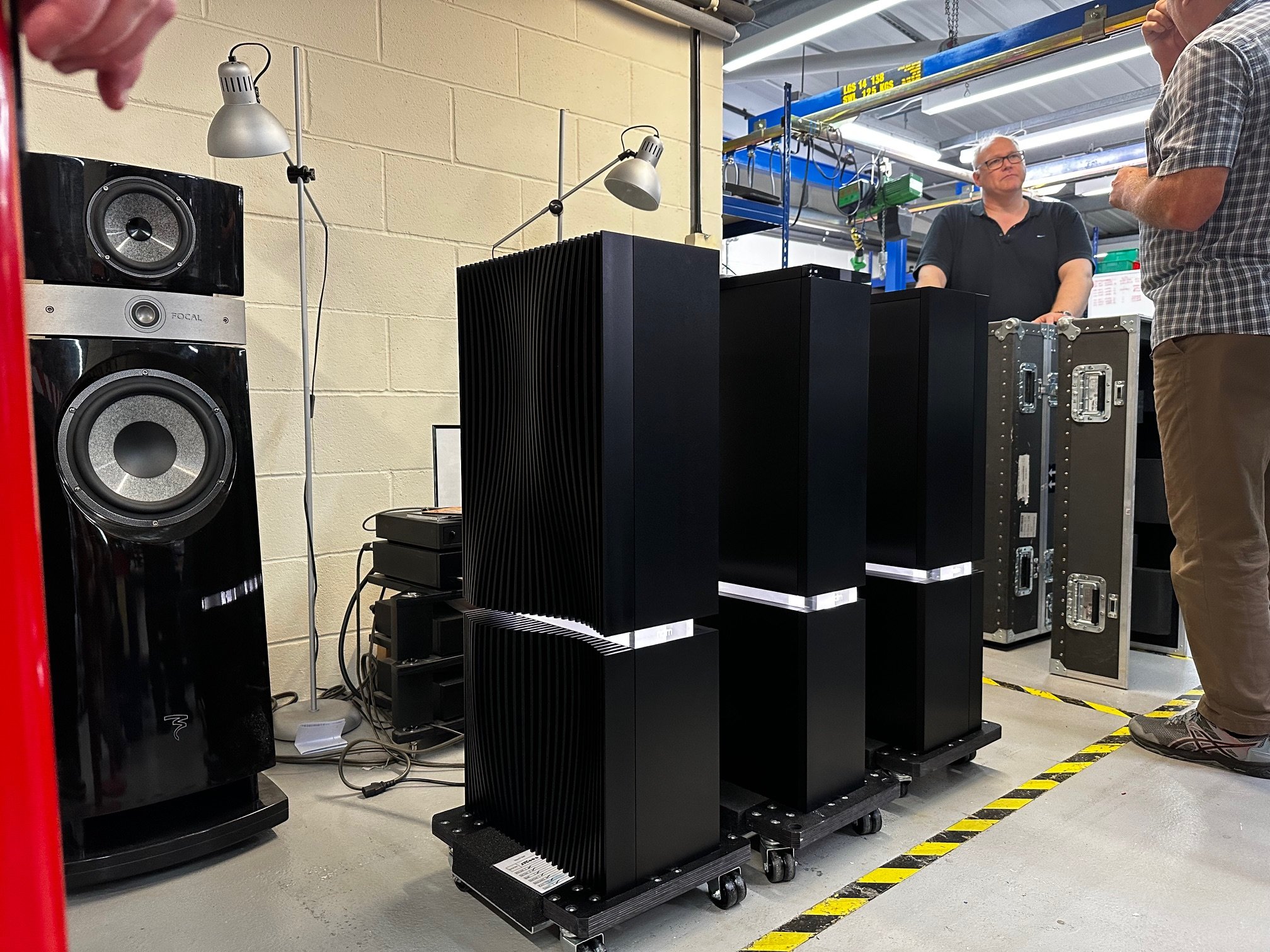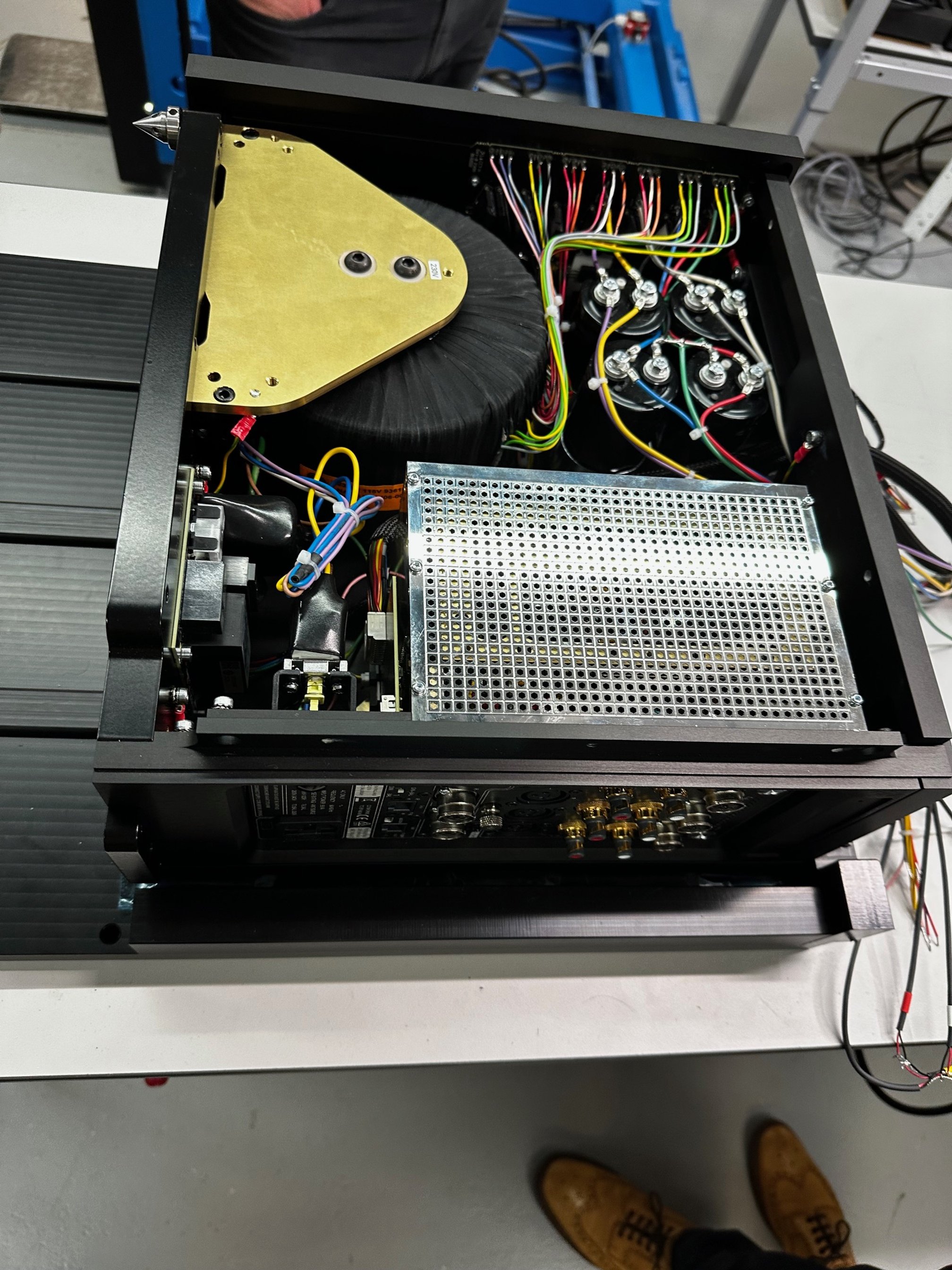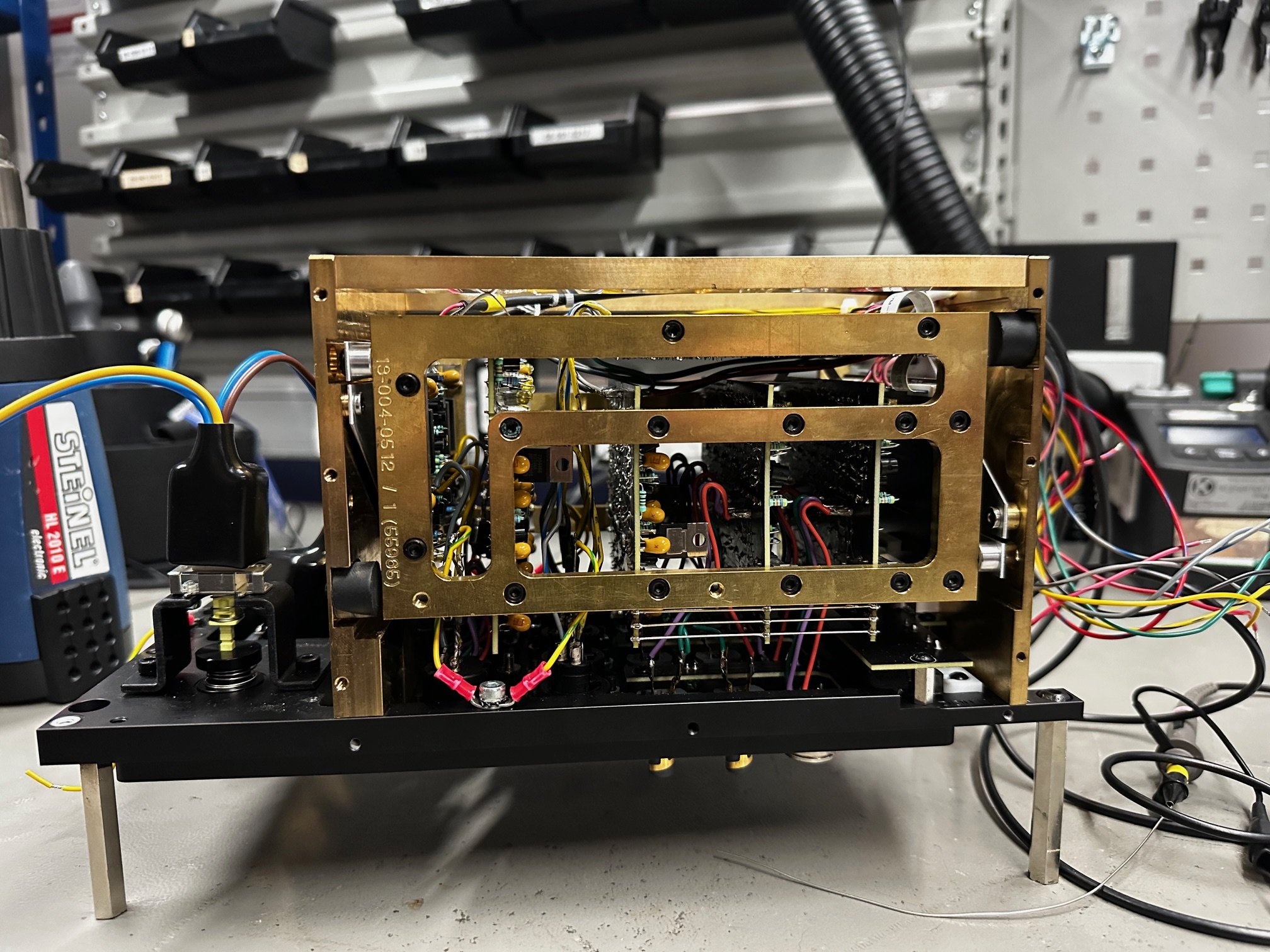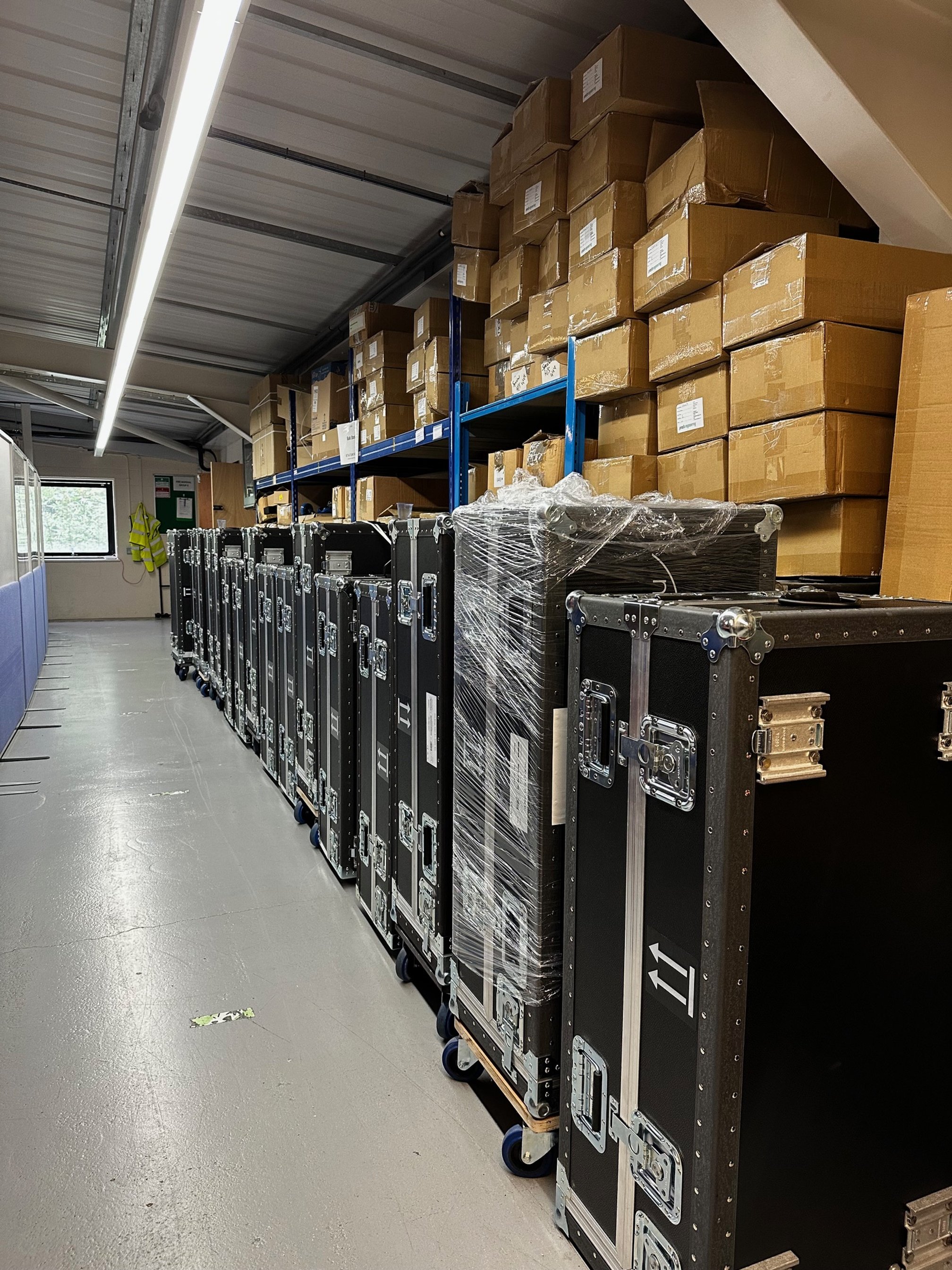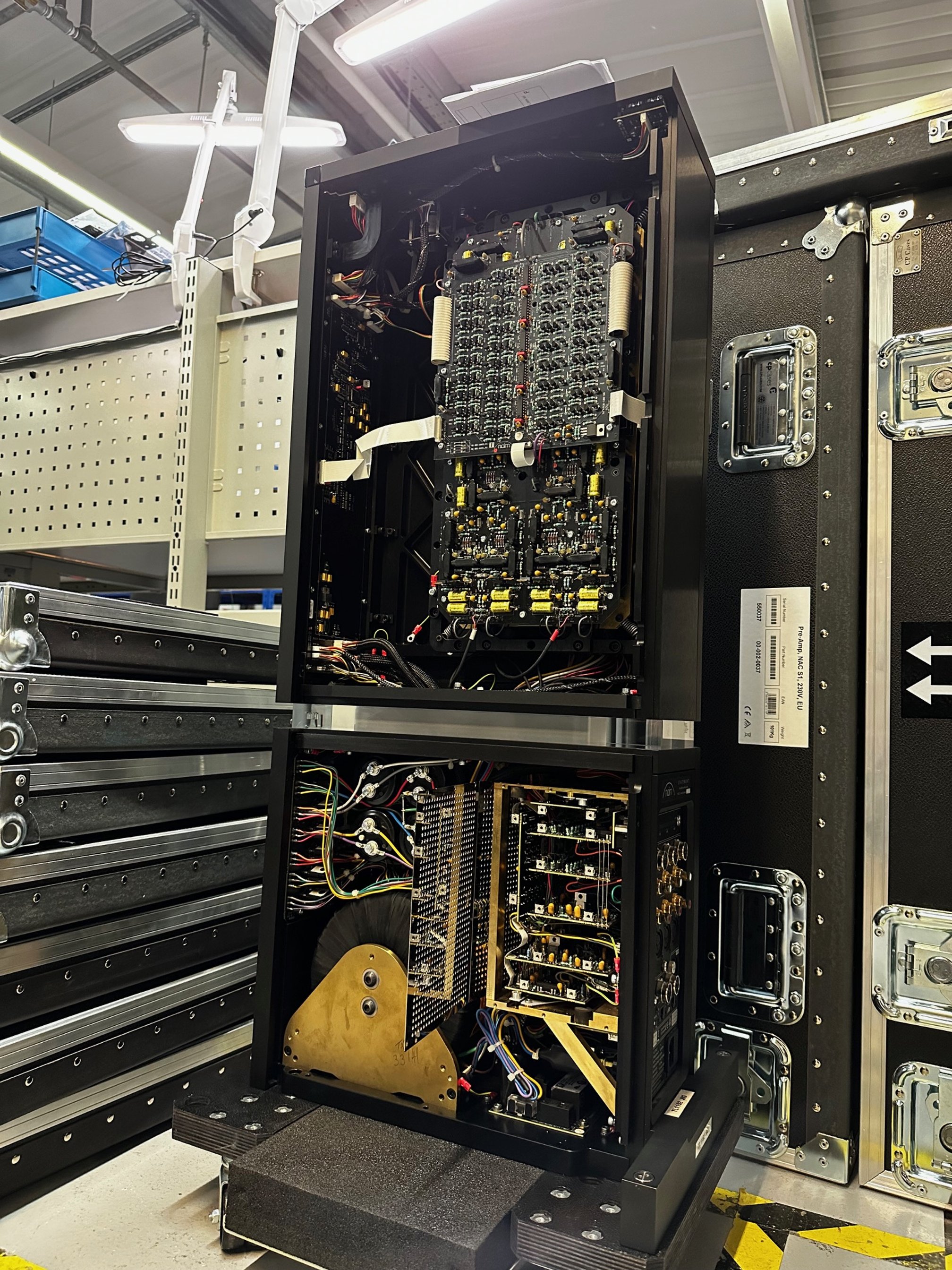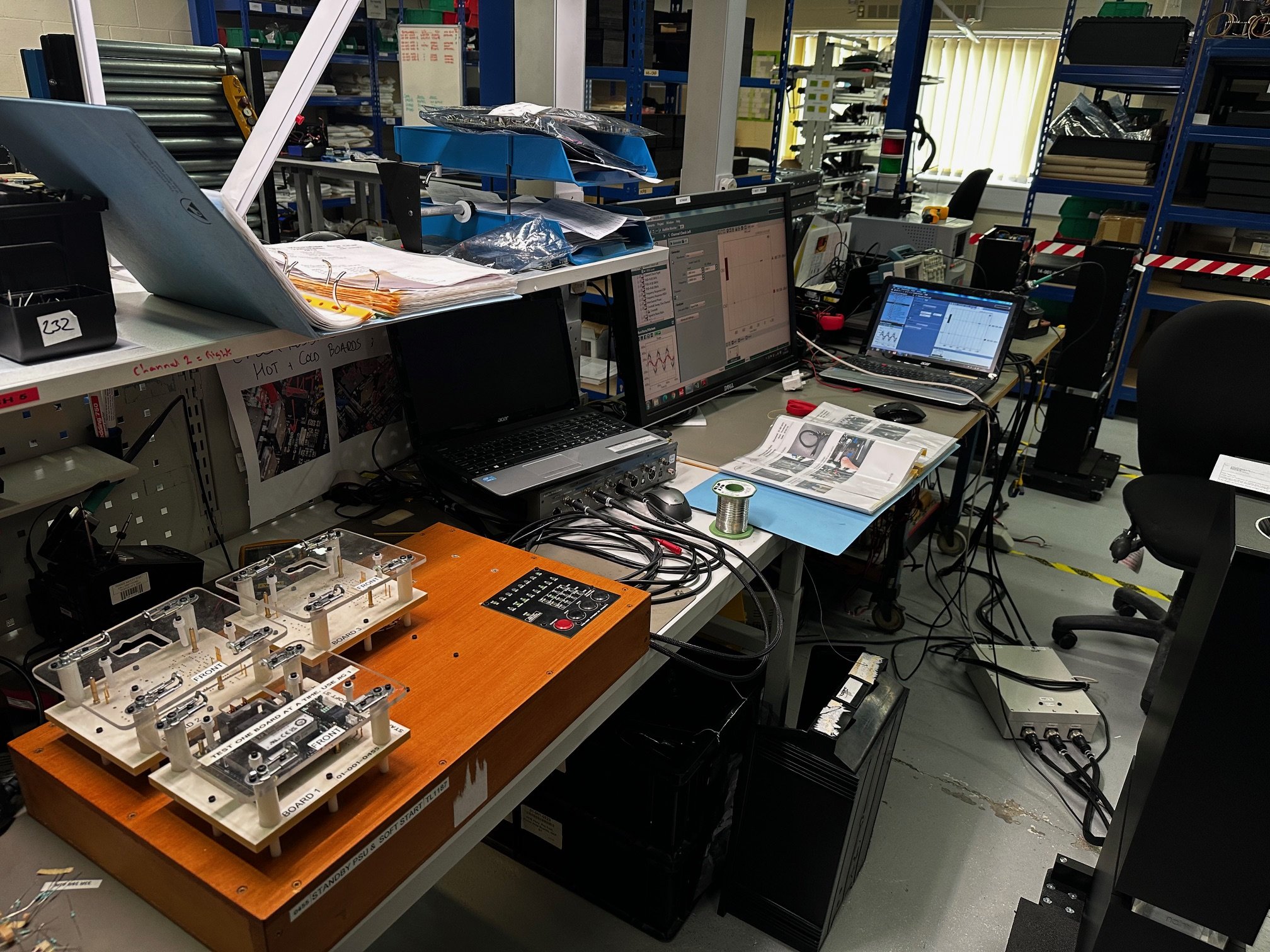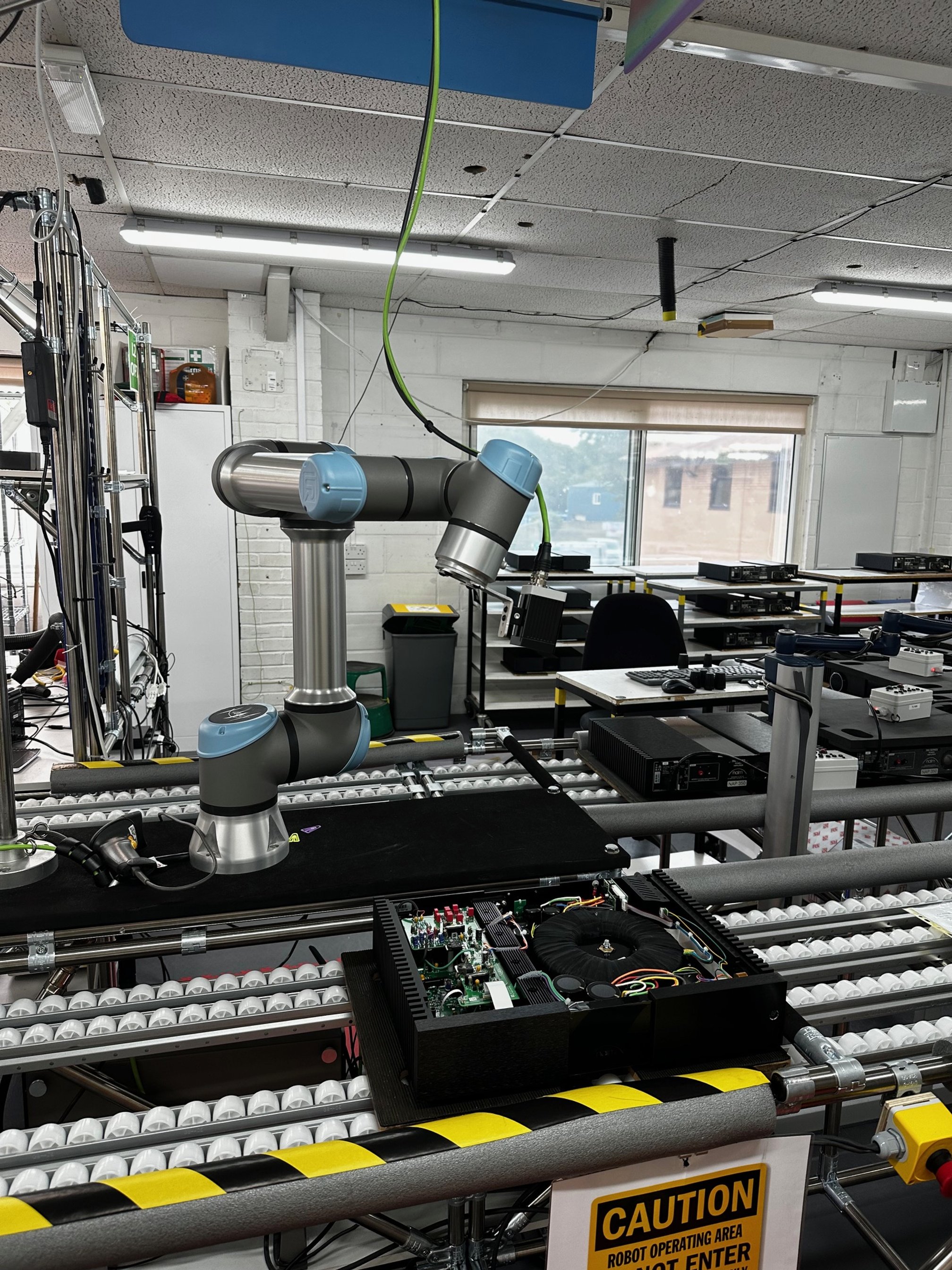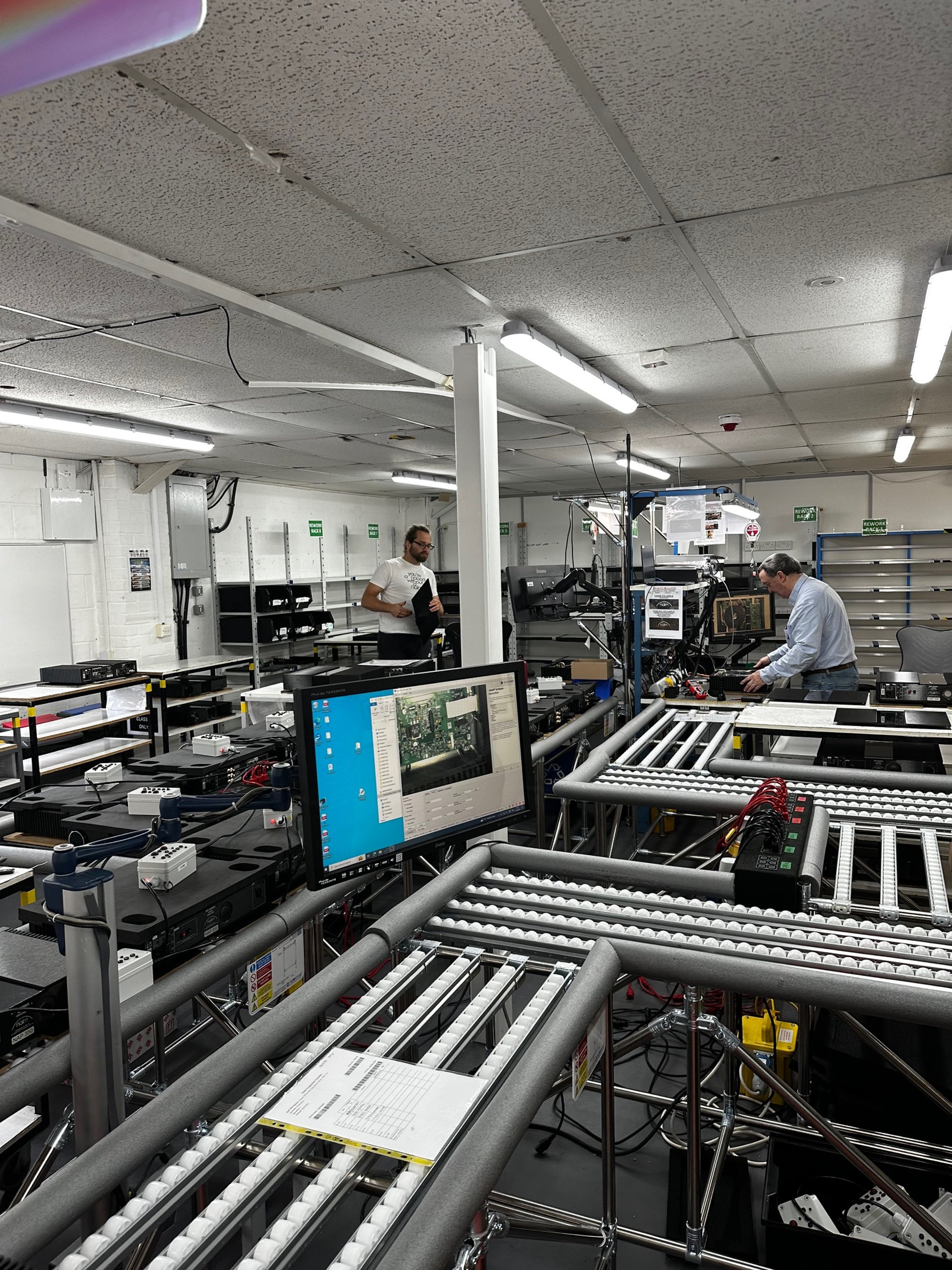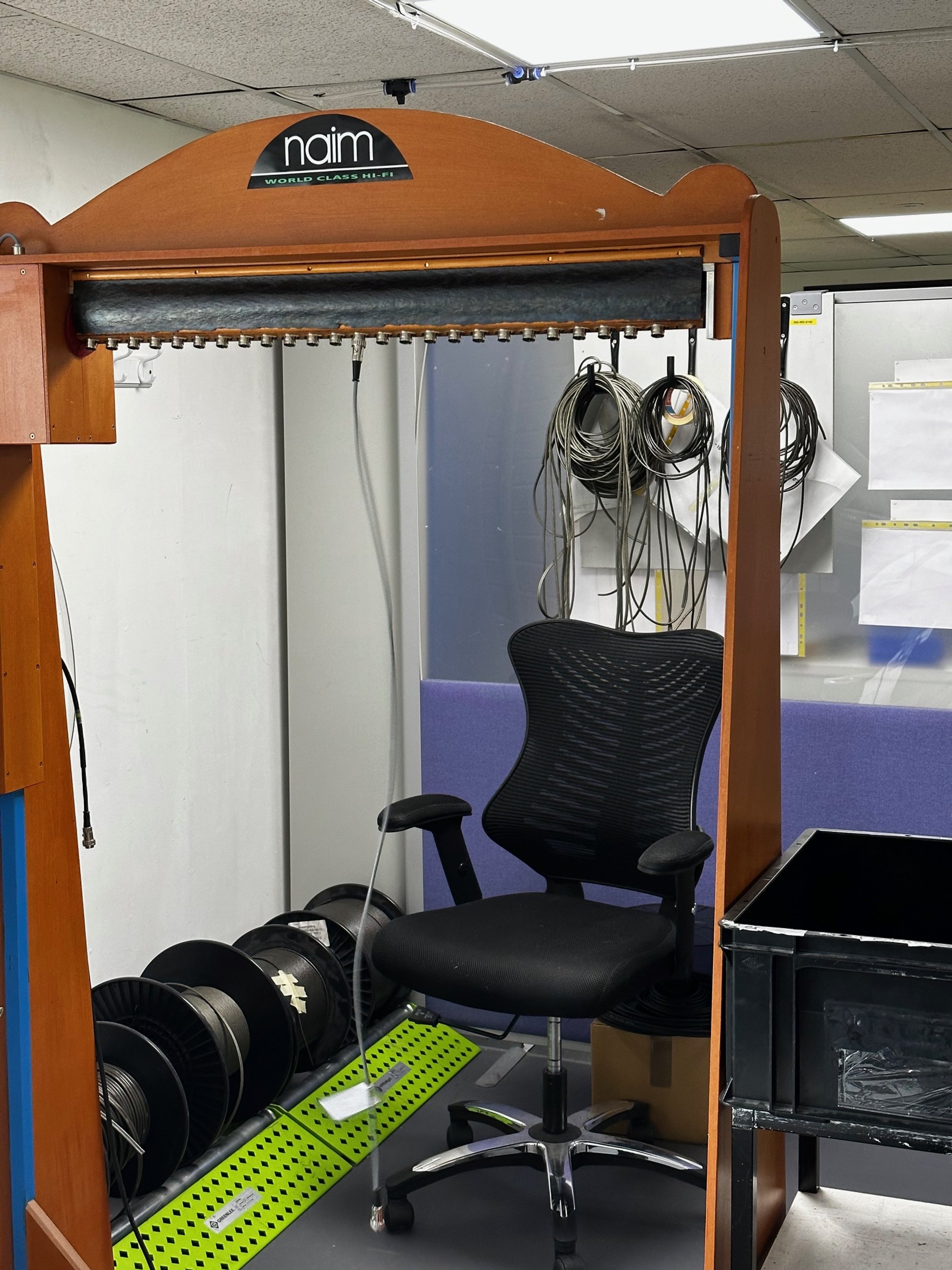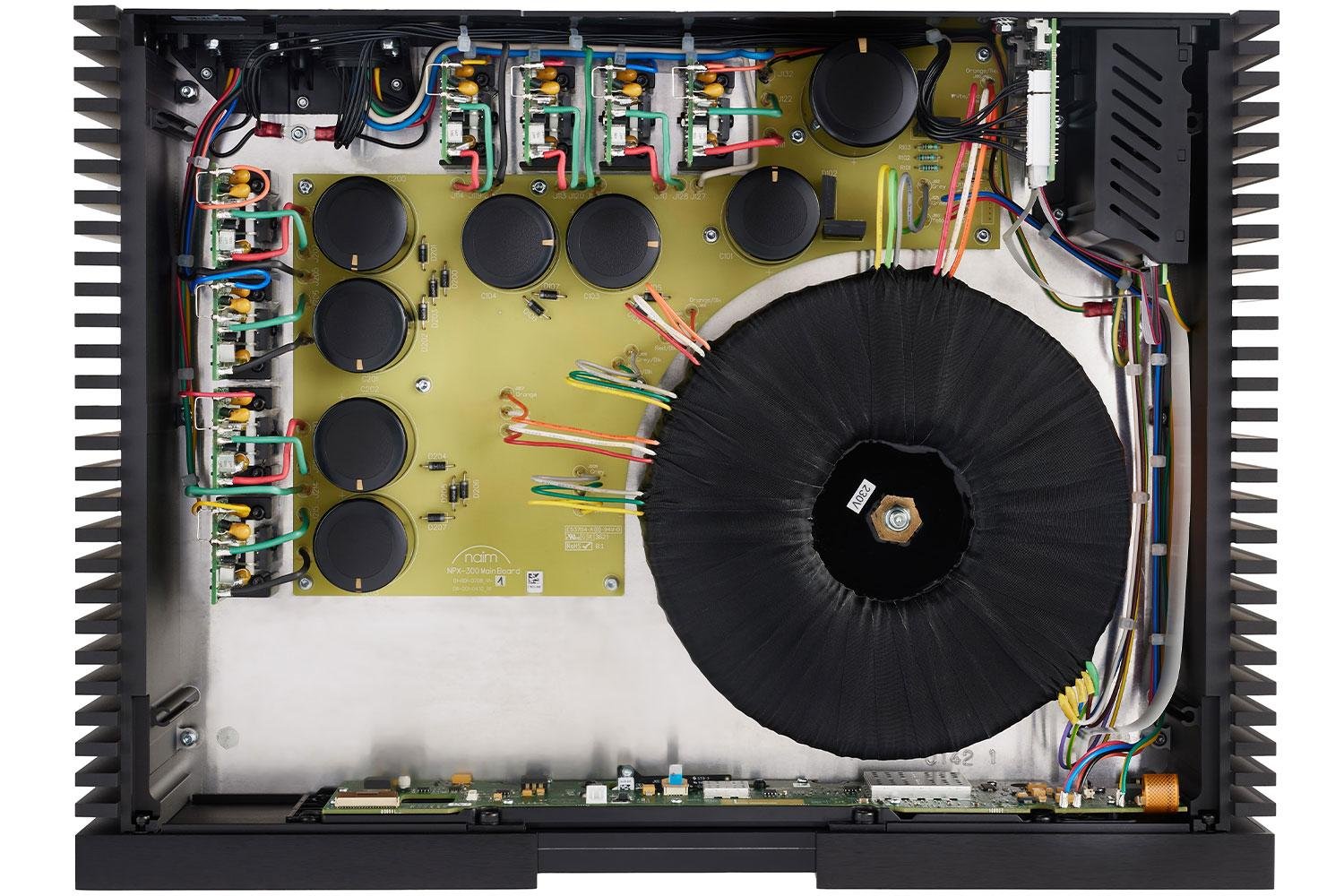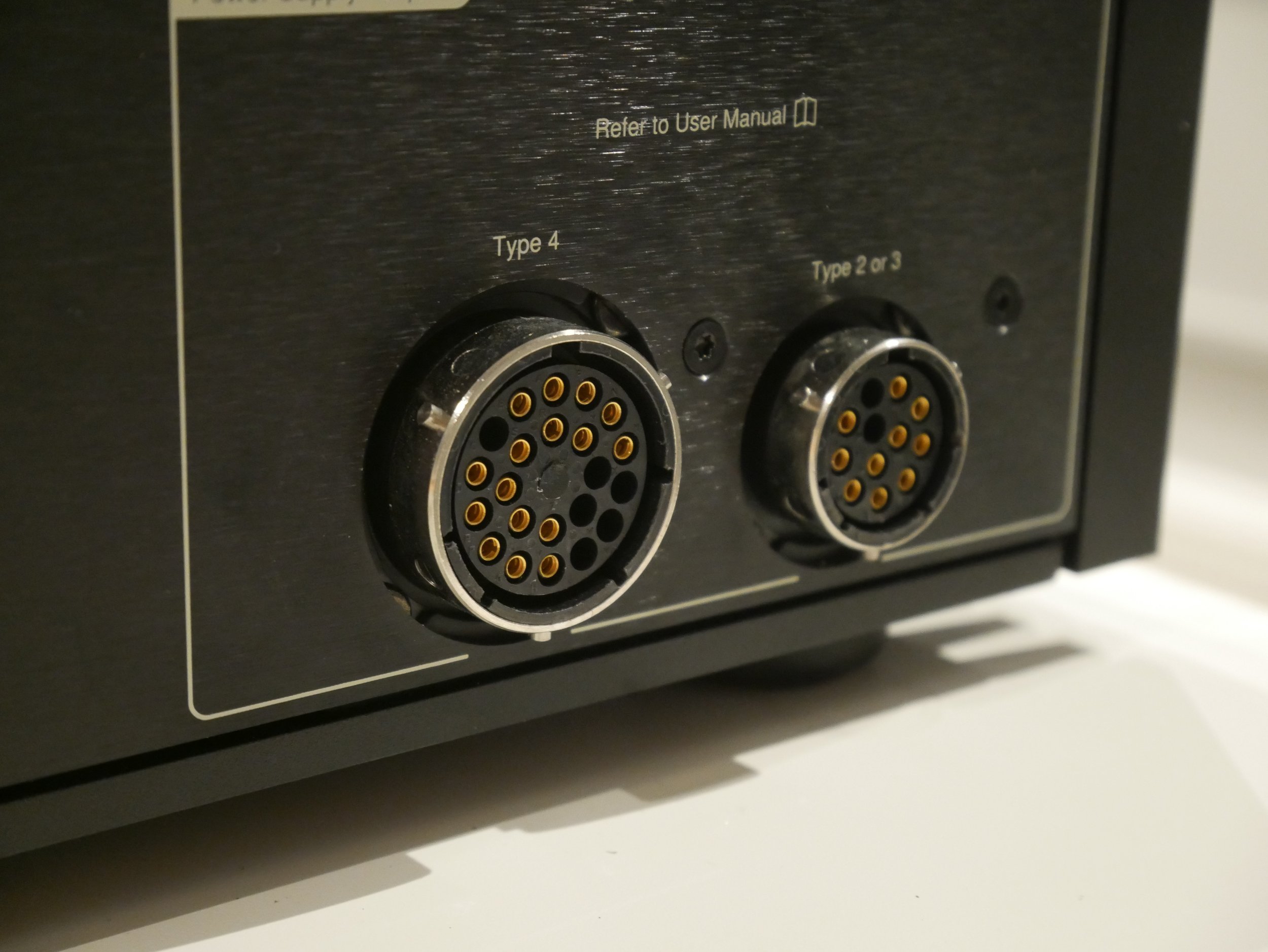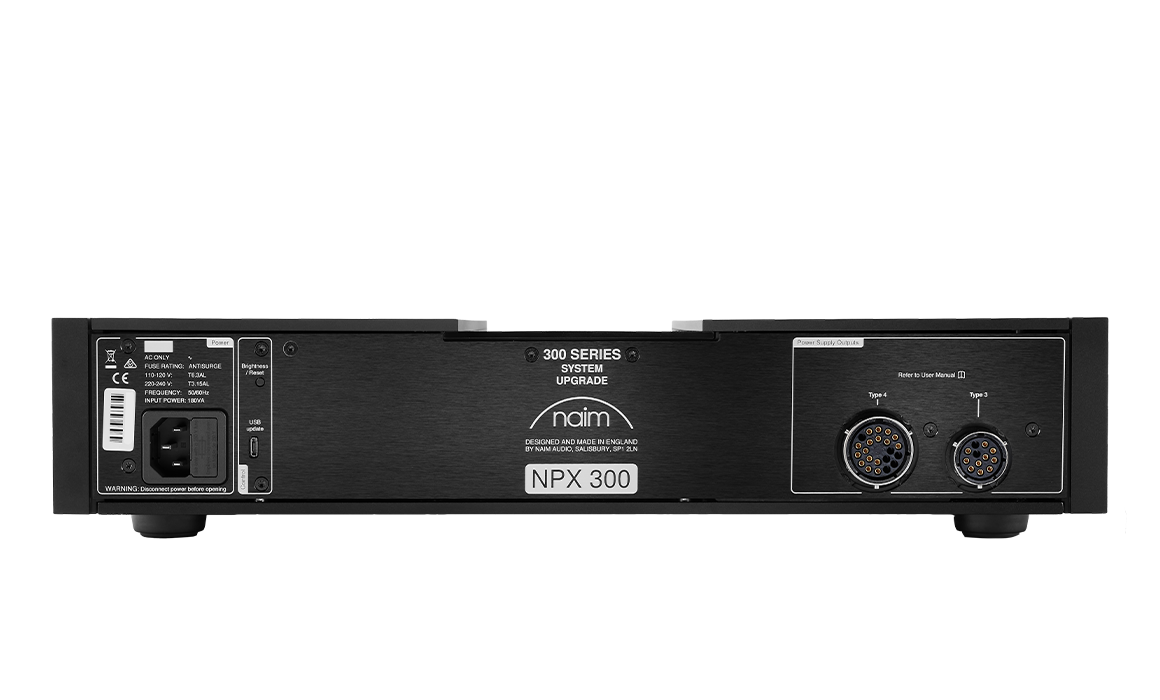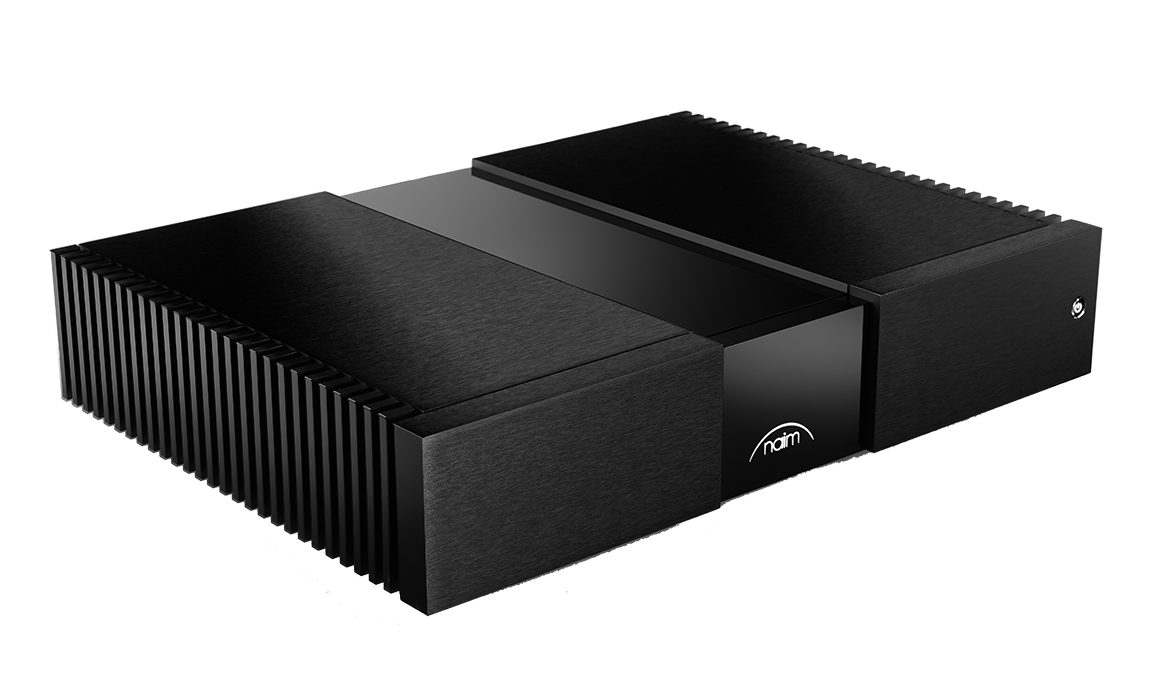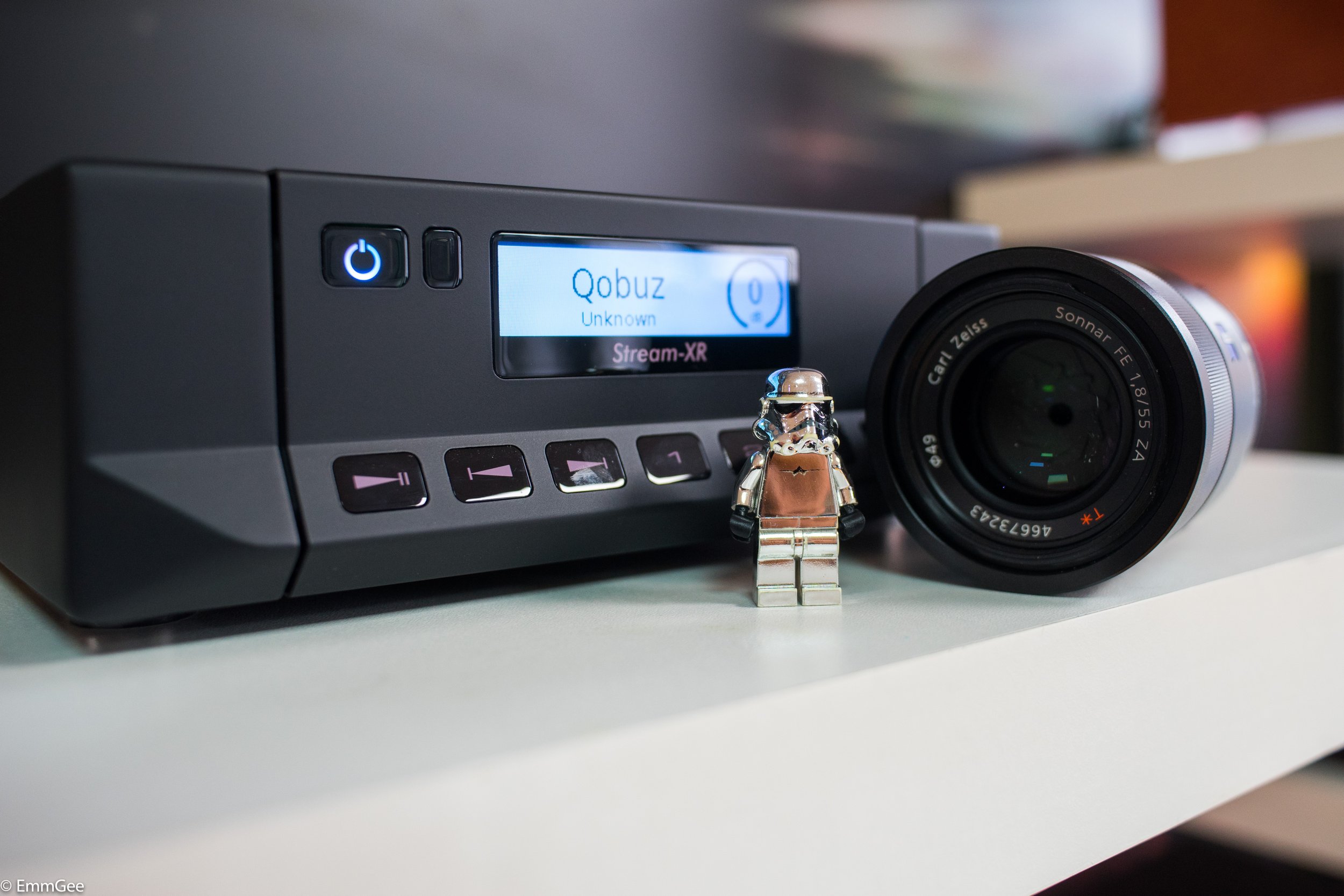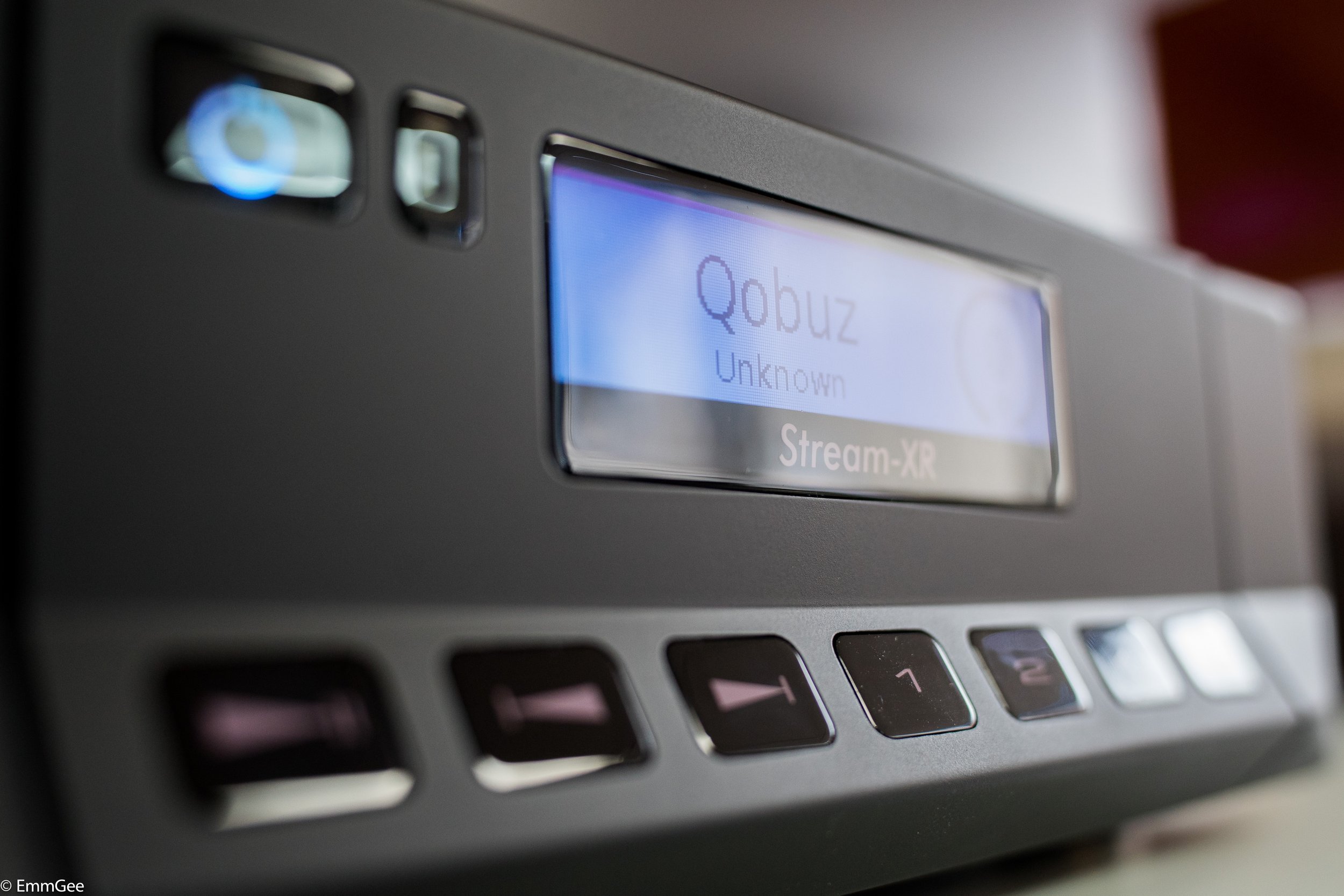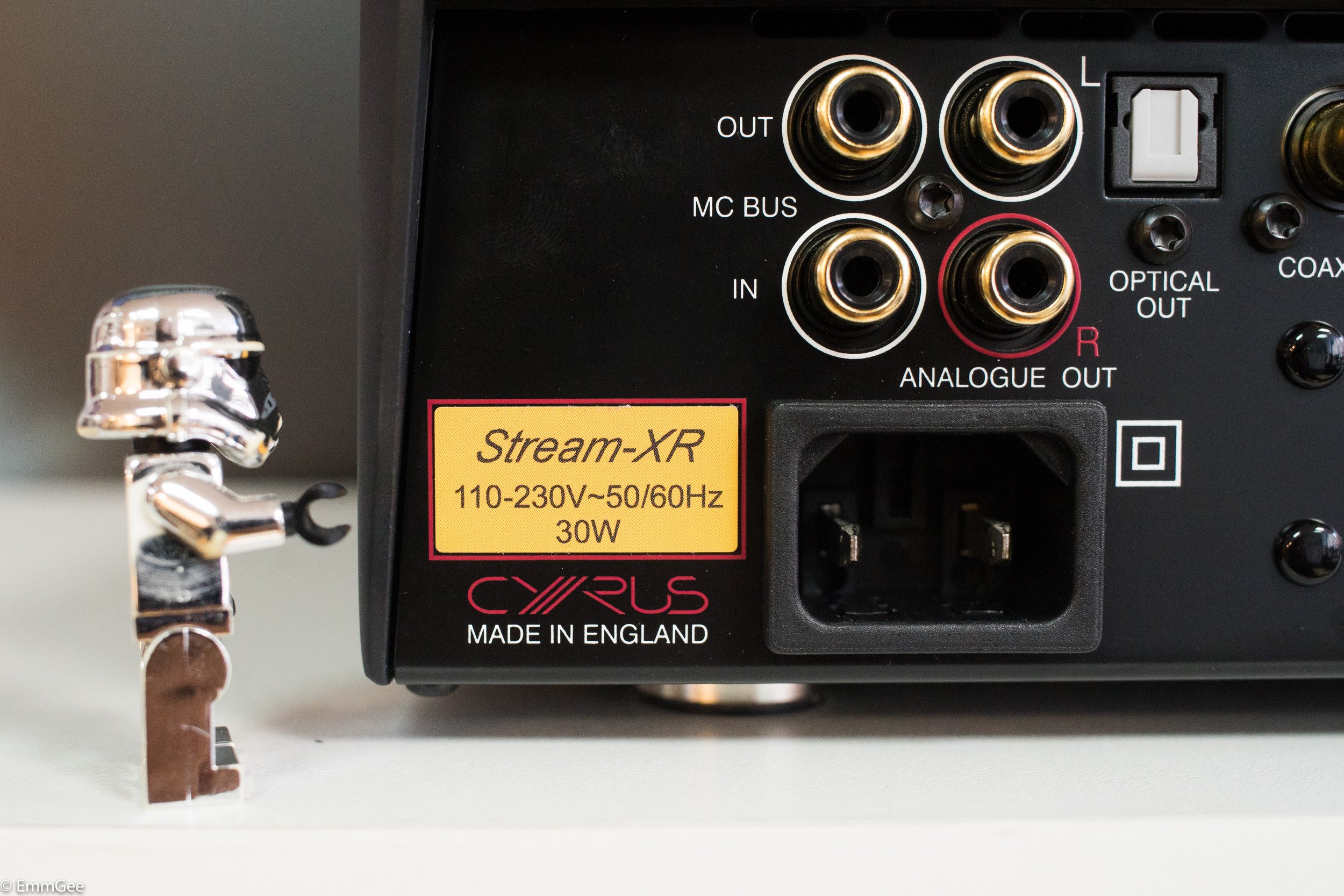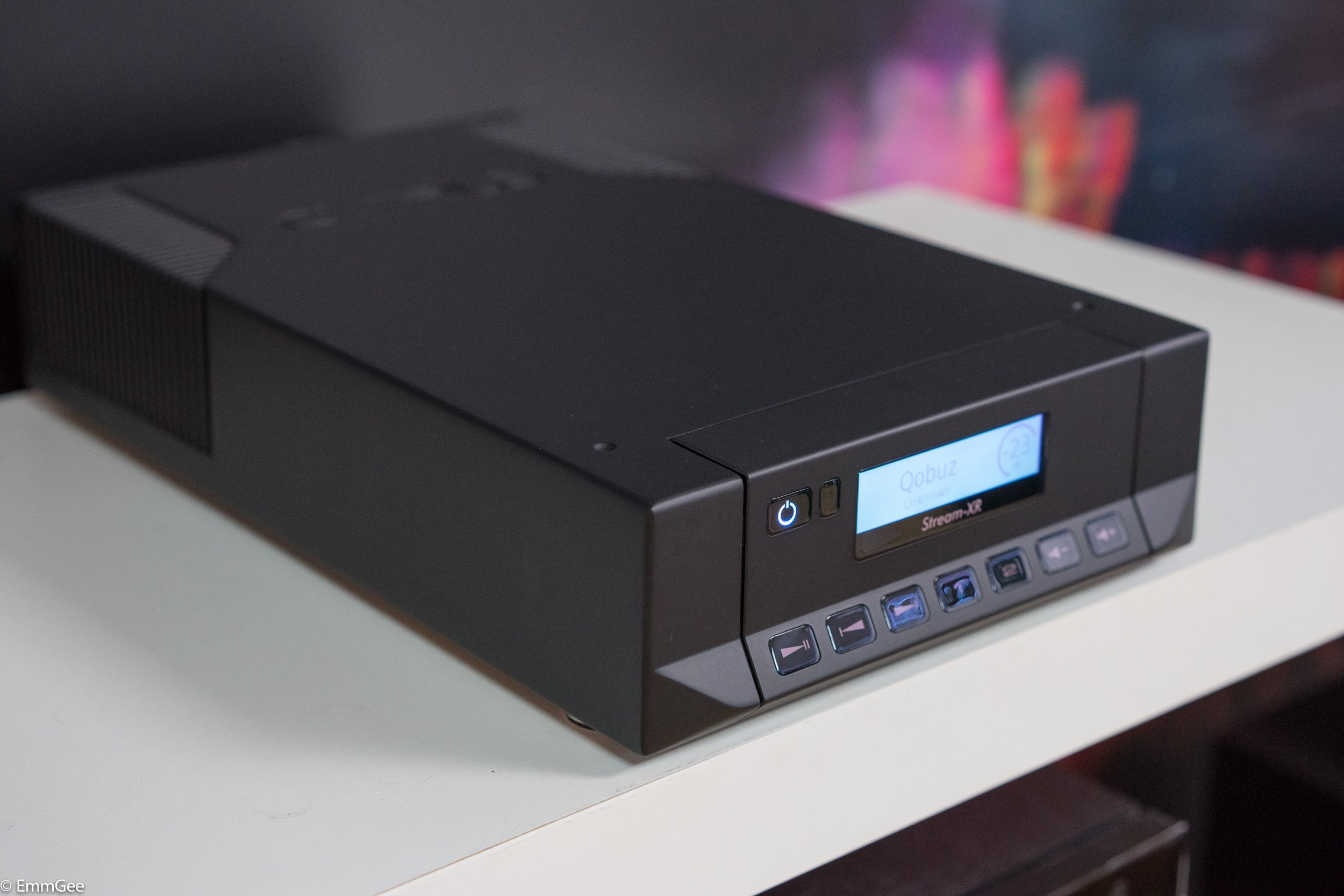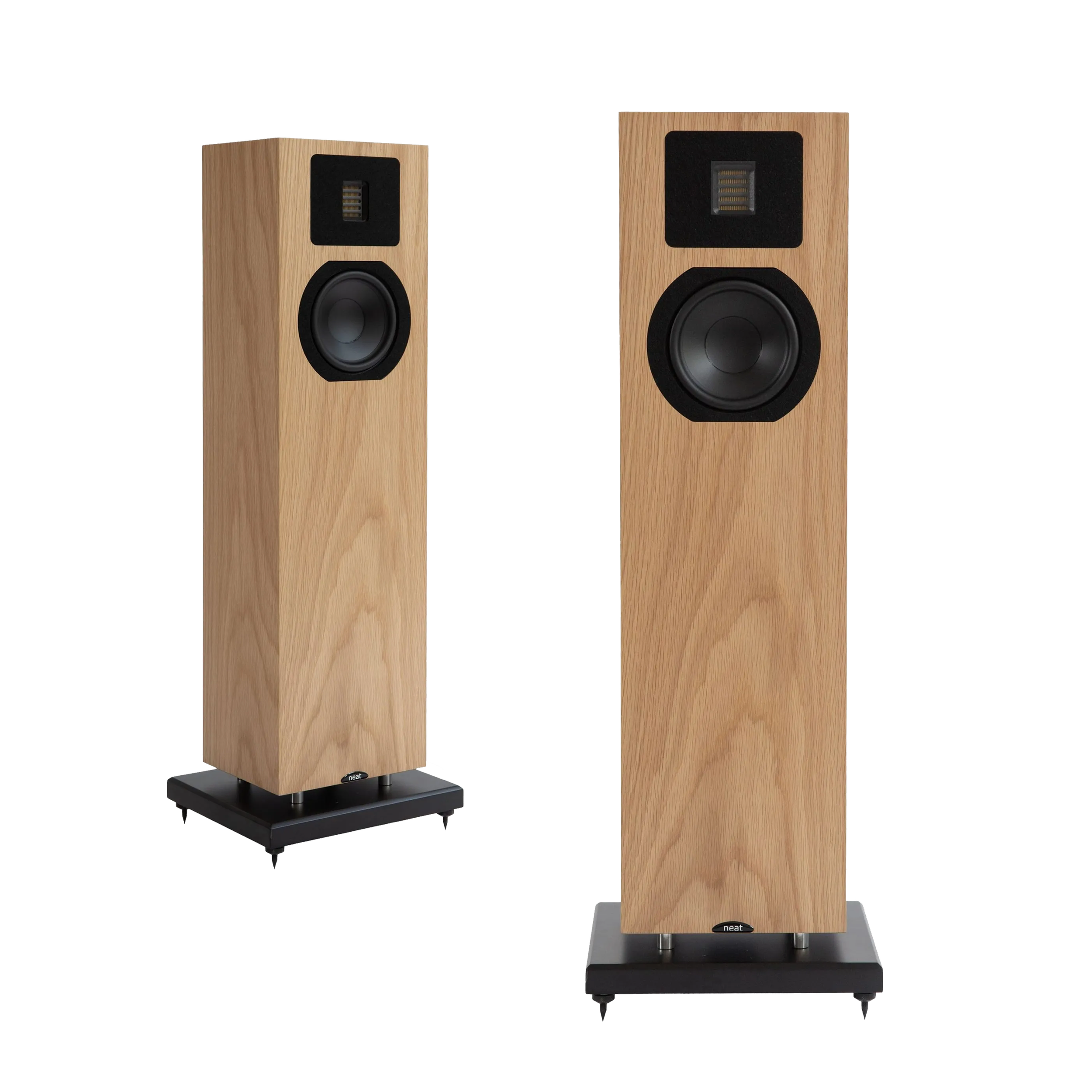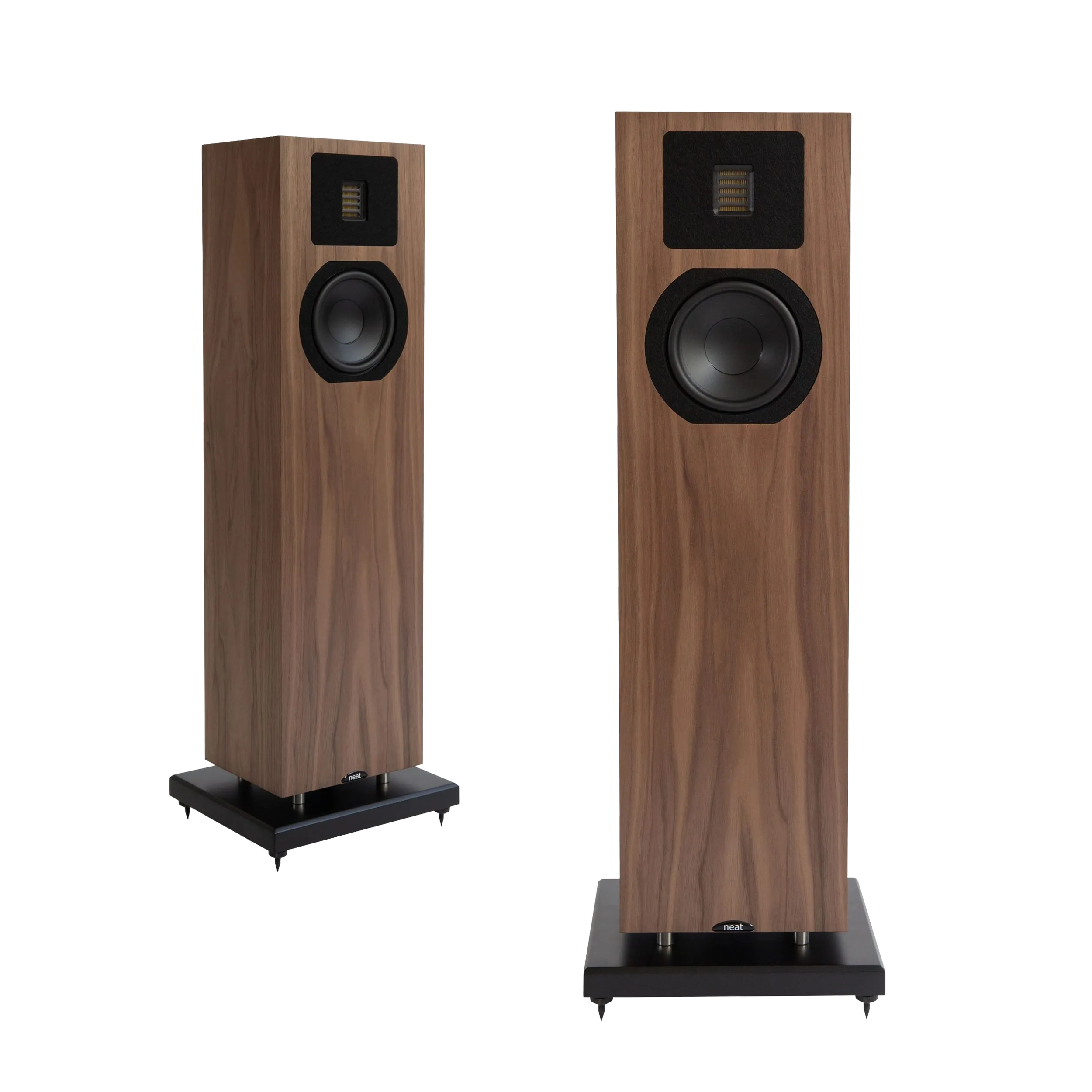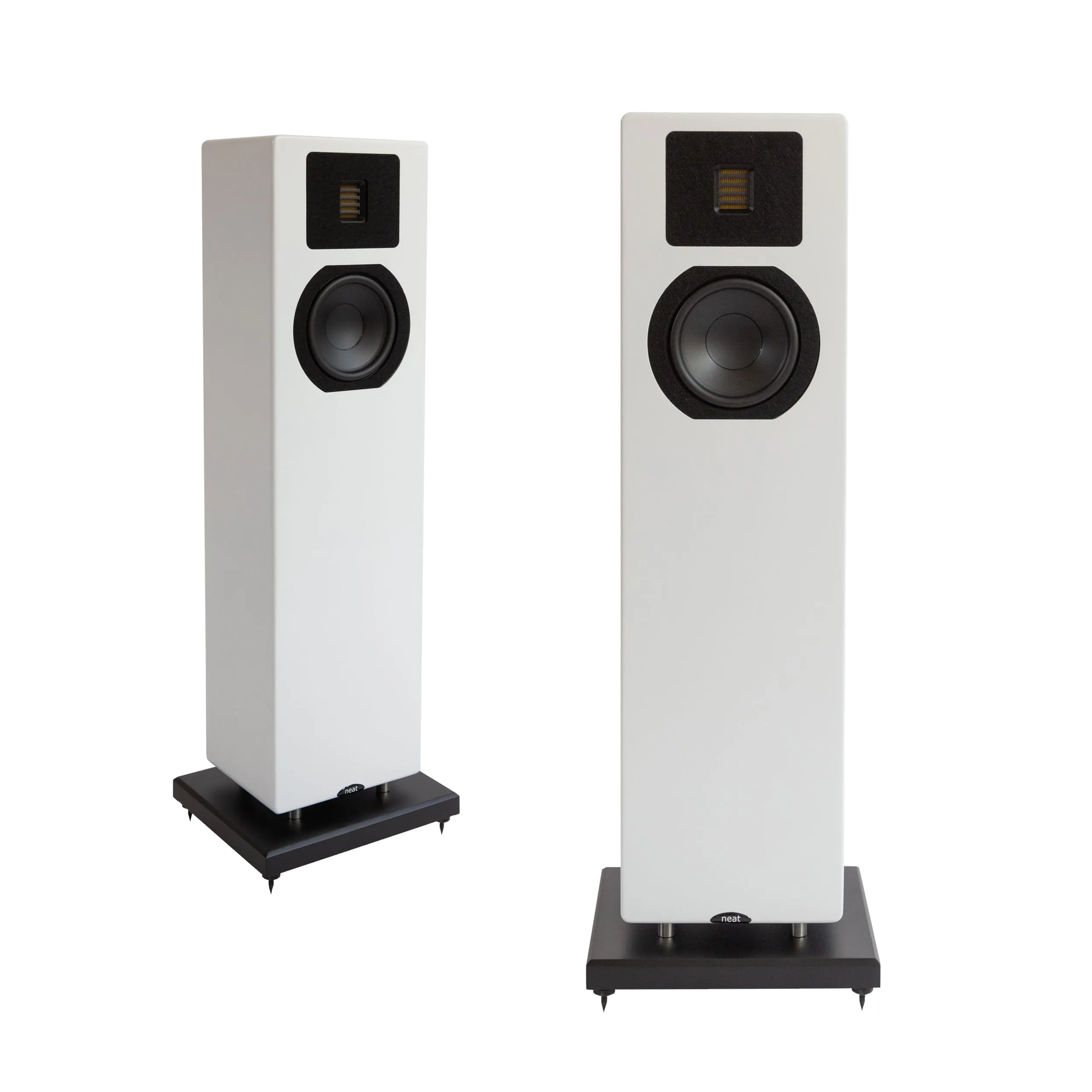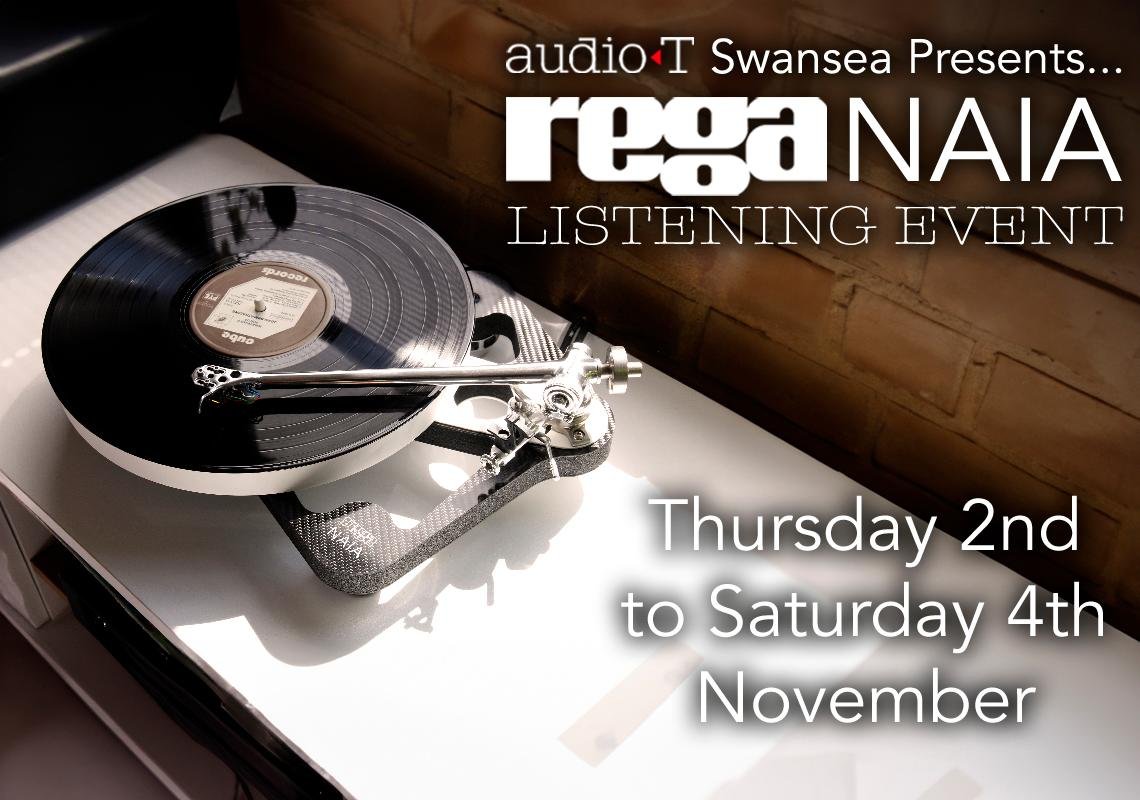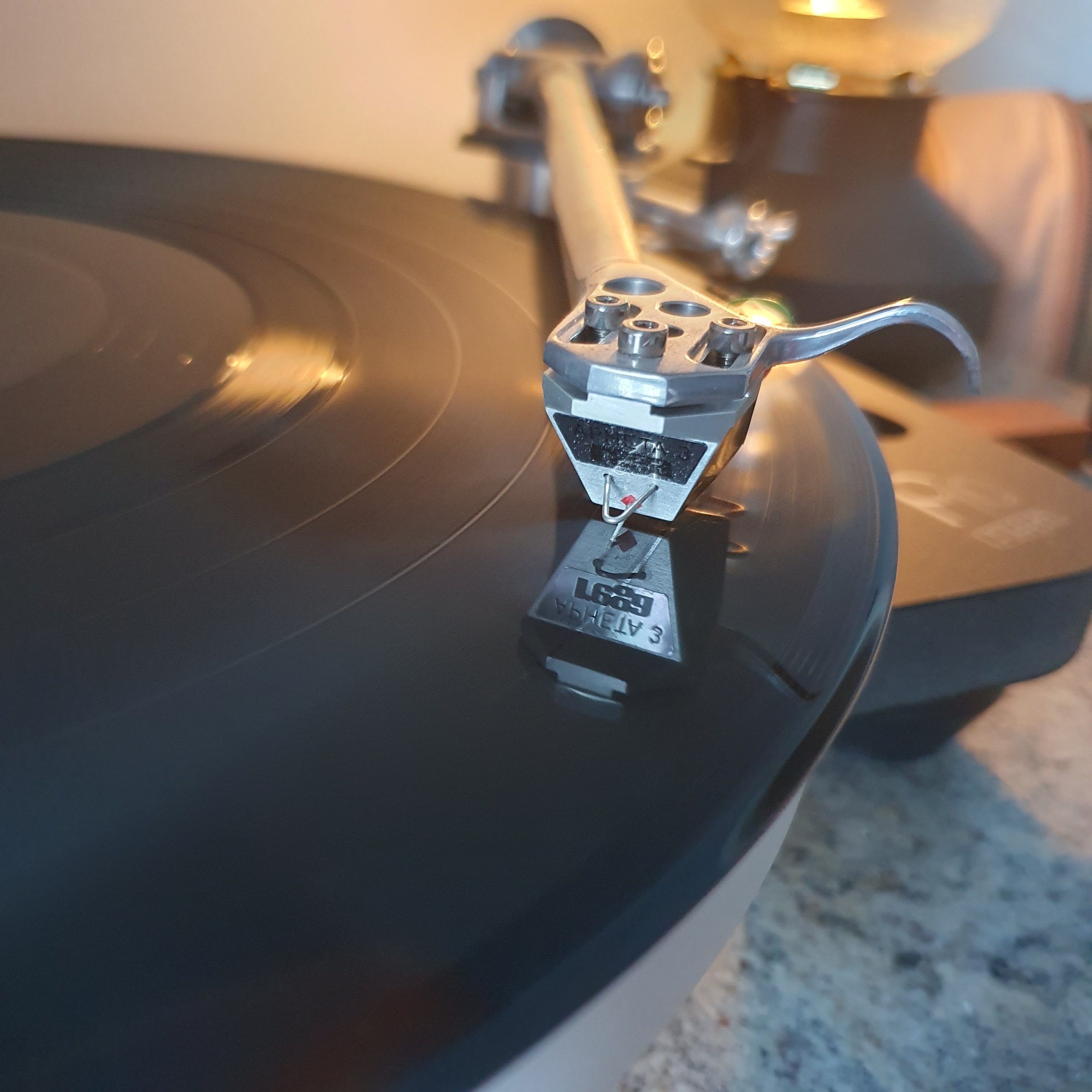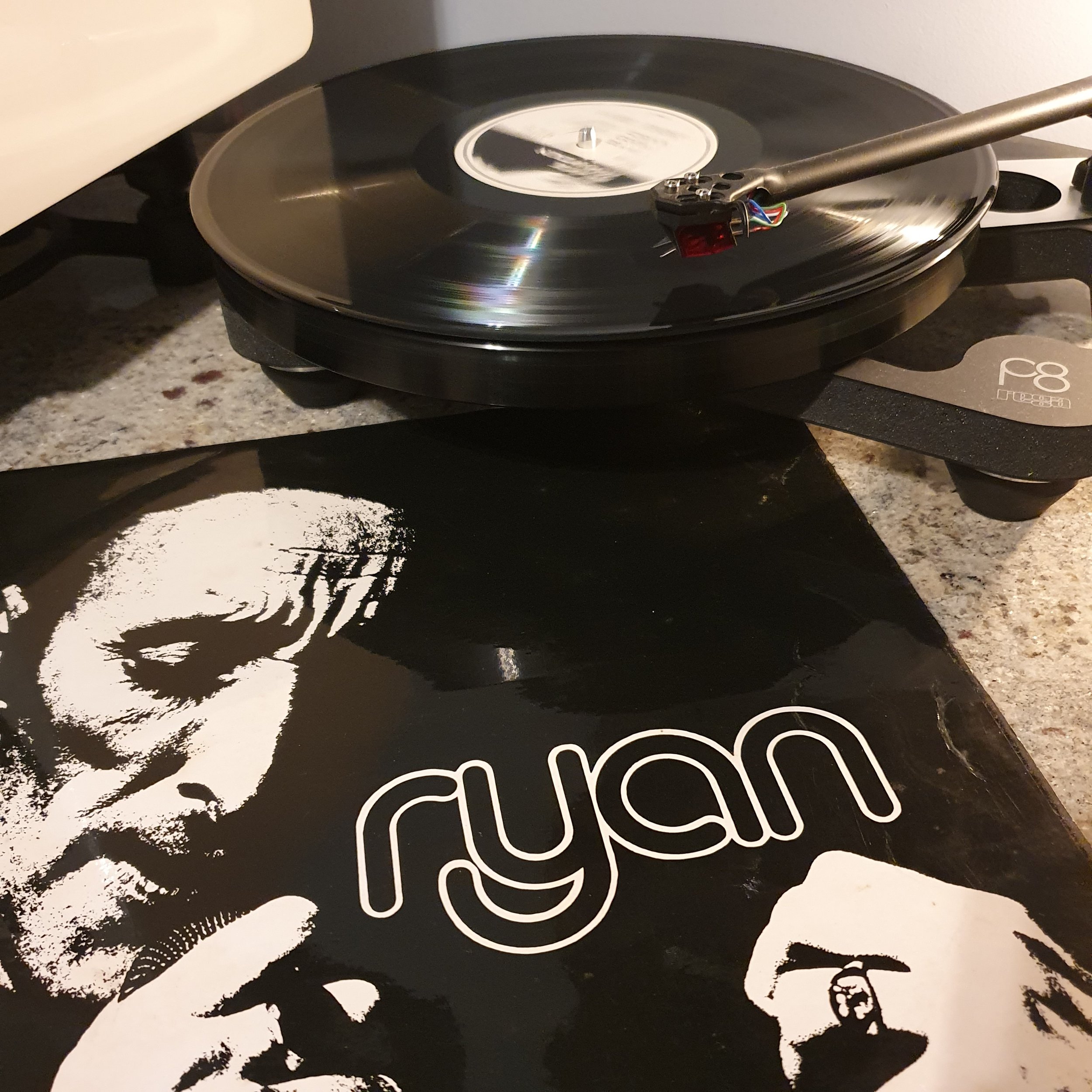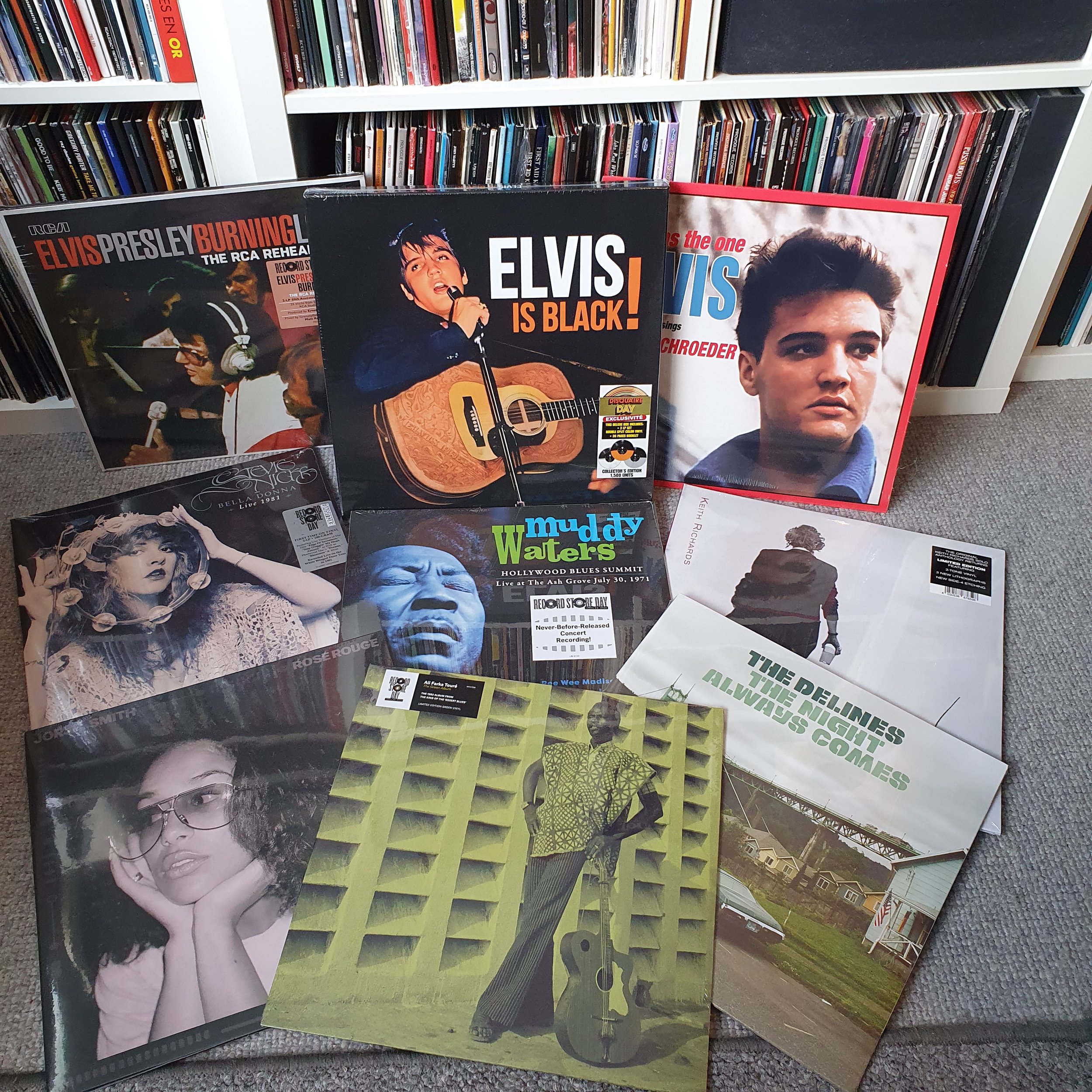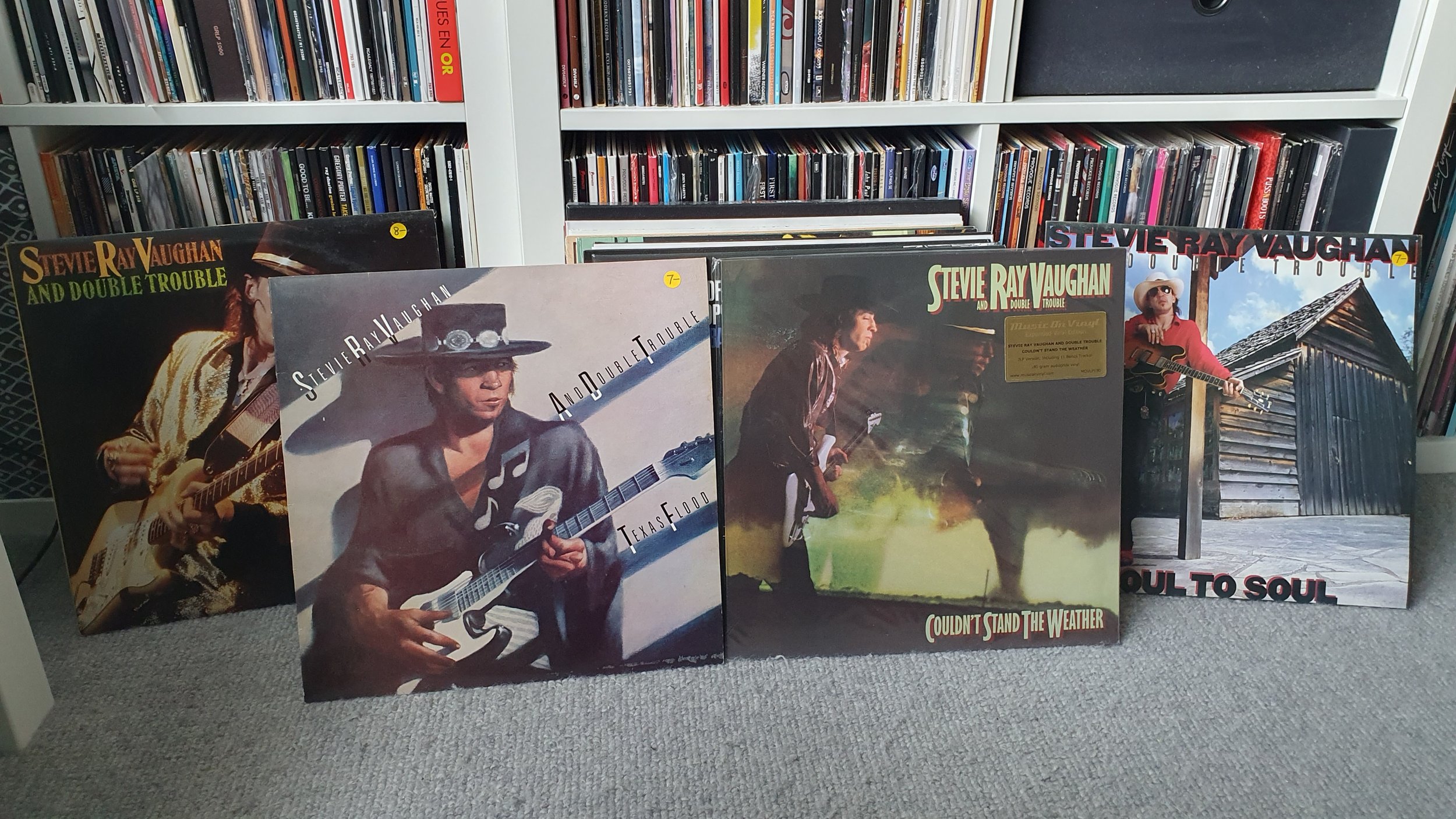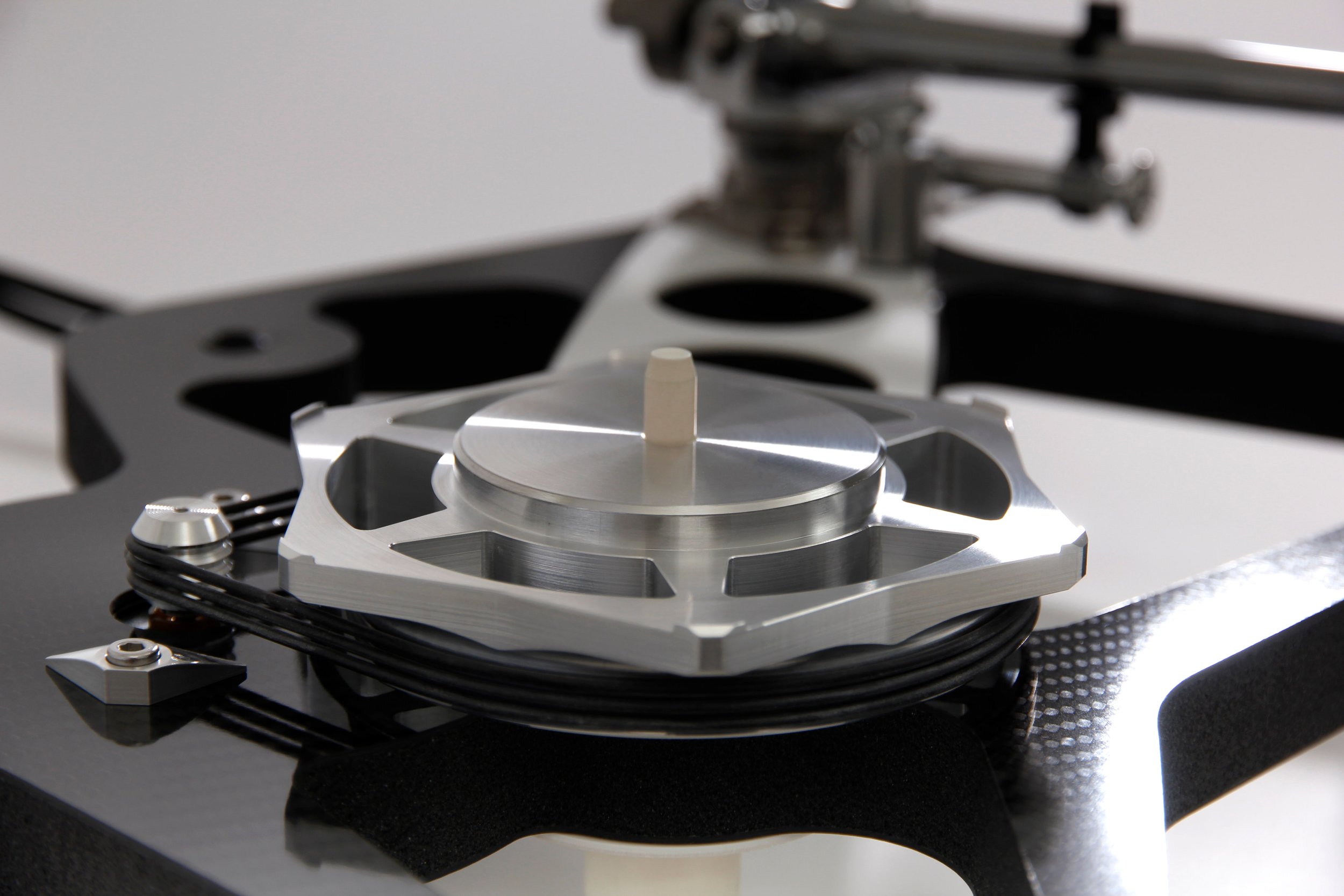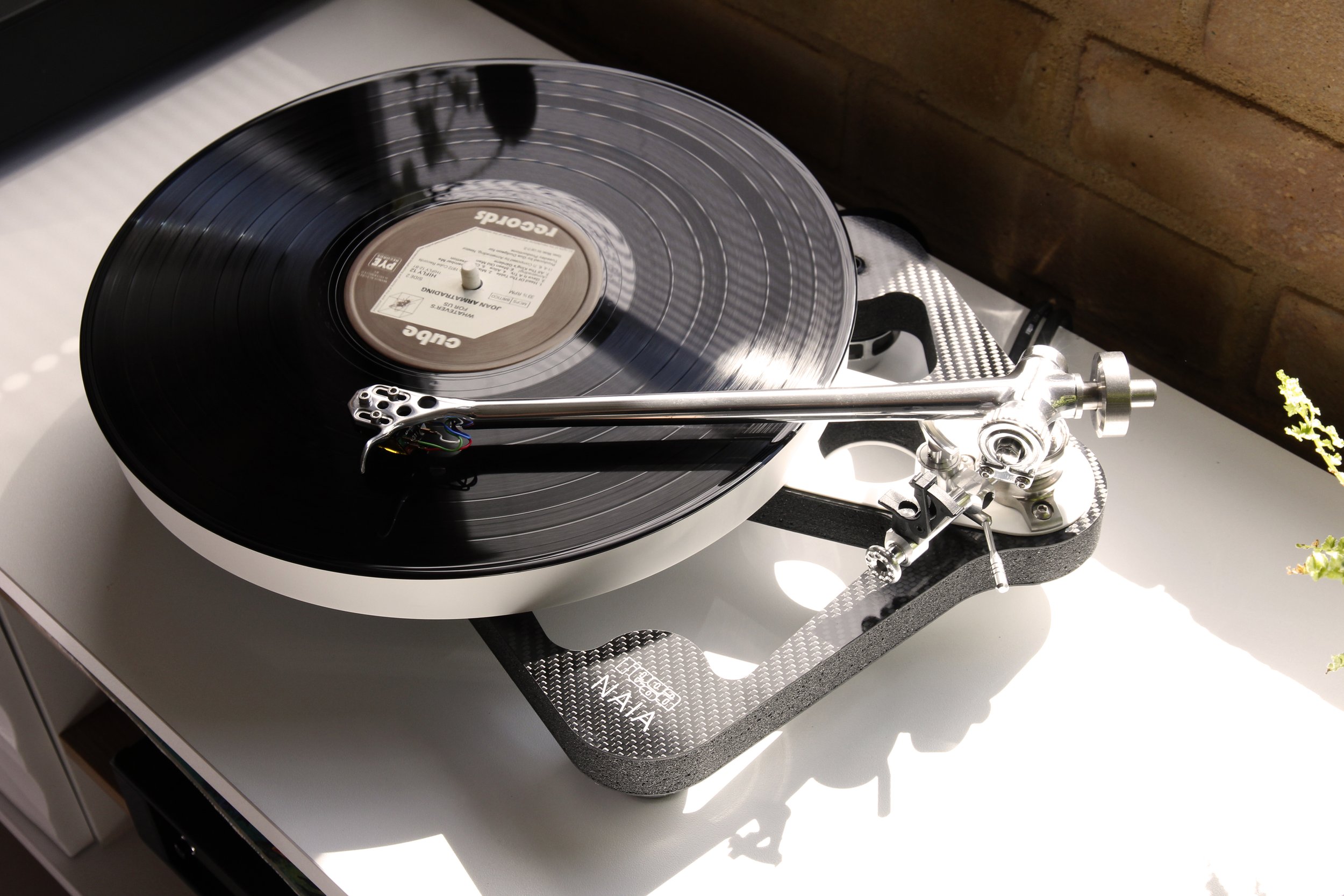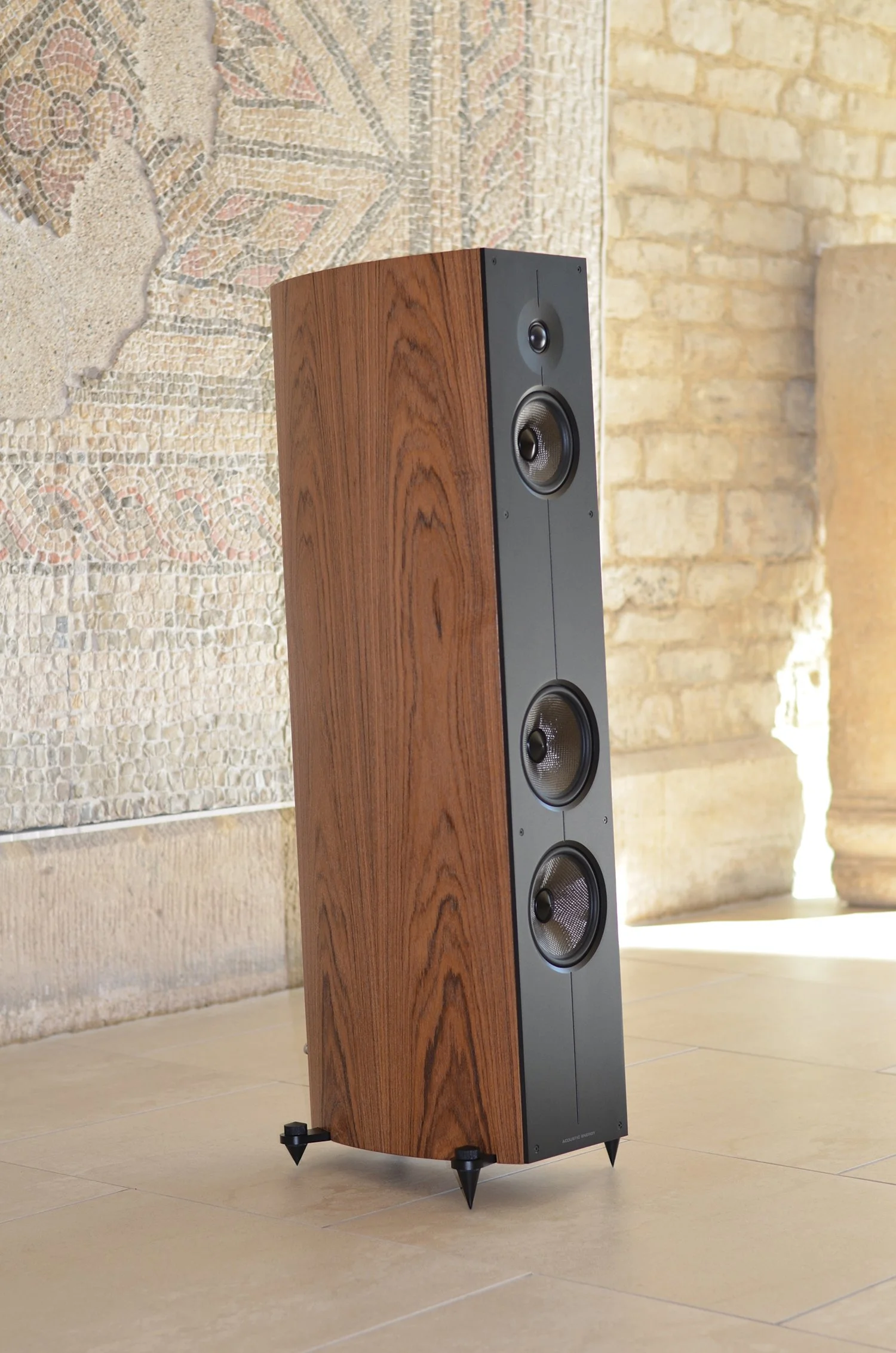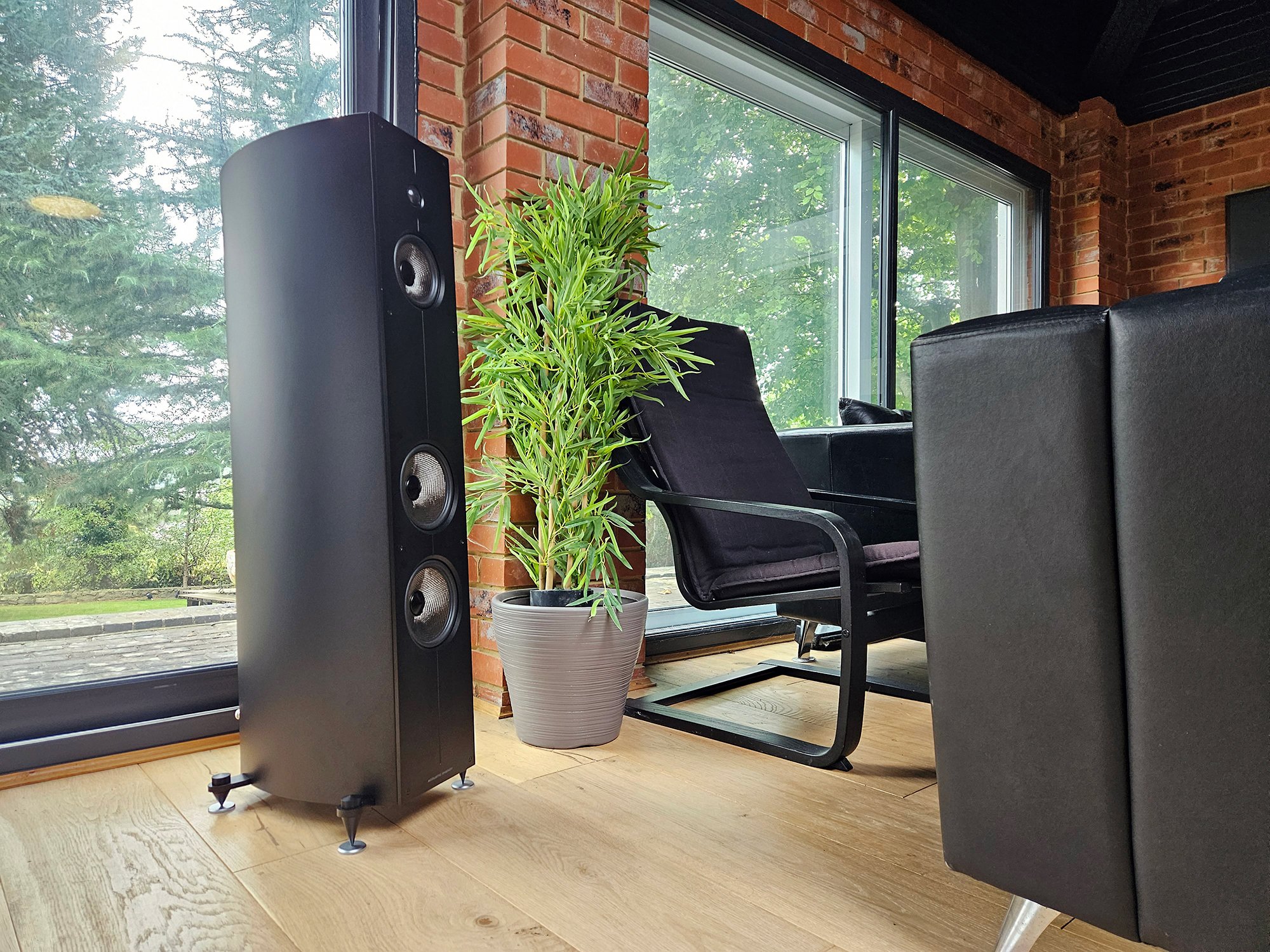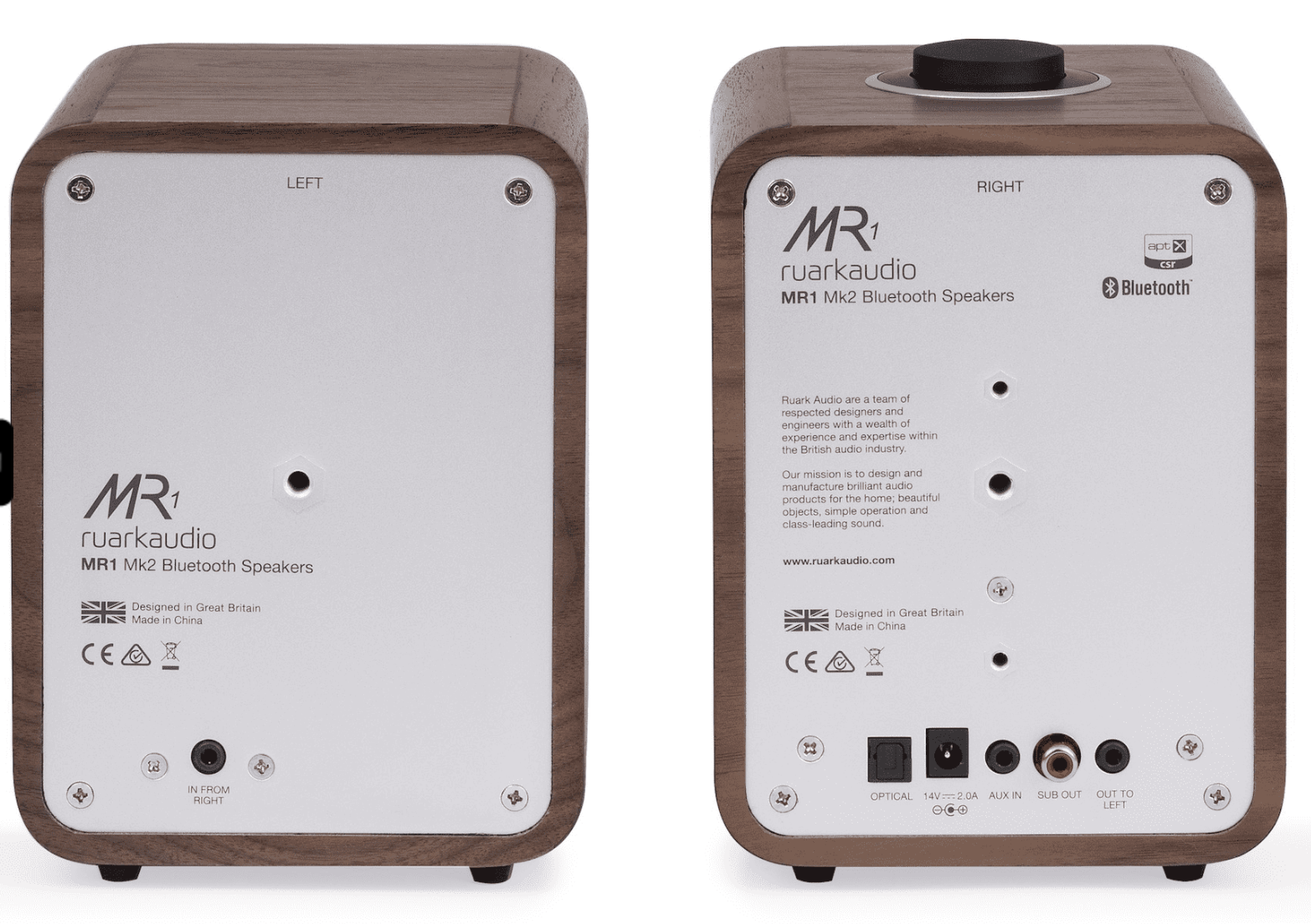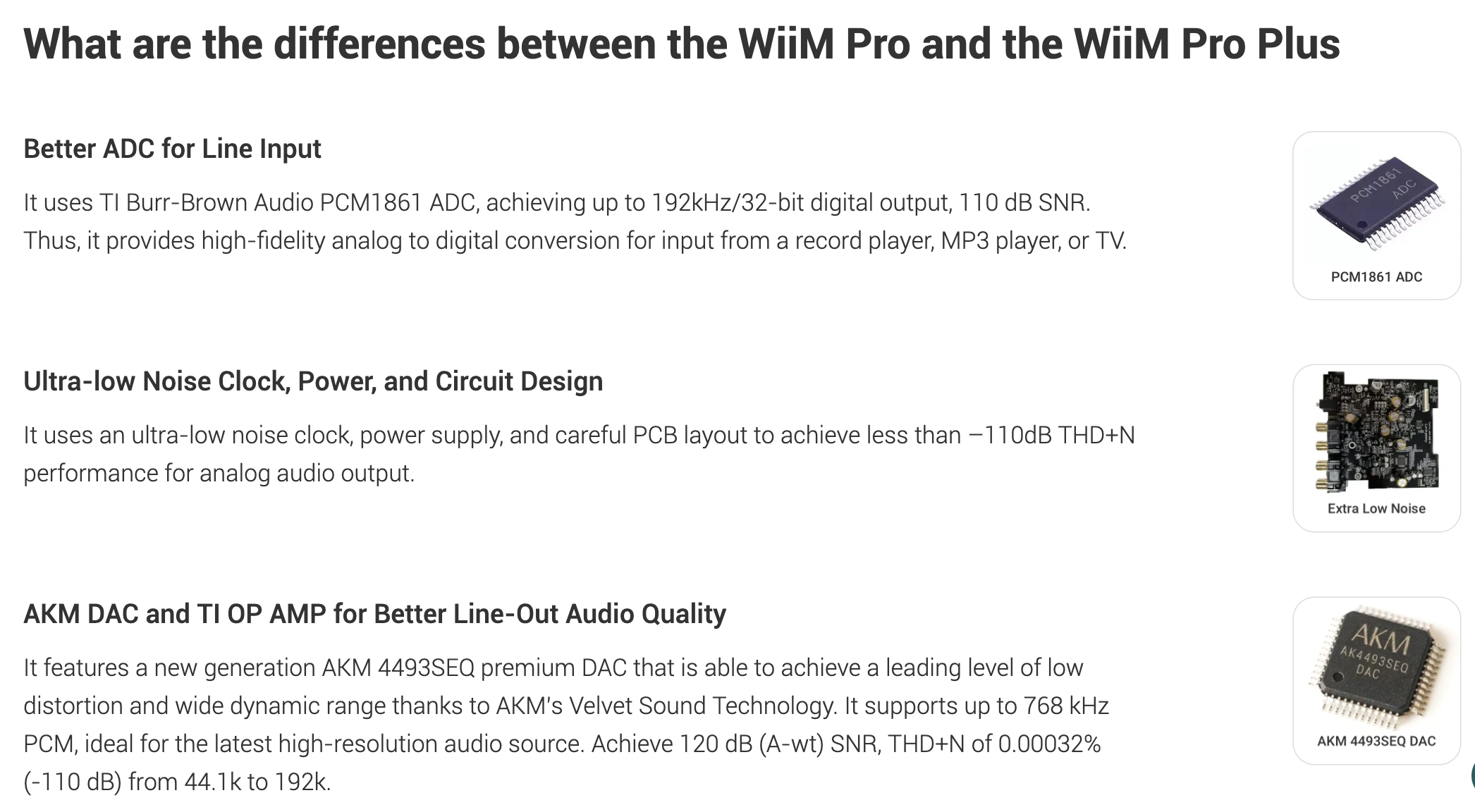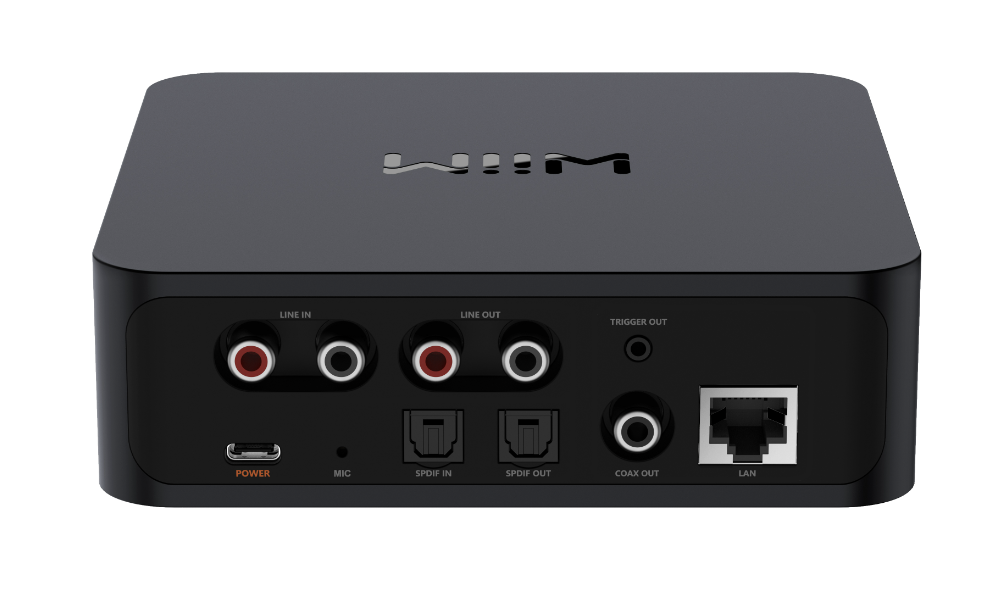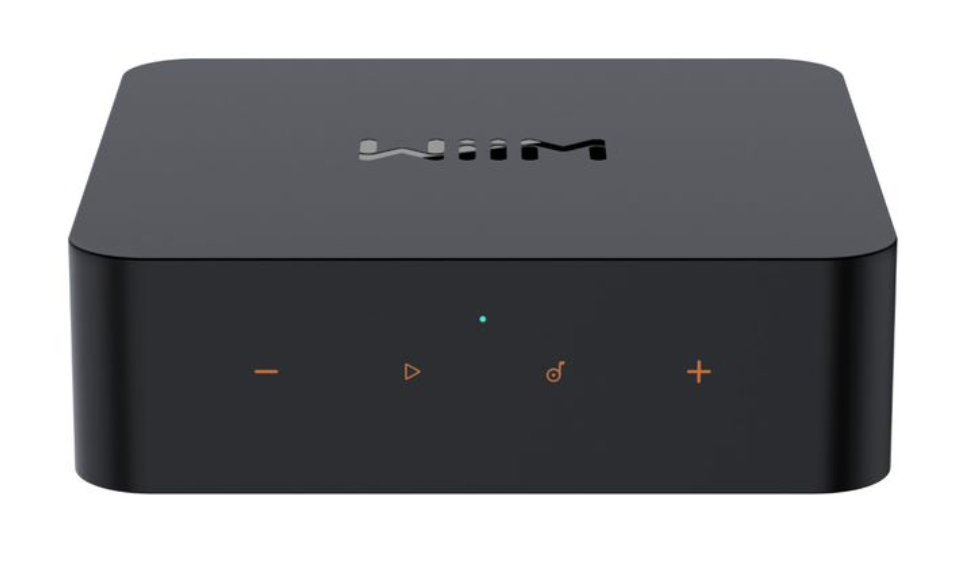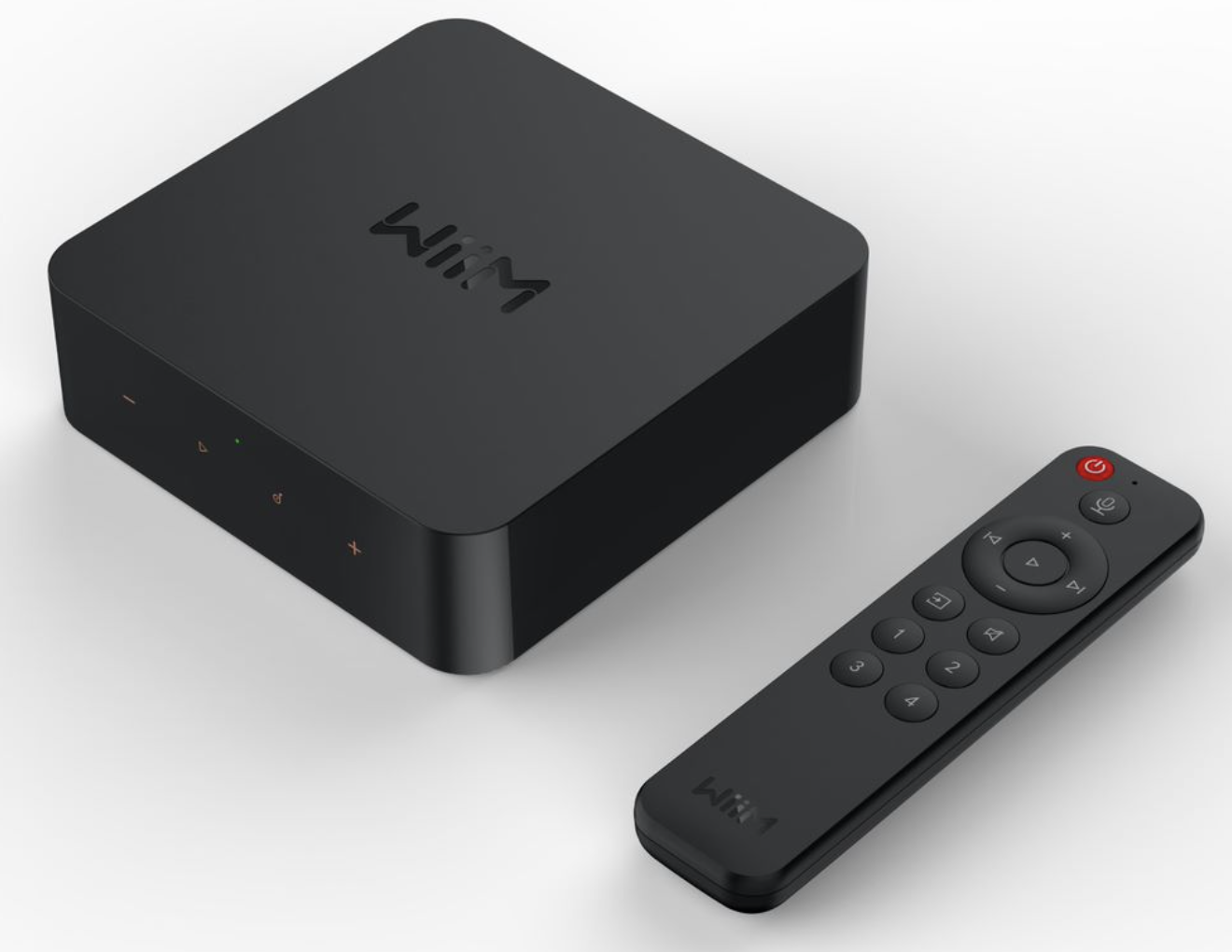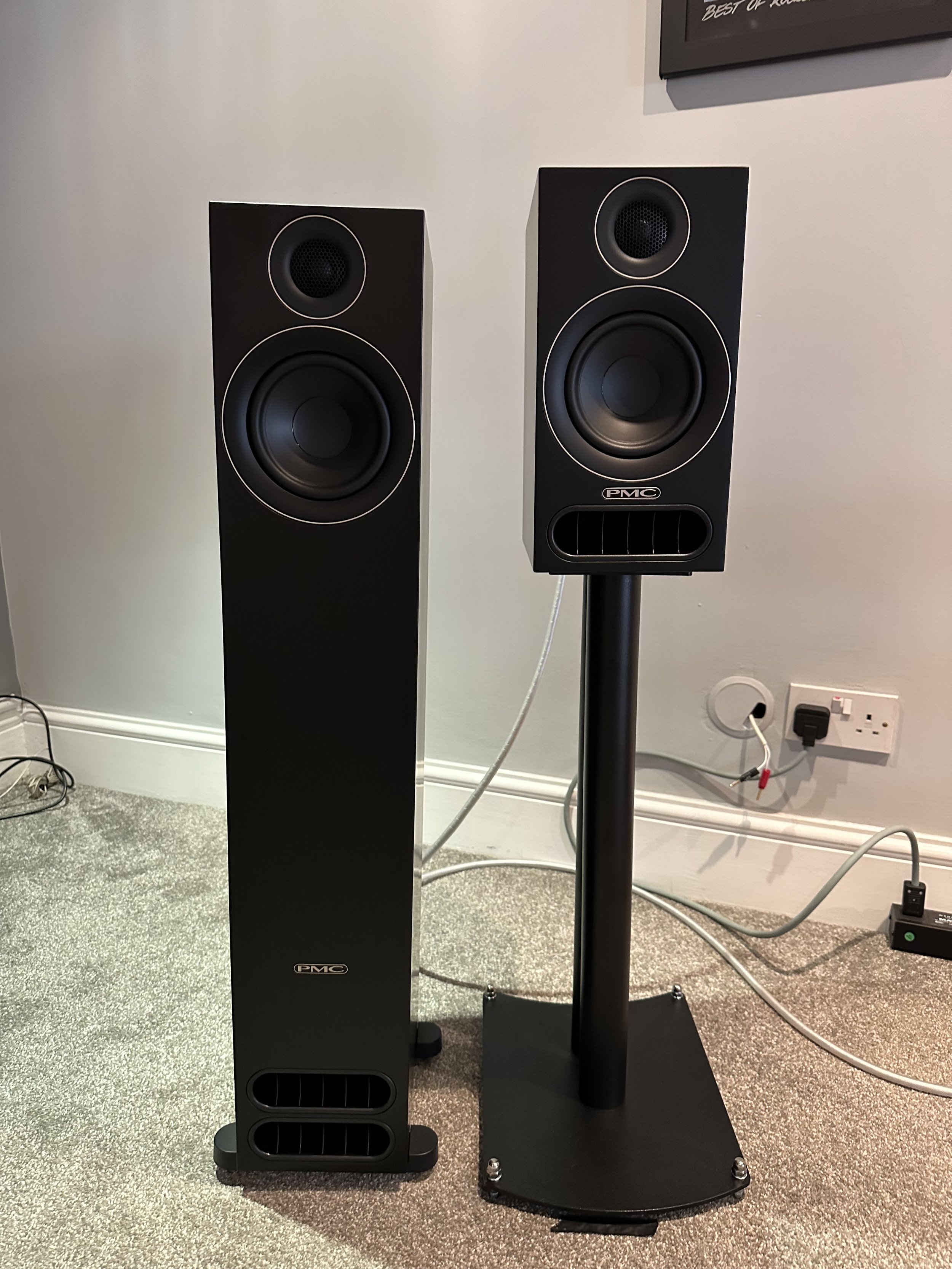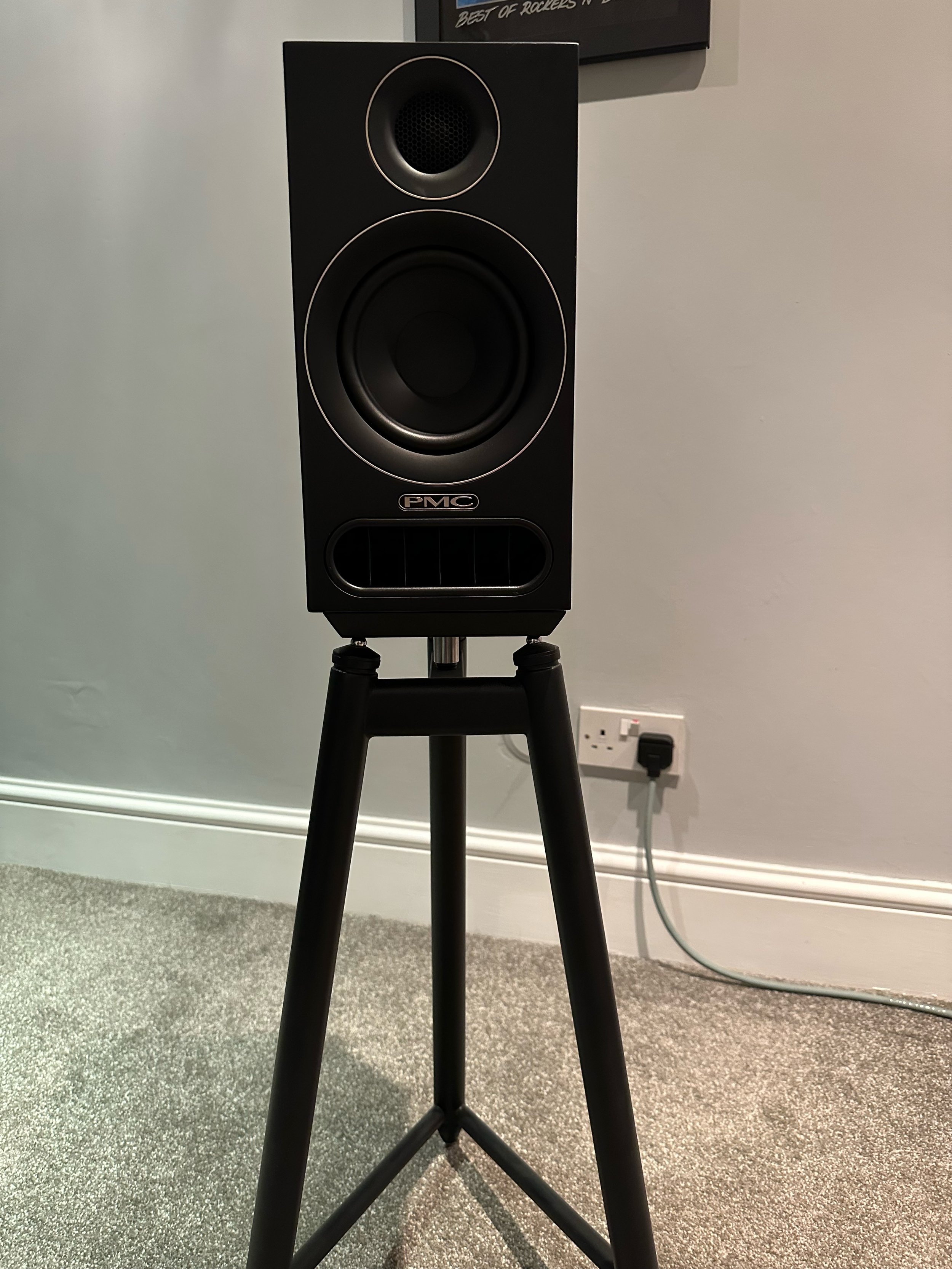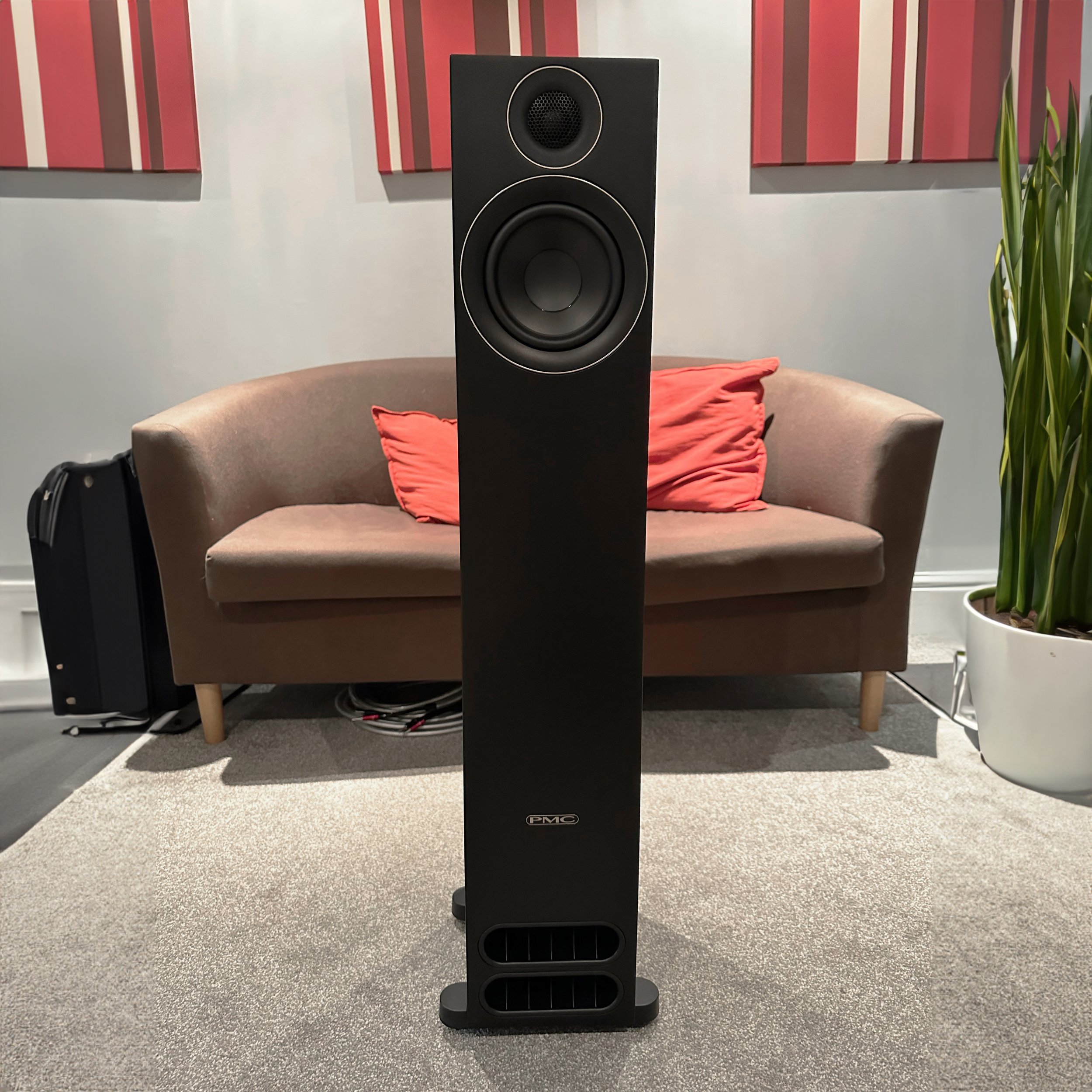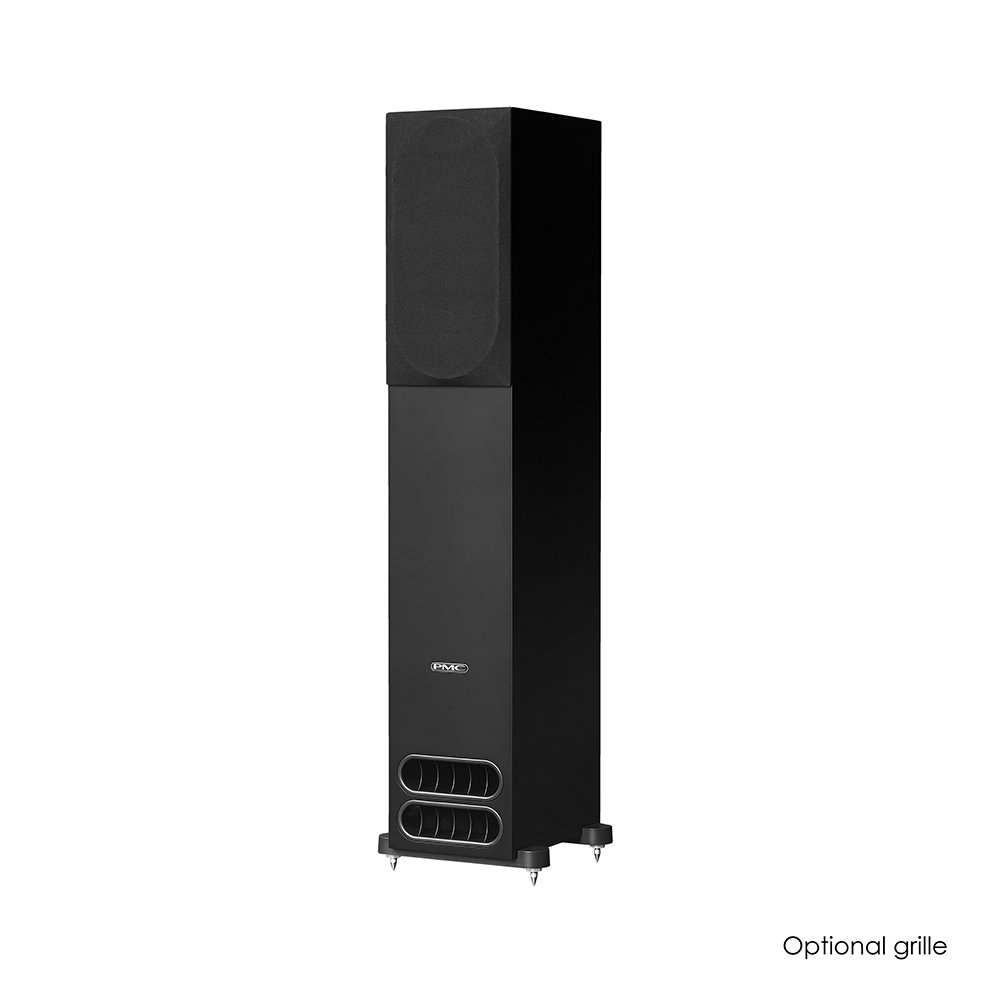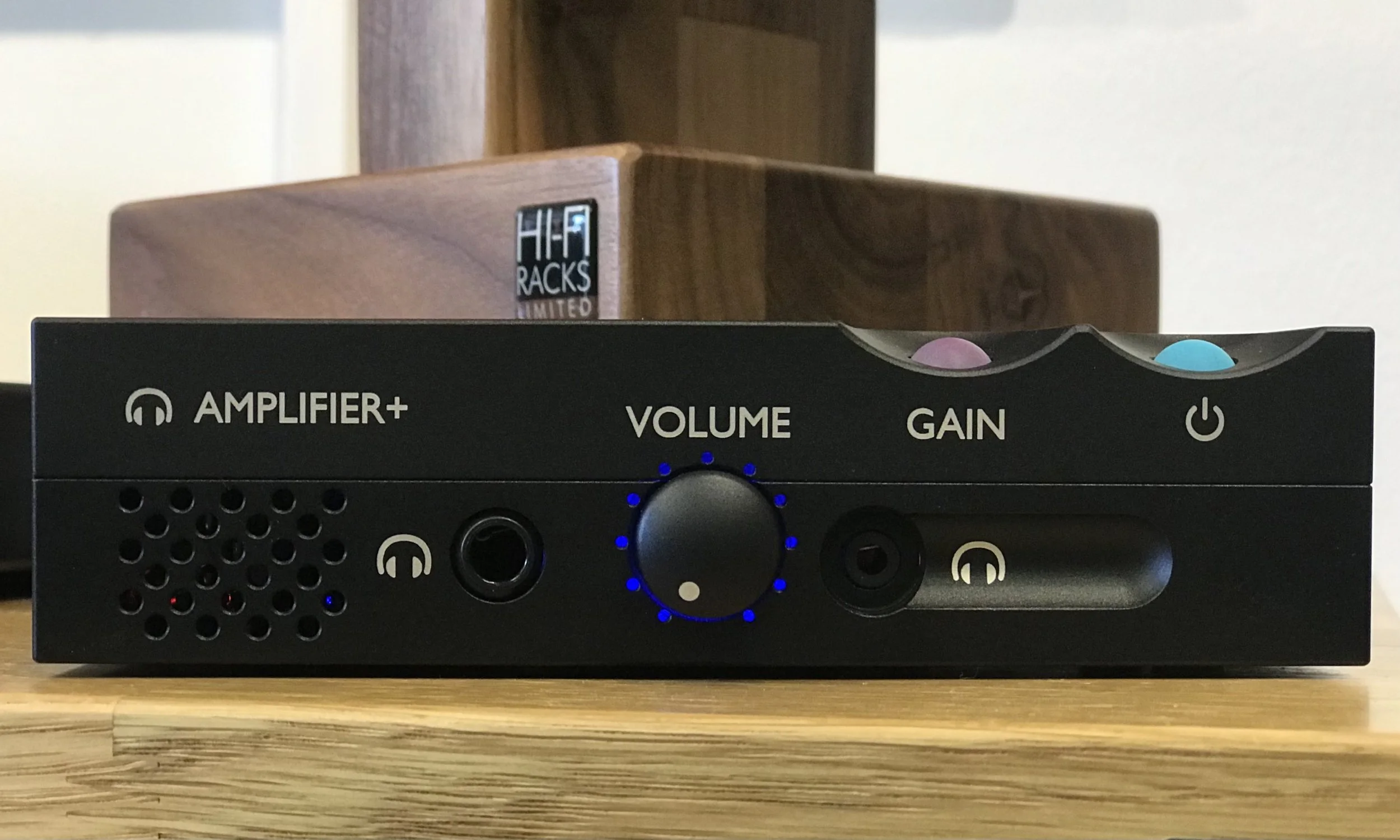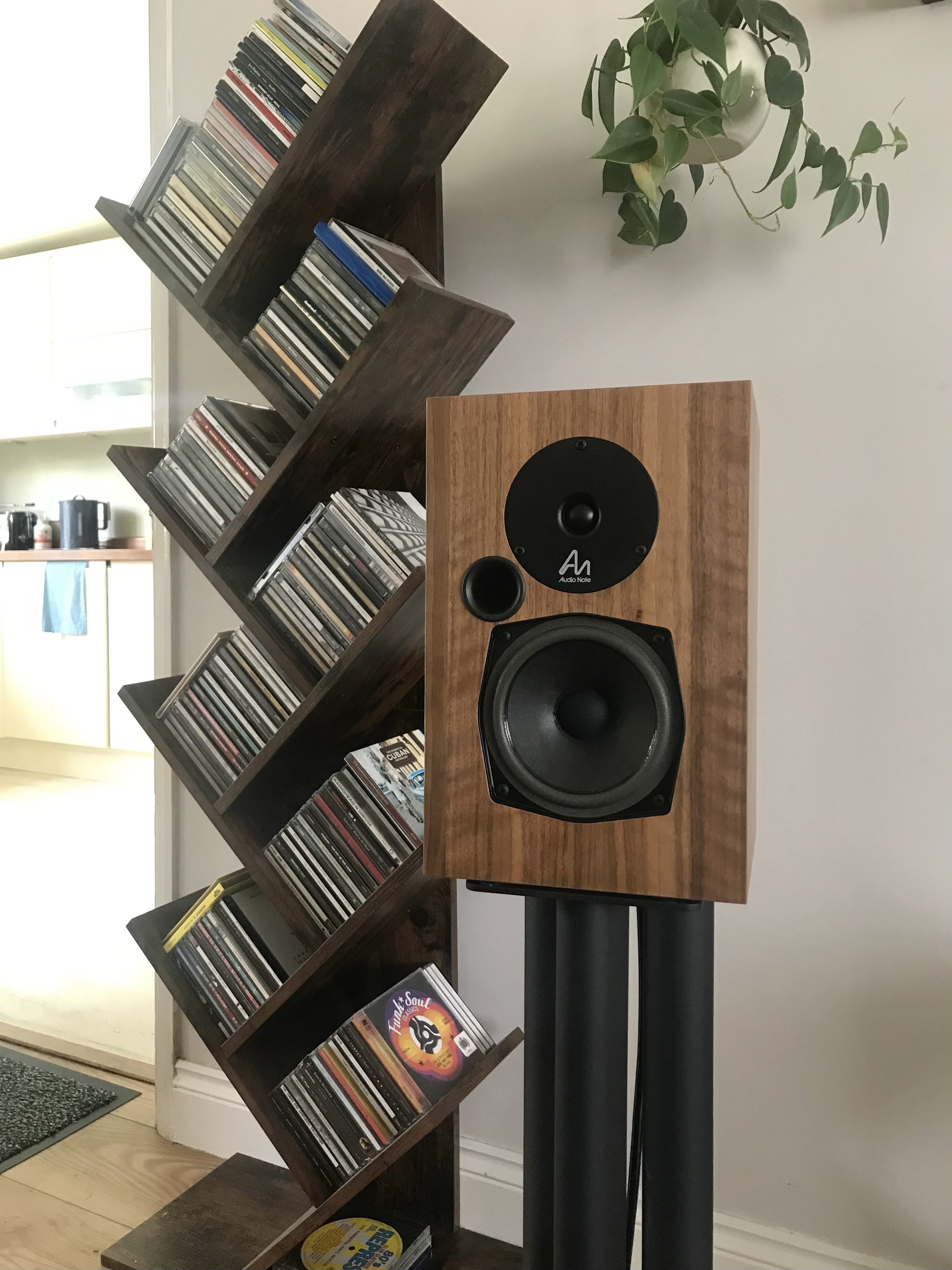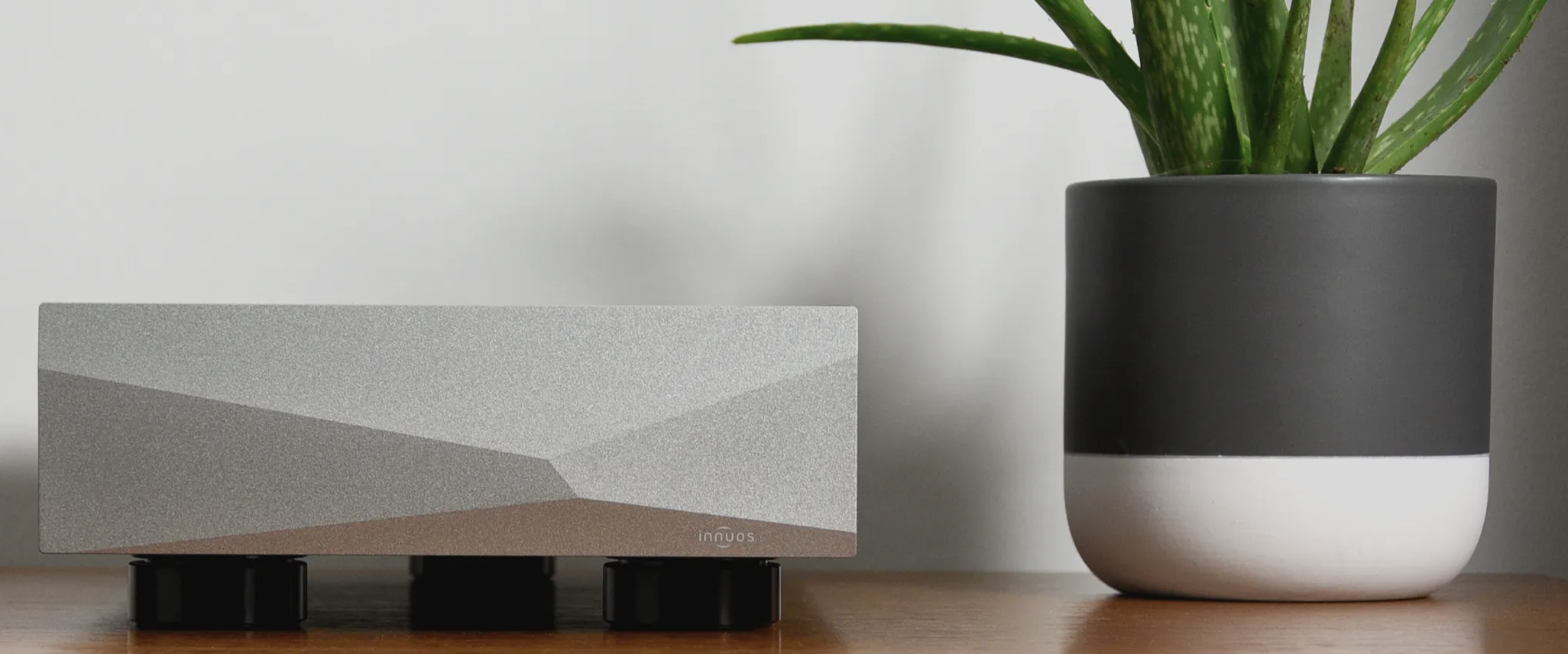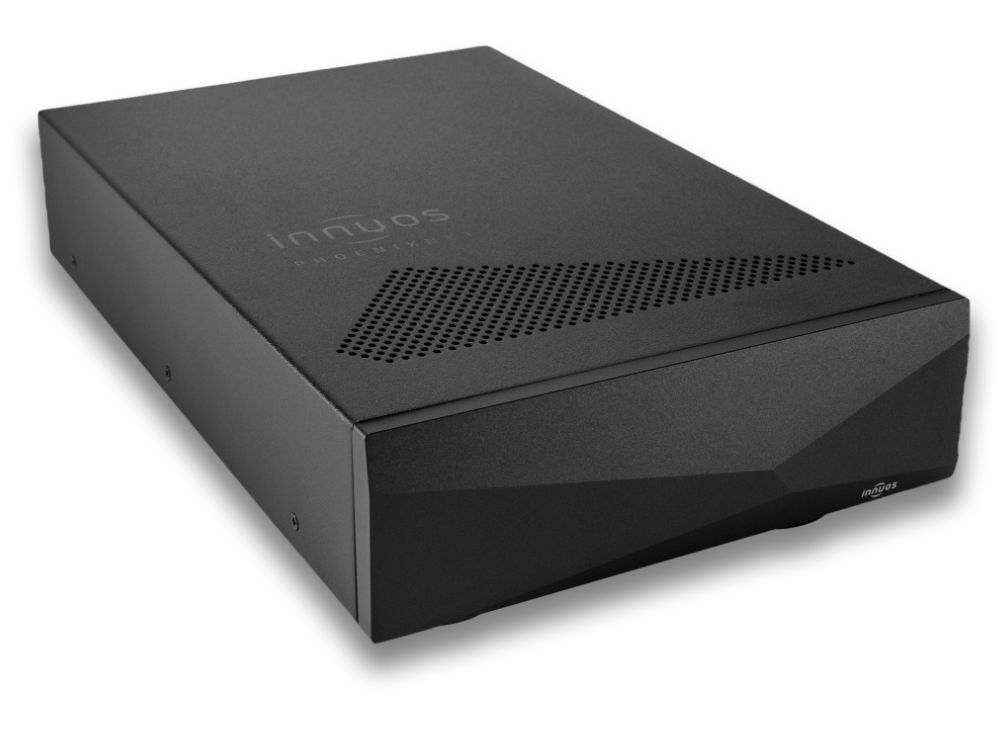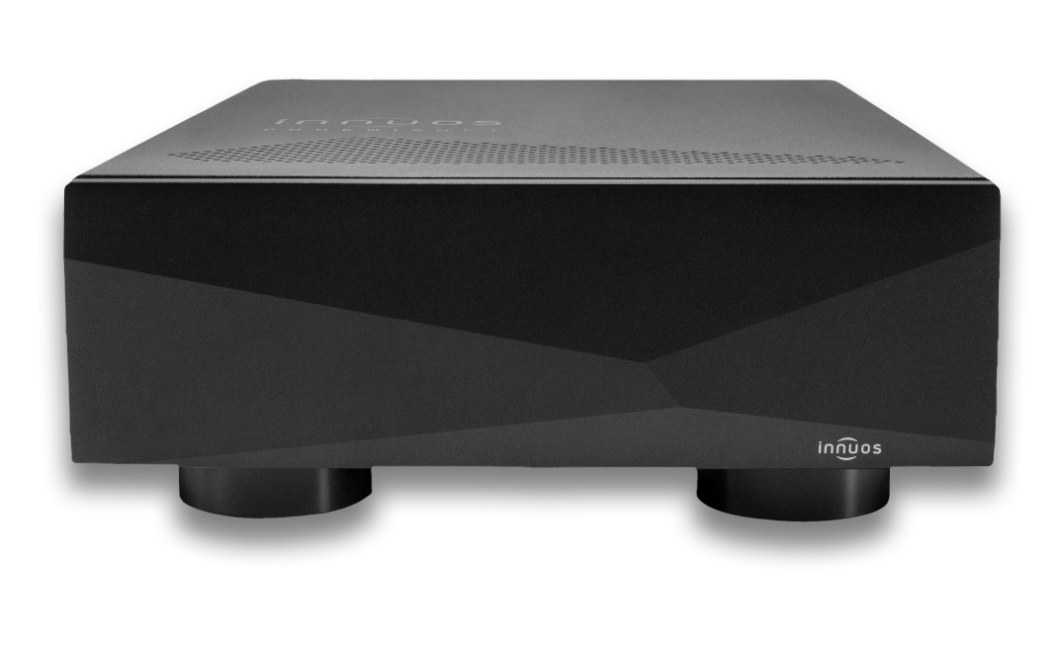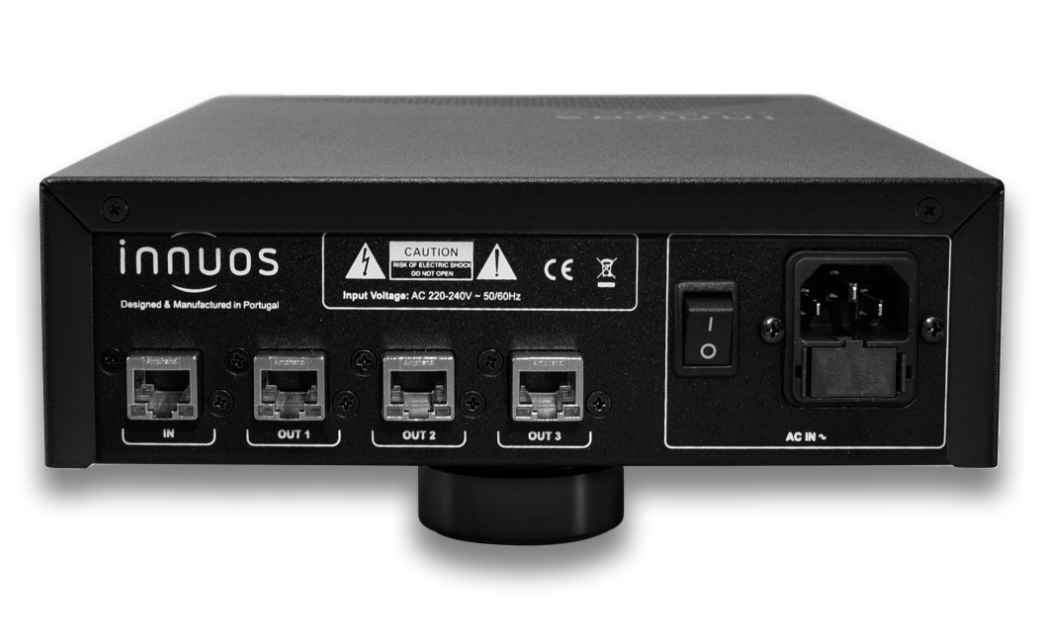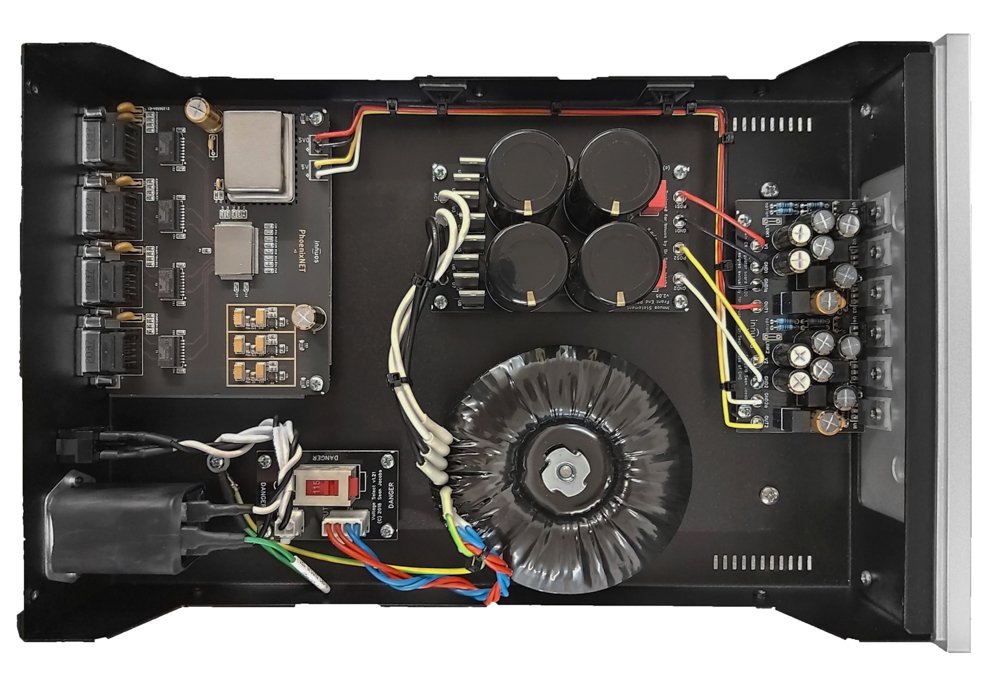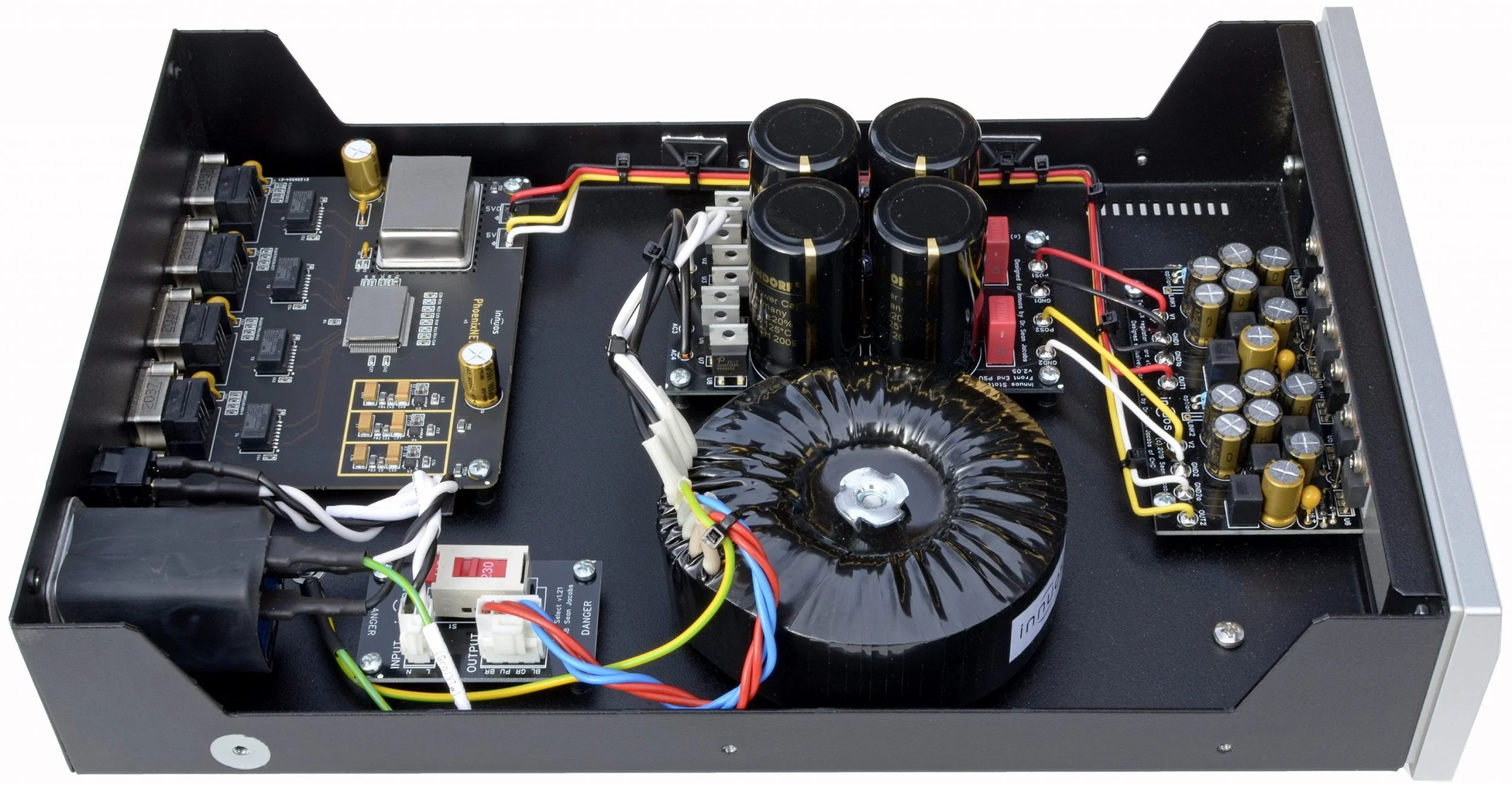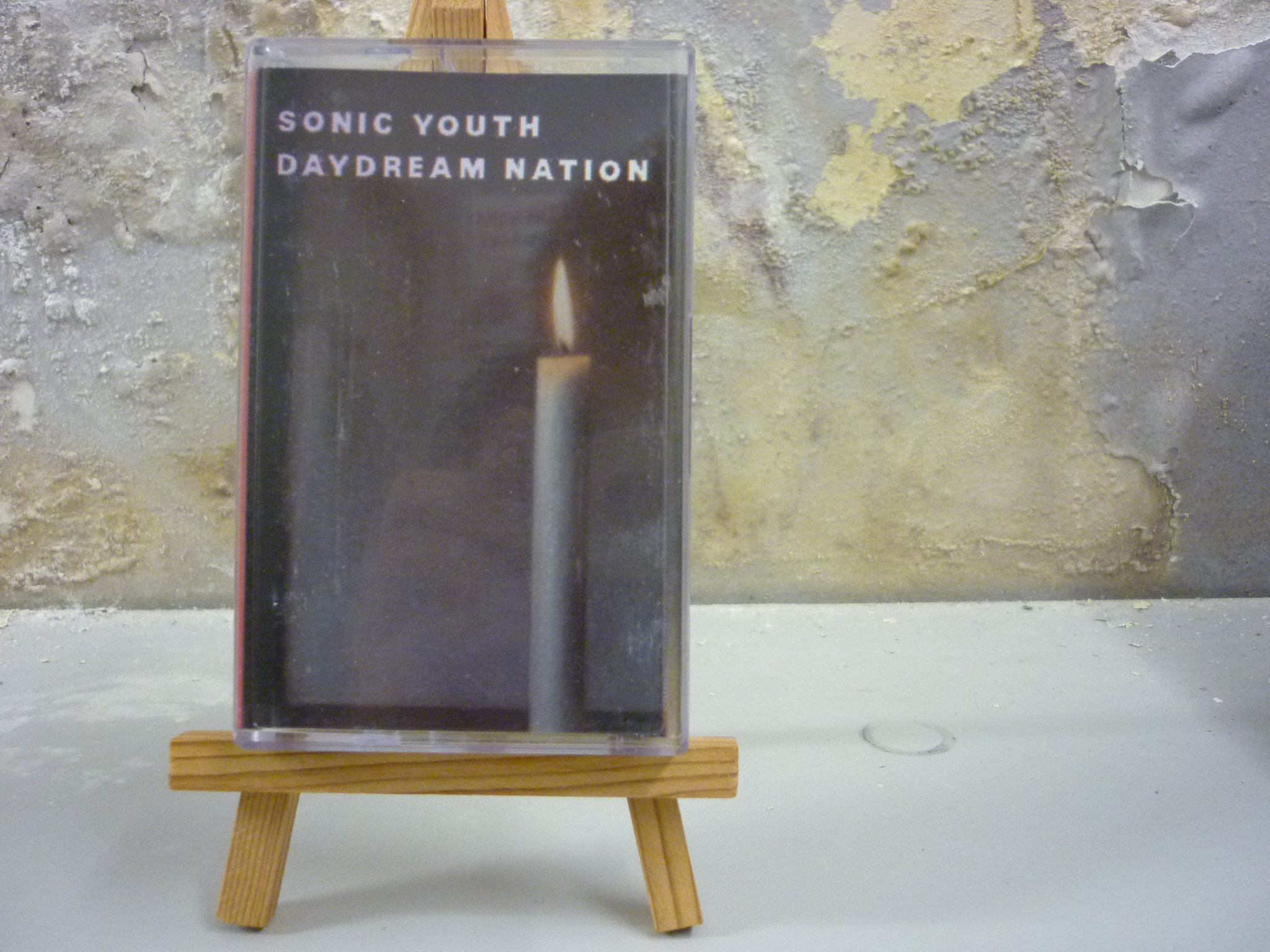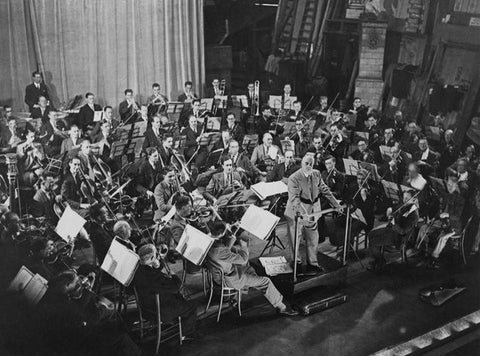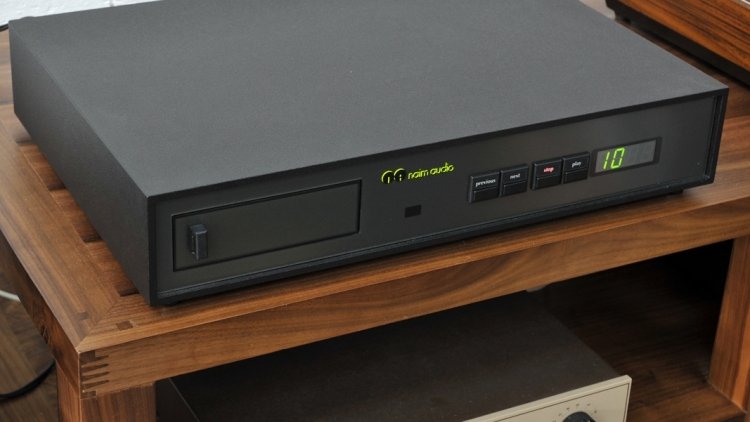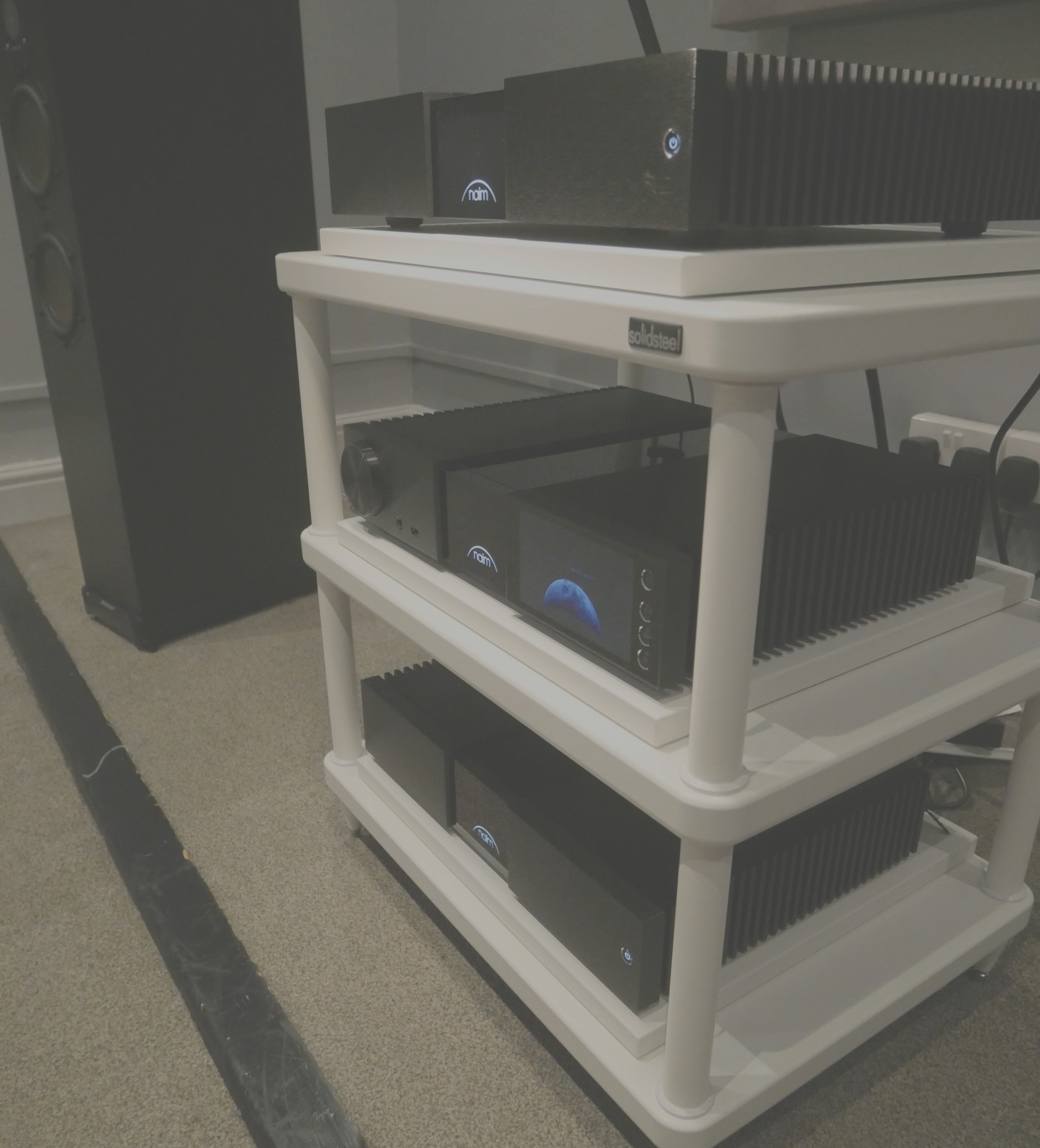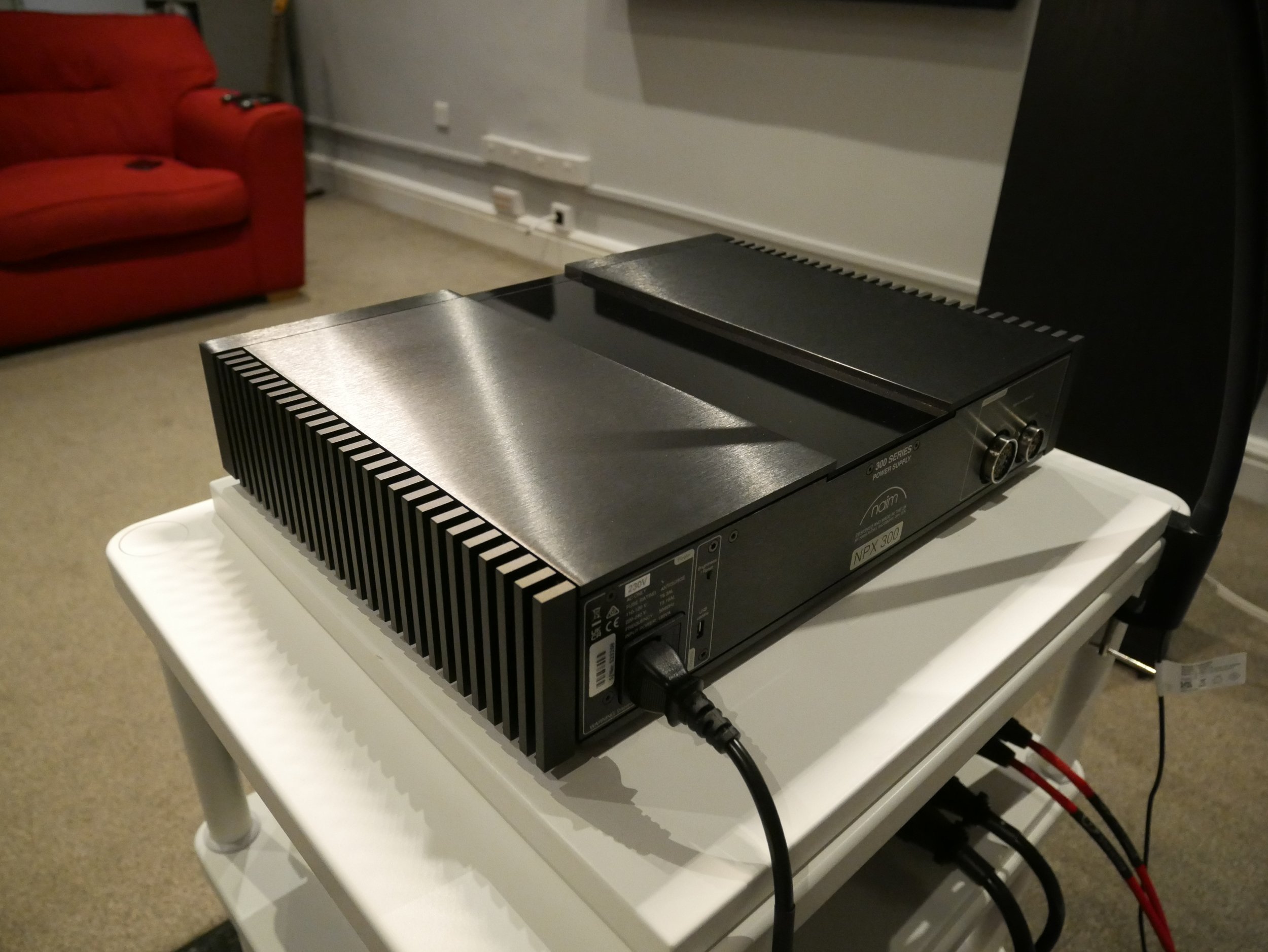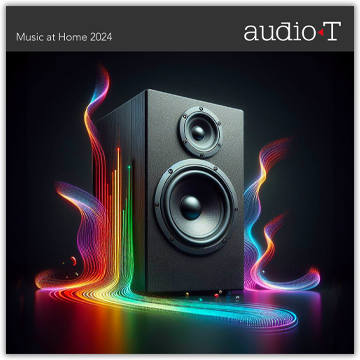Chord strikes the right notes with system upgrade options
/Cabling and other hi-fi ‘ancillaries’ like power distribution, isolation equipment and such like are viewed by some as snake oil – a case of marketing hype over real-world substance.
Those fortunate enough to have access to quality hi-fi products know different.
So when the chaps from Chord Company dropped by the Portsmouth store earlier this month with some goodies for us to listen to we piled eagerly into our demo room to try them out for ourselves…
No Noise Here
First up was the English Electric EE1 Network Noise Isolator (English Electric is a Chord Company brand). The EE1 is a palm-sized £250* box that is designed to block low frequency digital noise and reduce high frequency chatter.
We slotted it into our premium demo system comprising Naim NSS 333 streamer, NAC 332 preamp, two NAP 350 mono power amps and an NPX 300 power supply unit running into a pair of Dynaudio Confidence 50 floorstanding speakers. The EE1 sat between our English Electrics 8Switch and the NSS 333.
The EE1 improved clarity and definition. We’re certainly not talking night and day but for £250 it made a strong case for itself in terms of tidying up the sound.
It’s Burndy Time…
The next items for testing were Chord’s new Chord BurndyX power cables. At £2,765 for the pair these are significantly cheaper than the Chord BurndyT cables at £5,530.
We removed the EE1 and we listened first with the Naim-supplied Burndy’s. Could swapping a £2,765 pair of BurndyX power cables really make any meaningful difference to this £60,000 plus system?
Oh yes. It was immediately apparent that there was a lot more detail across all frequencies. Perhaps less expected was the obvious increase in the size of the soundstage, both in terms of width and height.
We were more than a little impressed that a pair of power cables could make such a difference. The Chord guys told us to think of the cables as another component. This takes a bit of effort, mainly because they aren’t a box filled with electronics. But when you think of the know-how that goes into these cables it begins to make sense.
Every BurndyX cable is hand built to order and uses multi-stranded silver-plated OFC conductors with high-density, silver-plated braid and foil combination HF shielding. The BurndyX uses cross link polyethylene (XLPE) insulation while the more expensive BurndyT use Taylon®. Both are terminated with their unique, crimped Choralloy™ plated connector pins.
As an immediate and significant upgrade to a medium-to-high-end Naim system it is hard to overlook the BurndyX.
PowerHAUS
Next up was the Chord Company PowerHAUS P6 Mains Distribution block fitted with the Chord Clearway power cables. We switched to a second system comprising a Naim Supernait 3 and CD5si, still running through the Dynaudio Confidence 50, if only because they weigh 50kg apiece and moving them takes a bit of time.
This entry level unit from Chord is still a pretty substantial block that majors on the quality of its internal wiring and the attention paid to its earthing utilising the company’s ARAY technology.
The sound grew with the £600 PowerHAUS P6 (the optional Clearway power cables are £130 per metre) wired in, delivering improvements in bass response and sound stage. The sense was that there was just more clean power on tap with the P6 which helped the Naim amp and CD player dig deeper.
In our opinion, all three items made a good case for themselves with the BurndyX delivering the most noticeable sonic improvement. To our ears at least, and in our systems, the performance of all three products more than justified their respective price tags.
It just goes to show, not everything is all marketing hype. There is a lot of substance to these products, so why not try them for yourself? Please give us a call and book a demonstration…
Thanks for reading.
Alan, Luke and Stephen - Audio T Portsmouth
If you’ve enjoyed this, why not go ahead and read some more of our other blogs, and be sure to follow us on our social media channels below…
Chord Company can be found at the following Audio T stores
*All prices, credit terms and interest rates quoted are correct at the time of going to press but may be subject to change. E&OE










